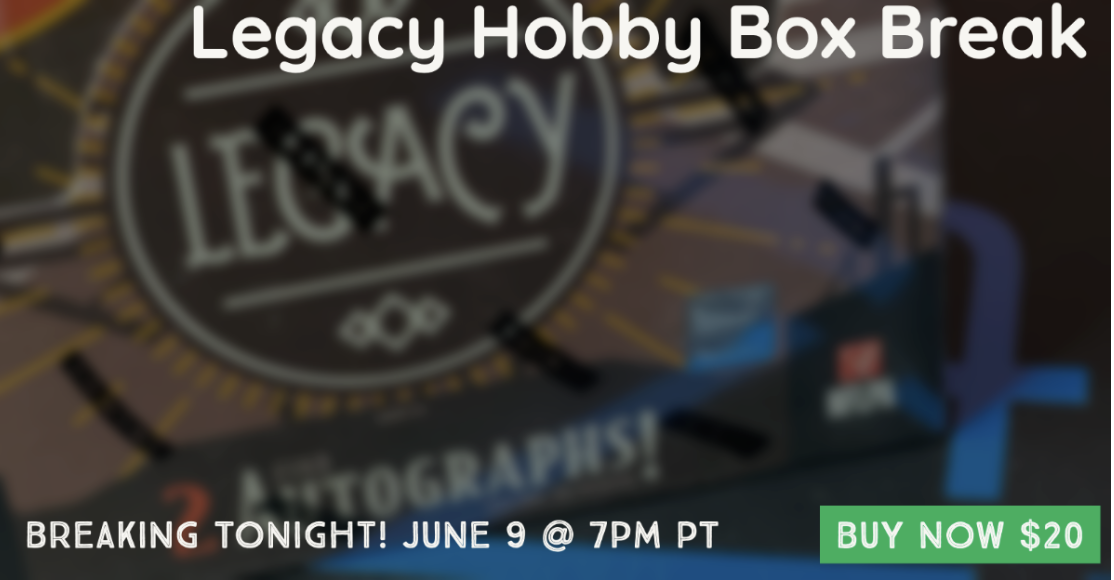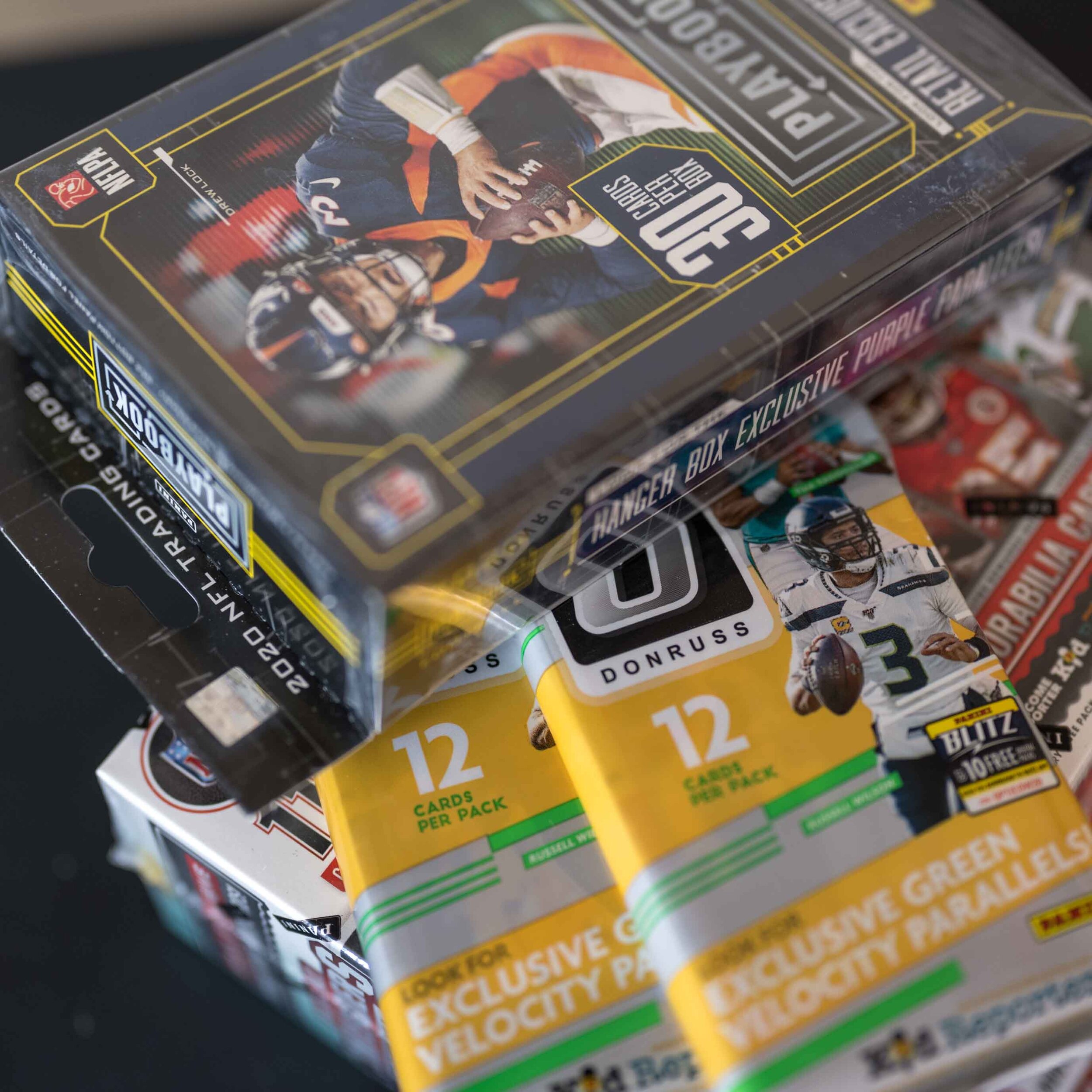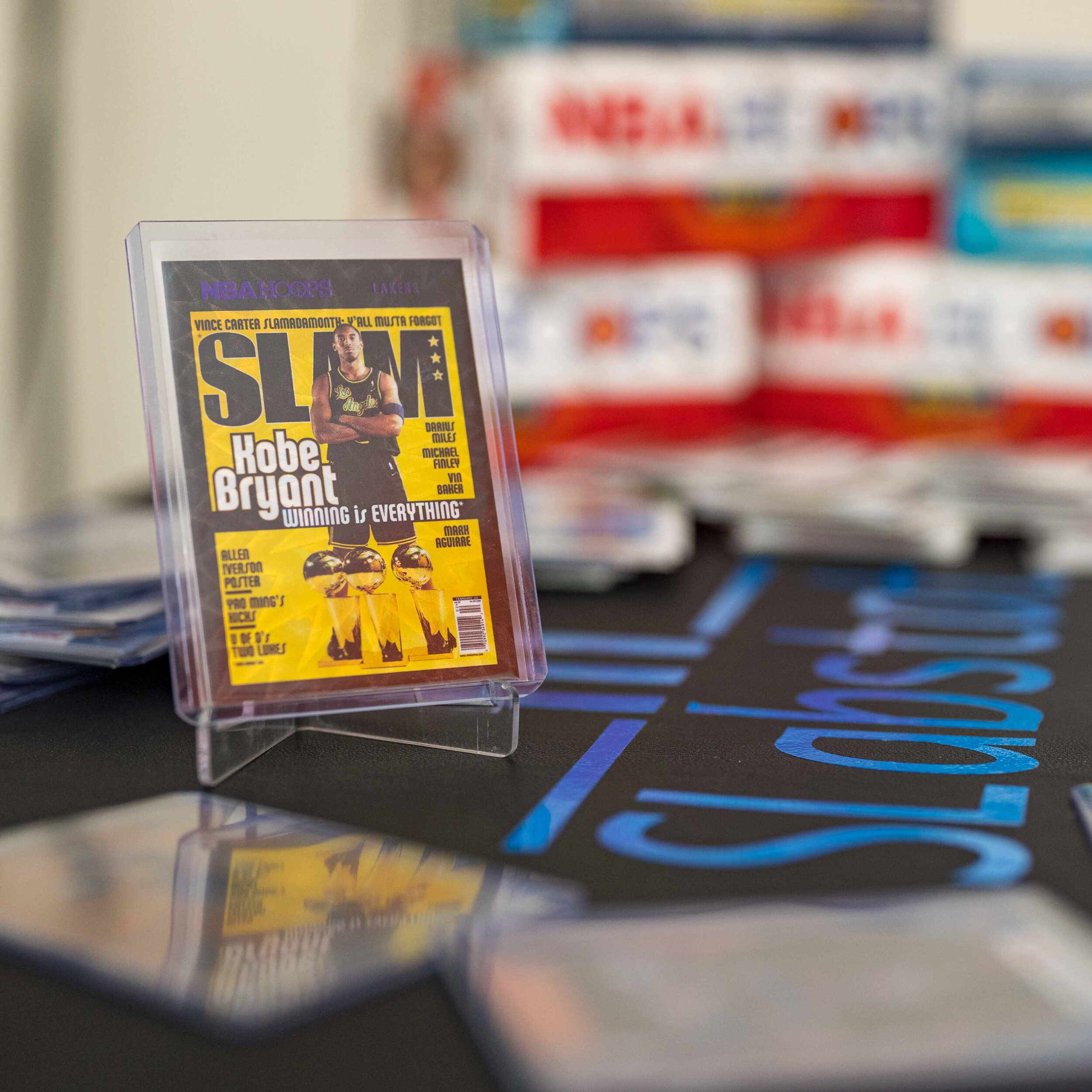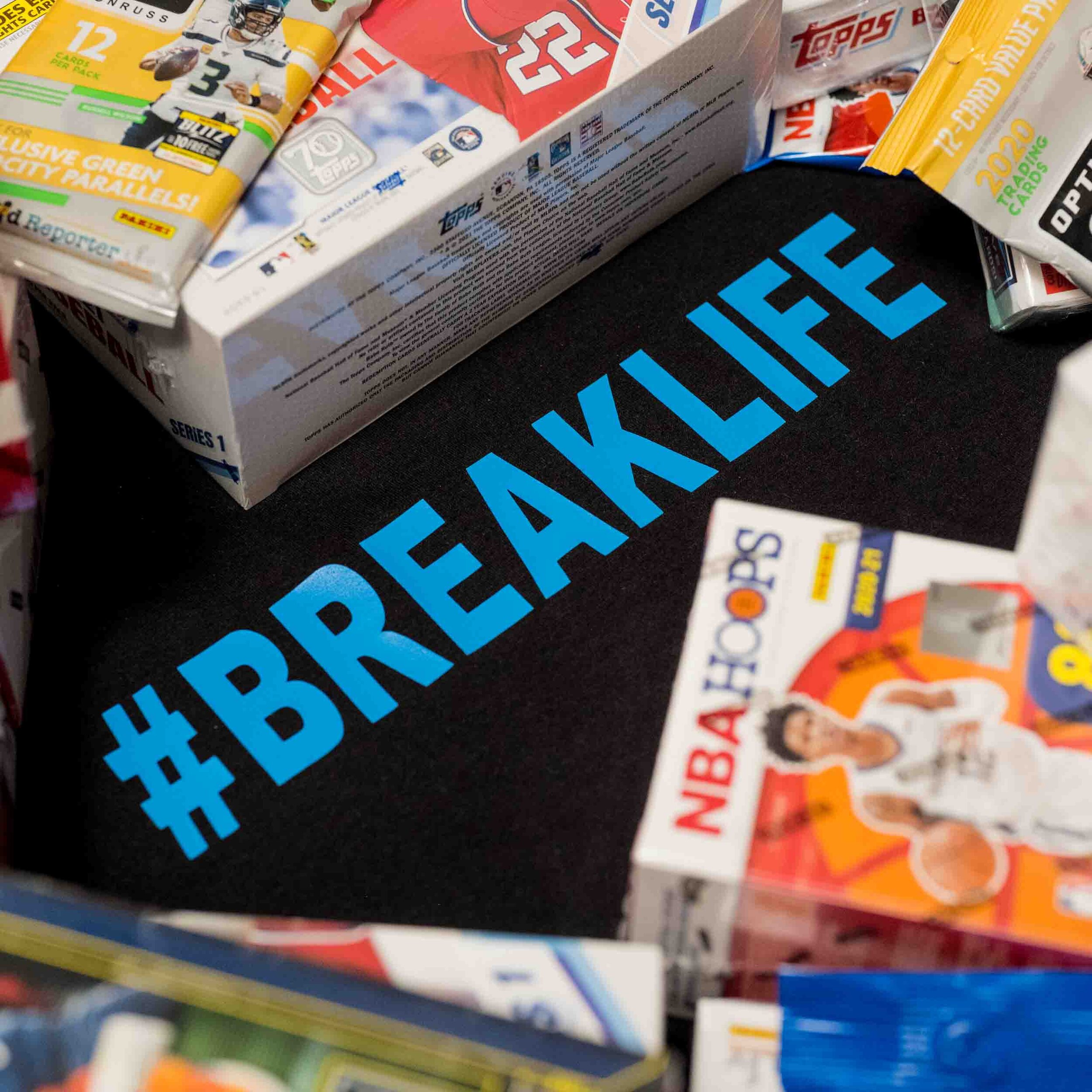SLabstat at the 2021 National Sports Collectors Convention in Chicago
SLabstat is going to The National 2021 in Chicago.
SLabstat is LIVE in the San Francisco Bay Area
So many new features and a live appearance by SLabstat in the San Francisco Bay Area
SLabstat Nation!
Summer is in full swing and like many of you, we're hitting the road! Join SLabstat this weekend along with other breakers at the Bay Area Sports Cards & Memorabilia Expo:
June 26-27
Old Forever 21
Solano Town Center
1350 Travis Blvd
Fairfield, CA 94533
We'll be breaking live all day long on the SLabstat app -- WATCH HERE, and we want you to be apart of it. We have 4 sneak preview breaks and we want to give you a special early bird price for the next 48 hours (expires Saturday morning, June 26)
2 x NFL Panini Legacy 2021 Hobby Box Break -- Starting at $24 w/ discount
NFL Panini Select 2020 Mega Box Break -- Starting at $10 w/ discount
SOCCER! PRIZM! -- Starting at $12 w/ discount
2021 Bowman Baseball -- Starting at $8 w/ discount
NFL 6 Box Mixer by @RunningTheBreaks
Use this promo code at checkout to take 20% off your entire order!
TAKE20
Hit me up anytime!
Allan
All things cards @ SLabstat
Are we in a Trading Card bubble?
Are we in a Trading Card Bubble? Prices are great, but how long will they keep on going up?
Jesse Haynes
Current Sports Card Industry Overview in 2021
It’s no secret that sports card prices soared last year during the pandemic. Almost ironically, live sports stopped just as prices for cards surged.
While there are many theories of why this happened, the more likely answer is the boom in cards was due to a combination of several elements: for one, influencers began sharing card investment wisdom. On top of that, sports gamblers were drawn to the hobby as a replacement for betting on live-action sports. And, of course, cards were a safe way to keep the spirit of sports alive while no balls were actually in play.
Thankfully, even after live sports resumed, cards have remained hot. While there aren’t as many all-time highs with standard base cards anymore, new card price records are being set pretty frequently.
Now, as we enter Summer 2021, it appears the market is cooling down some, but that leads us to a big question: what is the current state of the market, and where are we headed from here? Is the bubble going to burst—or perhaps—are we even in a bubble at all?
Similarities to the Last Trading Card Bubble
There has been another sports card bubble before—about thirty years ago.
Now, looking back on the first bubble, the general terminology used to refer to the time period is “The Junk Wax Era” (at least, the sports card portion of that time period.) This period stretched from roughly 1987-1995.
So what caused the Junk Wax era? We’d argue there were five factors:
Speculation: the masses began to treat sports cards like stocks—investments instead of hobby pieces.
Hype: Media covered the hobby, including the emergence of the Beckett Price Guide.
Overproduction: Topps, Upper Deck, Fleer and others tried to take advantage of the hot market (as a good company should), printing as many cards as people could buy
Hoarding: Shoppers scooped up as much as they could, keeping sealed sets and hot cards locked away.
Lack of Iconic Rookies and Players: While there were some talented players in this era, there’s also a reason why the Junk Wax Era is bookended with Jordan and Kobe rookie cards.
Wait a minute. Does all that feel too… familiar?
If so, there’s a good reason for that. Unfortunately, many of the causes seem to overlap what’s going on right now (and the last remains to be seen).
That said, there is plenty of reason to believe we are NOT in a bubble.
Why sports cards aren’t in a bubble
The industry learned from the Junk Wax Era. Lots of people lost lots of money, and sometimes that’s the ultimate teacher.
There are now a few safeguards in place to ensure that the Junk Wax Era isn’t repeated with the 2020 and 2021 cards.
For one, during the Junk Wax Era, all the cards were base cards and inserts. Nothing was special about any of them—no distinguishing traits. If you had a 1992 Shaq Topps Rookie, that’s great! The problem: another 5 million people did, too.
Now, thankfully, we have autograph cards and parallels. If you have a numbered card (or a signed one), simply having the print run on the card shows that there is a very limited supply in circulation. There might be a million Zion Prizm rookies out there, but only 199 of them are a certain short print. The same can be said of autographs, and to truly preserve the value of your collection, you should consider investing in one of these two types of cards.
Additionally, the other way to cull the heard of common base cards is grading. Again, there might be a million Zion Prizm rookies, but thanks to PSA and BGS, you can figure out exactly how many of them are graded a 10. Investing in graded cards helps preserve long-term value, too, and as soon as PSA opens up again, it’s safe to assume card prices will once again rally—especially sealed products, with hopes to open and submit for grading.
Finally, technology has enabled us to do something that couldn’t happen during the Junk Wax Era: sports card breaks. Not only does breaking make attaining monster cards a possibility for average collectors not looking to spend a fortune, but it’s also created a communal aspect to the hobby, which is likely to bring in and retain new collectors for many years. At SLabStat, we intent to perfect breaking and democratize the opportunity for everybody.
Price compare Wax Boxes, cases and blasters with WaxStat.com
Navigating Sports Card Collecting in 2021
Because of the demand for cards, it’s increasingly tougher to find them in the wild. Target halted the sale of Pokemon and sports cards, and Pokemon is officially back-in-store, but no word on sports cards, yet.
If you’re wanting to buy a sealed product, you’re most likely going to have to buy resold products online or pick up something from your favorite local hobby shop or buy into a break.
Or, as recommended, you can also decide which players you’re bullish on and invest in short-printed cards that will be much more likely to hold value over time: parallels, autos, and graded.
No matter what you do, remember that the market is currently volatile. You might make a fortune, but you could also lose everything, so please proceed with caution and due diligence.
SLabStat’s final determination: Are we in a sports card bubble?
SLabStat is confident we are not in a sports card bubble that is prone to burst. Instead, both the floor and ceiling of sports card value have been elevated by new collectors and new money flowing into the industry, and safeguards being put in place to prevent total collapse.
Again, we believe there are better ways to invest in cards than others as outlined in this piece, but we have full confidence in the market maintaining value, interest, and excitement moving forward for many years to come.
Collector Culture: Grading Cards
How and why should you grade your cards with PSA, BGS or SGC?
Jesse Haynes
You’ve bought into a break of your favorite product and landed some nice cards.
Now, to get top value for your haul, you’ve got to make important decisions: should you sell now, hold, or submit them for grading?
In this post, we’ll look at grading cards: the value it creates, the associated cost, the different options, and more.
What does it mean to have cards graded?
If you’re using sports card breaks as an introduction to card collecting, grading might be a new concept to you.
Fear not, it’s just as simple as it sounds: you send your card to a reputable company, who grades it on a 1-10 scale and puts it in a protective slab. While the exact qualifications differ among companies, the cards are graded on surface, corners, edges, centering, and overall look, in some order.
There are three major grading companies: Professional Sports Authenticator (PSA), Beckett Grading Service (BGS) and SGC Grading.
There are a handful of grading startups as well, given the demand and backlogged waitlist from the major players in the industry.
Also, note that while PSA is the most preferred grading company among collectors, they are also taking a hiatus from almost all submissions because of an extensive backlog.
The value of grading your cards
Getting cards graded can significantly boost their value if they score well.
Consider this: a Zion Williamson 2019 base Prizm rookie sells for about $120. A PSA 10 version of the same card sells for about $500—that’s over a 4x increase.
With cards that are a few years older, the difference between raw and graded is even greater. The Nikola Jokic Donruss base rookie from 2015 sells for about $90 raw and right at $1,000 as a PSA 10—over a 10x increase.
Going further back—into the 90s and beyond—the difference is even greater.
So with that in mind, it’s apparent that grading can significantly boost the value of your cards… but at what cost?
The costs of grading your cards
Grading your cards is expensive. It keeps getting more expensive, too.
While PSA is no longer accepting any card grading (cheaper than $300/card), before their grading hiatus the cheapest cards graded for $20/card, and that was if you had paid $100/year for the annual “Collectors Club” membership.
Beckett’s prices are equally expensive. There’s no annual membership with BGS, but economy-level grading will cost $35/card and take 10+ months to return your card. Bumping it up to standard grading level will cost you $50/card, but get your card returned in only 7+ months (if you read that will a little sarcasm, good.)
SGC is the cheapest of the three, and they can return cards in 20-25 days for $30/card. More of their prices can be found here.
So… should you grade your cards?
In short, it depends.
You definitely shouldn’t grade every card. The potential return on investment is only worthwhile for some rookies, inserts, or parallels.
It boils down to this: you must decide if the upfront costs are worth the potential payoff for a good grade. To determine the exact value of your different possibilities, do a “sold item” listing on eBay for different grades.
And, of course, use your eyeballs and common sense. If you can see a bend, crease, damaged edge or significant surface scratch on the card, then no, you probably don’t want to grade it. Since grading is 100% based on condition, it further emphasizes the value of storing cards safely. Here’s a post we wrote about protecting cards to help you.
That said, if you determine the potential payoff can be worth the costs of grading, you should give it a try—at least once. In addition to boosted value, graded cards are protected long-term, have great eye appeal, and make an awesome addition to any collection.
Breaker Culture: Sizing Top Loaders Correctly
Jesse Haynes
Have you ever shopped for a pair of jeans? Sure, it might sound like a simple task, but if you get in the thick of things, it’s a lot.
What style do you want? Choose between boot cut, athletic cut, straight cut, skinny fit, skinny-athletic-boot cut, and more. You get the picture.
As a sports card breaker, using your top loaders is the same way: it sounds like it should be easy, but it turns out, there’s a lot of different top loaders. It’s not a one-size-fits-all process.
In today’s post, we’ll talk about the pros and cons of using top loaders correctly, plus info about the different thicknesses and how to effectively use them.
Reasons to Use a Top Loader Correctly
You’re a sports card breaker armed with the best software, a great spirit, and lots of enthusiastic buyers excited to watch you break.
But you also know that getting through the break is only half the battle. While your customers expect a good breaking experience, they also expect to receive the cards in pristine condition. After all, the cards are the product for which they paid.
One of the leading causes of card damage is ineffective top loader use. Some breakers try to skip out on buying various sizes of top loaders to keep the costs down, but that is a risky move for your cards and your business.
You should always use a top loader correctly to ensure that it holds cards in place, keeps the corners safe, and doesn’t damage the surface of the card.
But what is “correctly?”
Put the card in a penny sleeve and then gently slide it into the appropriate-sized top loader. If you’re shipping the card, put that in a team bag—or at least put a piece of painter’s tape across the top of the top loader. You don’t want it to slip out and bend while in transit!
What could go wrong with top loaders?
If you don’t use a top loader correctly, a lot can go wrong.
If the top loader is too big for the card, the card might slight out and get damaged during shipping. Or, alternatively, it might jostle around inside the top loader and damage the edges and corners.
On the other hand, if you try to cram a card into a top loader that is too small for the card, you’re going to risk getting it bent, scratched, or damaging the corners. Even if you accomplish the tight squeeze, your buyer might damage it while getting it out. Can you guess who’s fault that would be?
To avoid any risks of unhappy buyers, just take the extra steps to get appropriately -sized top loaders. It isn’t hard—just a little extra time and money.
What are the sizes of top loaders?
BCW Supplies is the industry leader when it comes to top-loader manufacturing and other card supplies. They make eight standard size top loaders.
And when talking about top loaders, note that they are measures in “points.” Each point is 1/1000 of an inch (or 25.4 mm).
With that in mind, the sizes—from narrow to thick—are 20, 59, 79, 108, 138, 197, 240, and 360-point.
When it comes to the sizes, there aren’t any concrete absolutes: no “all base cards are size X” and “all jersey cards are size y.”
That said, you can expect most base cards to fit in a 59-point top loader. In fact, when you think of sports cards, you’re probably thinking of that size.
That said, some high-end products make thicker base cards. They’re not as thick as memorabilia cards, but thicker than the average base. Those will go in a 79-point top loader.
A standard jersey card, typically, will go into a 108-point top loader for a great fit, and a “prime” jersey card or patch card will usually be a 138 point top loader.
Super thick cards—perhaps National Treasures or the like—might fight in either a 197 or 250. It depends on the card and the type of memorabilia.
As for the 360 point, that can come into use when you card an extra thick memorabilia piece (like a cleat card, for instance) or if you want to carry around your favorite unabridged copy of Moby Dick.
Just remember, if you’re in any doubt when it comes to selecting the size of your top loaders, it is always better to pick one that fits a bit too loose than too tight. If you have a loose fit, just be sure to tape the top loader closed.
The best news: There’s a tool for this!
Did you read the top loader size guide and think, “Wow, that’s a lot?”
If so, you’re 100% correct. It is a lot, and it can be a bit overwhelming.
Thankfully, the odds are you probably will be able to get by with only 59, 79, and 108-point top loaders in your early days of breaking unless you’re really chasing some big hits and high-end products. If anything, it could be smart to have some 138-points on hand—it’s something you’d rather have and not need than need and not have.
But here’s the best news, yet. There’s a very useful tool made by BCW that you can print on standard-sized paper. It will show you exactly how thick your card is, and you can download it right here.
This will make your process of card sizing a lot more convenient and take you one step closer to being an expert breaker.
Breaker Culture: Branding Your Breaks
Jesse Haynes
The best sports card breakers have something in common with YouTube celebrities or podcast stars: they thrive on a brand they've built.
Take video game streamers, for example. While they have impressive skills with a joystick, 99% of their audience doesn’t watch them to only see them play the game itself, but rather to see the entire spectacle. These streamers put on a show and make the viewing experience fun.
If you’re ready to break out as a breaker, you need to develop a brand for yourself too. Let’s look at some strategies for branding your breaks.
5 Great Ways to Brand Your Breaks
Creating a unique logo
First and foremost, your customers are there for the cards. And while you hope to pull great cards for everybody who buys in, you cannot control that.
What you can control, however, is providing a memorable experience, and a great logo is one of the best ways to start.
As discussed in our post about earning buyer trust, a custom logo can work wonders for your brand. Logos are powerful associative tools that signify professionalism, and when customers see your logo, they’ll also quickly see that you care a lot about what you do.
If you have the skills, make your own logo! If not, you can hire a talented graphic designer for as low as $5 on Fiverr.com. Once you have a logo you like, use it in your production: a backdrop, tabletop cover, or anything else that will stand out on your breaking set.
Intro video
In addition to physical logo usage, creating an eye-catching intro video that can be played at the beginning of your breaks (or YouTube uploads later) is another way to show customers that you’re a professional and invested in what you do.
This doesn’t have to be nearly as expensive as some people believe – in fact, you can get these videos created on Fiverr as well – but the small investment in a high-quality intro video will yield a great ROI for you and your breaking career.
Giveaways
According to Maslow’s Hierarchy of Human Needs, we all food, rest, shelter, health, and free stuff.
Okay, that might not be exactly how it goes, but there’s no debate that everybody likes free giveaways.
Now, as a breaker starting up, you might not want to sink a lot of expenses into a giveaway, and we can’t blame you. But if randomize a free pack, card, rookie, or something else desirable at the end of each break, that gives the audience something to look forward to and something to remember you buy.
Don’t go too cheap (pro-tip: nobody wants a 2008 RC of a late-round pick as their prize), but find something fun to give away without shelling out major cash.
Another idea a few streams are embracing is trivia. Ask a question to your viewers, and the first one to correctly respond in the chat feed wins the prize. This is much more fun and engaging than a random giveaway.
Solid production
A solid breaking setup can go a long ways toward your breaking. Modern smartphones shoot high-res video that should be more than sufficient for running great breaks, but investing in a camera or two is never a bad idea. Also, if you’re using your phone, mute your notifications so they don’t buzz throughout your video.
As part of your solid production, remember to be professional, as we’ve discussed before. While your customers are primarily concerned with the cards, they will enjoy the experience significantly more if you film in a professional, well-lit environment and look the part of a professional breaker.
Additionally, consider investing in a USB mic for crisp audio. The Blue Snowball is a classic that delivers great audio performance on a budget.
And if you order from Blue, tell them SlabStat sent you! What will that do for you? Absolutely nothing, honestly. But Slabstat is always trying to make new friends.
Make it fun!
Your personality is just as much a part of your brand as any logo or backdrop you could ever create. As a breaker, you’re something of a performer. You need to be fun, bright and enthusiastic without overstepping and coming off as too much.
We discussed great methods for making your breaks fun in our story about strengthening customer relationships, and those also apply to building a fun brand for yourself.
To do this, strategies include making sure to pronounce names correctly, being excited for your customers who pull a big card, engaging clients on social media, and offering a positive, kid-friendly environment where season collectors can introduce the next wave of collectors – their children.
Every breaker has his/her own personal flavor, so figure out what works best for you and stick to it.
Concluding thoughts on branding your breaks
If you actively search for new customers, you could break every day for a month and have nothing but new clients. The industry is truly that big right now.
But searching for new clients can be a lot of work, and breaking will be a better experience if you can provide a sticky solution. In other words, your goal is to become the last breaker your customers ever want to buy from because of the premium service and experience you offer.
Will that happen? Probably not. If nothing else, you might be opening a different product from other breakers. But if you get to the point that you’ve established trust and a strong brand with your customers, they will keep coming back for more. And, better yet, often they’ll be willing to pay a bit more just for the pleasure of breaking with their favorite breaker.
The bottom line is this: brands are valuable and too many breakers don’t realize this. If you take these steps to develop your personal breaking brand, you’ll stand out among the competitors and customers will flock to you.
Breaker Culture: How to Pace Your Break
Jesse Haynes
If you’ve bought into enough breaks, you’ve seen both good and bad examples of pacing.
There are always breakers who move at the speed of light, and there are breakers that move so slowly that any rookie they pull for you might be retired before your cards arrive.
A good breaker should be somewhere in between.
With today’s post, we’ll look at the four best strategies for pacing your break.
Know your breaking product
The most influential determinant of how you should pace your break is the product you’re breaking. Consider the brand, the quantity, and the value of specific cards. Here’s a look at each detail:
Brand: There’s a major difference between low-end and high-end brands, down to the number of cards per box. Consider 2019-20 basketball hobby versions Donruss (300 cards) and Panini One and One (2 cards). If you’re breaking a base-heavy product, only a handful of the cards warrant extended screentime – high-value rookies and inserts, mainly. On the other hand, when you’re breaking a high-end product with only a few cards in a box, every card should get adequate screentime.
Quantity: How many boxes you’re breaking makes a big difference, too. If you’re breaking a half-case of Hoops hobby basketball cards, you’d spend 6 hours on the break if you took the time to read out all the players’ names. In situations where you’re dealing with lots of cards and packs, it’s okay to quickly flip through the veterans and low-value inserts while “hunting” for the good cards to call out. Of course, keep all the cards on the screen as you do this to show your honestly, but your viewers will appreciate you moving at a good pace.
Value: Every product has its big-money cards. Often, those come in the form of SPs like Panini’s Kaboom or Downtown cards. Other times, it’s rare variations. Before ever breaking your product, do your homework to decide what you’re hoping to pull for your customers so you can share their excitement when you hit the big card.
Be friendly, but not overbearing
Customers often connect to a breaker because of the breaker’s personality. If you always speak dull and monotone, never get excited, and can’t crack a smile, breaking is probably not for you.
But, in the same way, there’s a fine line between being friendly and excessive.
Your customers want to enjoy the experience of breaking with you in a fun, supportive atmosphere. They do not, however, want to hear all your life stories or the “y’know, every time I see this guy’s card, I think of _______” stories (If you’ve seen enough breaks, you know exactly what we mean).
As a breaker, think of yourself kind of like the opening act of a concert: you have viewers that hope you’re good at what you do, but at the end of the day, their main focus is the main event – the cards.
If you make the break more about yourself than the cards, chances are, it will be the last break with those customers.
Be Respectful of Your Customer’s Time
Odds are, when your client bought their spot on the break, they knew exactly what time the break was supposed to begin because you’d posted it.
With that in mind, you should always be ready to go when the clock strikes that magic number. Have your supplies prepared, your technology double-checked, and the product ready to rip. Having to say, “Sorry, let me go get _________” to your customers can quickly annoy them.
Of course, we’re all human and accidents happen, but you still need to do everything in your power to not take up too much of their time.
Answer all questions at the end of the break
Most breaks have questions coming through the comments. Things like “sorry I’m late. Any Patriots yet?” Or, the classic, “Hey, can you back up to that card so I can take a picture?”
While you always are trying to please the customer, it’s usually better to help them with their question at the end of the break.
For example, a great answer would be, “We’ve pulled a few Patriots cards. Be sure to stick around for a recap at the end.” Or, “I’ll be sure to show that card during the recap, so be sure to have your camera ready.”
By delaying these things to the recap, you’re ensuring that all your customers who arrived on time and paid attention to the break can leave as soon as they’re finished if they want to. As the previous point states, it’s always crucial to be respectful of your customer’s time.
Now it’s your turn: Practice Pacing Your Breaks
Whether you’re new to breaking or just looking to sharpen your skills, keeping the pace in mind is incredibly important to keeping happy customers.
But, just like the players on the cards, getting good at what you do takes practice. Every breaker works a little bit differently, so to truly master pacing you’ll need practice and experience. That practice, combined with these four tips, will help you become one of the best breakers on the market!
Breaker Culture: Building Brand Strength and Customer Relationships
Jesse Haynes
In the next segment of our Breaker Culture series, we focus on building your brand and establishing customer relationships that go beyond a break.
We were very fortunate to have Andrew Williams of The Iron Lion spend some time with us and give us insight into his brand and the “family” that he has built. Williams along with his business partner, Shelby Bridges, established The Iron Lion in 2017 as a collectibles store in Colorado Springs, Colorado and also breaks cases of cards almost every night.
Here are 5 ways to build brand strength and build customer relationships on any budget.
Names Matter in Live Breaking
There’s power in a name, and chances are, you’ve had your name misspelled or misheard more than once in your life.
For breakers, the groundwork of a solid customer relationship can start with something as simple as nailing the way you say your customer's name.
According to Williams, “Making sure to try and go out of your way to pronounce people’s names sounds trivial but can make a big difference when creating a relationship with a customer.”
It doesn’t take much effort, but the payoff can be massive: taking the extra time to make sure you’re always pronouncing your customer’s name correctly is not only a sign of respect, but it’s a point of connection that will not be overlooked.
In other words, you’re showing you care.
Stay up-to-date with the card market
The sports card market continues to swell, and with it, the prices of formerly passed-over inserts are now climbing sky-high.
Williams emphasizes the importance of following the market and knowing what cards have the potential to bring in big paydays for clients – and then protecting them at all cost.
“Sleeving everything that has potential monetarily is important,” he said, “Ten years ago, insert cards didn’t go for much at all, but now a lot more have started to bring money, so adjusting to what is selling for decent money and protecting it is paramount.”
Under-protecting cards – especially cards of value – is a quick way to lose customers, but putting effort into identifying and properly handling the valuable cards can go a long way toward repeat customers and word-of-mouth referrals.
Keep it fun!
While sports card breaking is different than rolling dice in Vegas, there’s still inevitably going to be some winners and losers every break.
That said, having a fun, inviting atmosphere not only softens the blow on the nights when buyers strike out… it also implants positive memories your customer won’t forget the next time he or she is shopping for another break.
Basically, it makes the break about more than the luck of the draw – it makes the break about the experience.
According to Williams, “Keeping a positive and fun atmosphere is one of the most important things you can do as a breaker because the customer can break with anyone, so you have to set yourself apart in as many ways as possible and their experience is everything.”
Williams, perhaps better than any other breaker, practices this.
If you’ve ever bought into or watched one of the Iron Lion breaks, Williams’s enthusiasm, energy, and humor are consistent and undeniable from start to finish.
As a breaker, don’t be timid. Have fun and let your personality shine!
Facebook community in card breaks
Very few breaks go by in which Williams doesn’t refer to the Iron Lion customers as “family,” and with great reason: he truly makes everyone feel like family.
To do this, social media plays a big part.
Their Facebook group, in particular, has a communal aspect. While information about breaks is shared from the Iron Lion, members of the Iron Lion Facebook community are also allowed to post.
Almost every day, the feed will boast stories from card collectors around the world, happy customers taking a picture with their big hit, or PCers looking to acquire more for their collection.
As a breaker, the only expense you’ll pay for a successful Facebook group is the time you put into it, but when considering what it can do for your brand – and how it can unite your customers – the return on investment is amazing.
You hear the word “Prizm” and you immediately associate it with one of Panini’s best collections.
Brand Building with Card Collectors
Finally, Williams also does a great job of building the Iron Lion Brand through the break itself.
For one, as you can see from any of the videos, you can’t watch an Iron Lion break and wonder, “Wait, which company is this?”
In other words, the Iron Lion logo is used abundantly, purposefully, and gracefully in every break. Subtle placement of a professional, unmistakable logo can fortify a brand.
On top of this, each package that Iron Lion ships also contains an Iron Lion logo sticker. While that’s an extra expense that might not be feasible for your early days of breaking, it’s an incredible touch to help connect customers to your service.
Another great example of brand building by Iron Lion is the lingo Williams infuses into his breaks. He has a handful of sayings for celebrating big pulls (“That’s gonna be some cheese,” and “he real good,” as examples), and these sayings are often referenced in the Facebook group.
This means that at this point, they’re becoming “viral.”
In the same way, he often uses emojis to enhance the brand: the lion and the flame, in particular. This is playful, fun, and expands the brand.
And lastly, The Iron Lion takes pictures of all the big cards from every break – alongside a logo-adorned business card – and shares them on Facebook. This is a great way not only to show off the cards being pulled for customers, but also to share the brand as the images get shared on social media.
Ready for practice?
If you’re just getting into breaking, you probably don’t have the setup of The Iron Lion, but that doesn’t mean you can’t practice these low-cost tips that help connect with your customers and grow your brand.
It’s also worth noting that The Iron Lion has other great brand-building strategies, but for a much higher-budget: from high-dollar giveaways every month to making sure every person who buys a team spot gets cards -- but these come at a price. With that in mind, we wanted to focus on things that anybody can do on any budget.
Take these lessons to heart as you begin breaking, and go check out The Iron Lion to learn from one of the bests in the game, firsthand (and you might even get some massive cards, too!).
The SLabStat team would like to say a very special thanks to Andrew Williams and the Iron Lion for taking the time from their busy schedules to help share their experiences of breaking and the love of cards with collectors around the world.
My love for trading cards + my love for photography
Just wanted to share my small and growing portfolio of pictures as I continue my journey in card collecting and card investing. Some people call it card pictures. I call it wax porn or card porn.
To photograph my art, I use a Nikon Z7 and a Nikon 50mm f/1.8s. On occasion I’ll use a Nikon 24mm f/1.8s. I usually light the scene with a single Godox AD200 off-camera strobe. I crop and do some small adjustments with Adobe Lightroom Classic.
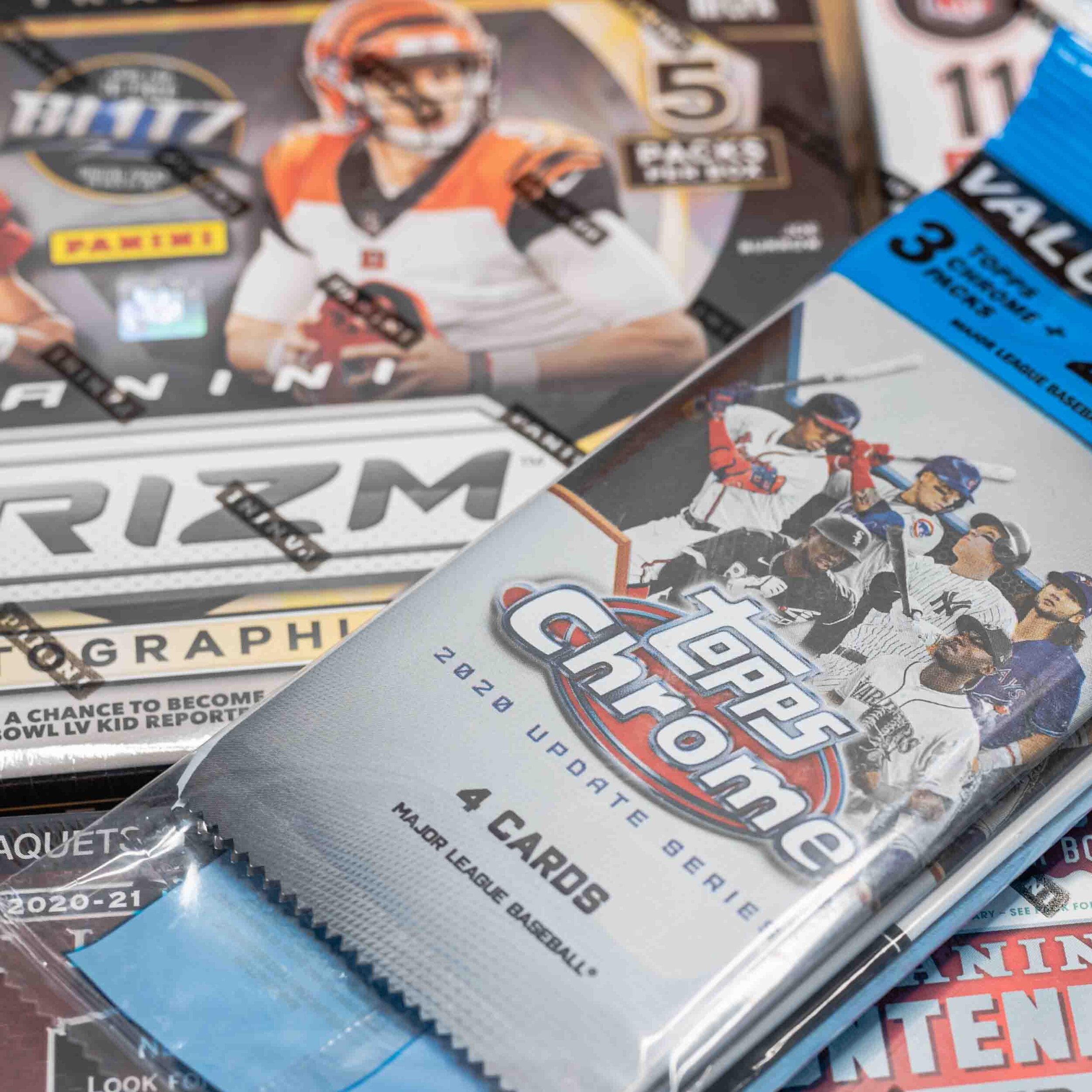
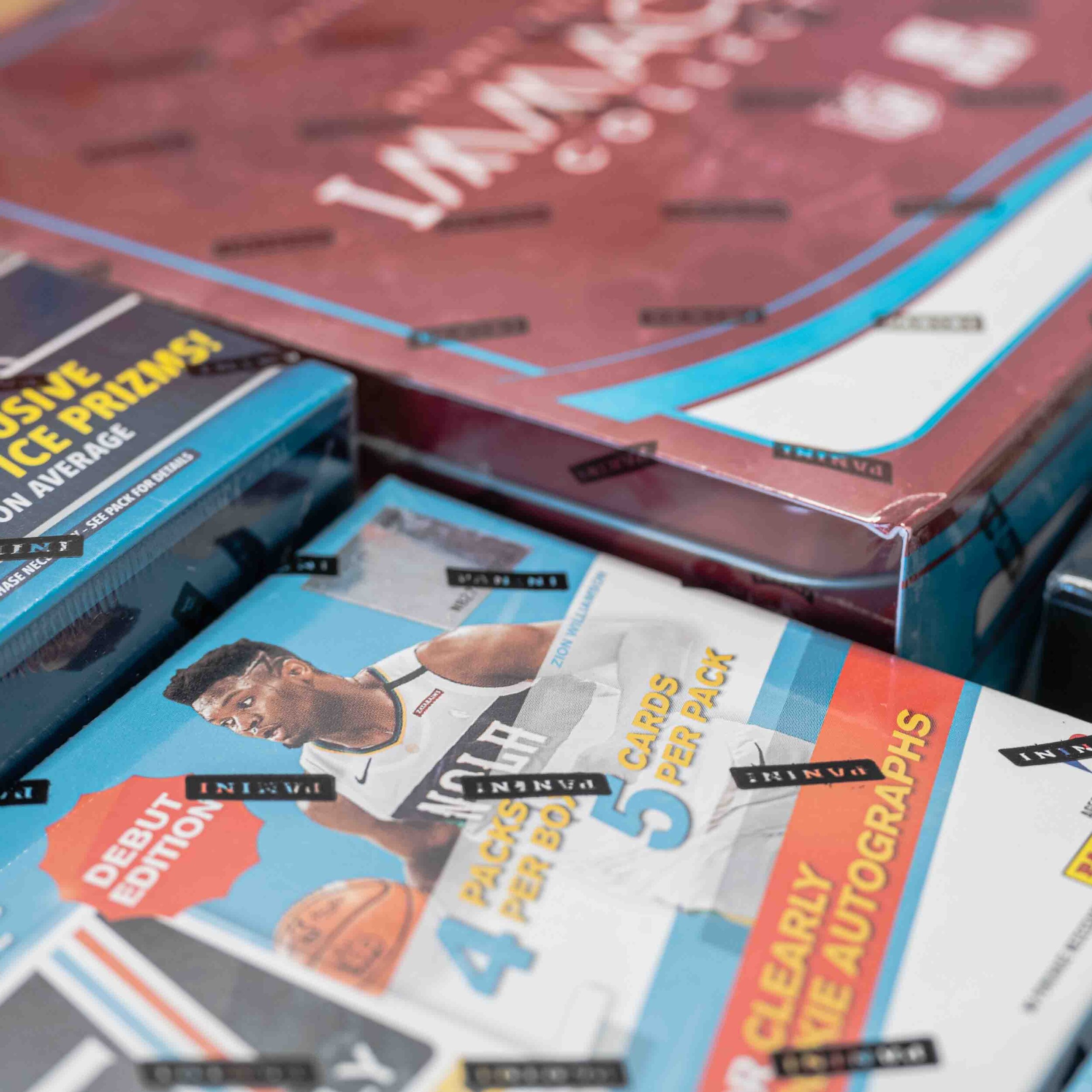
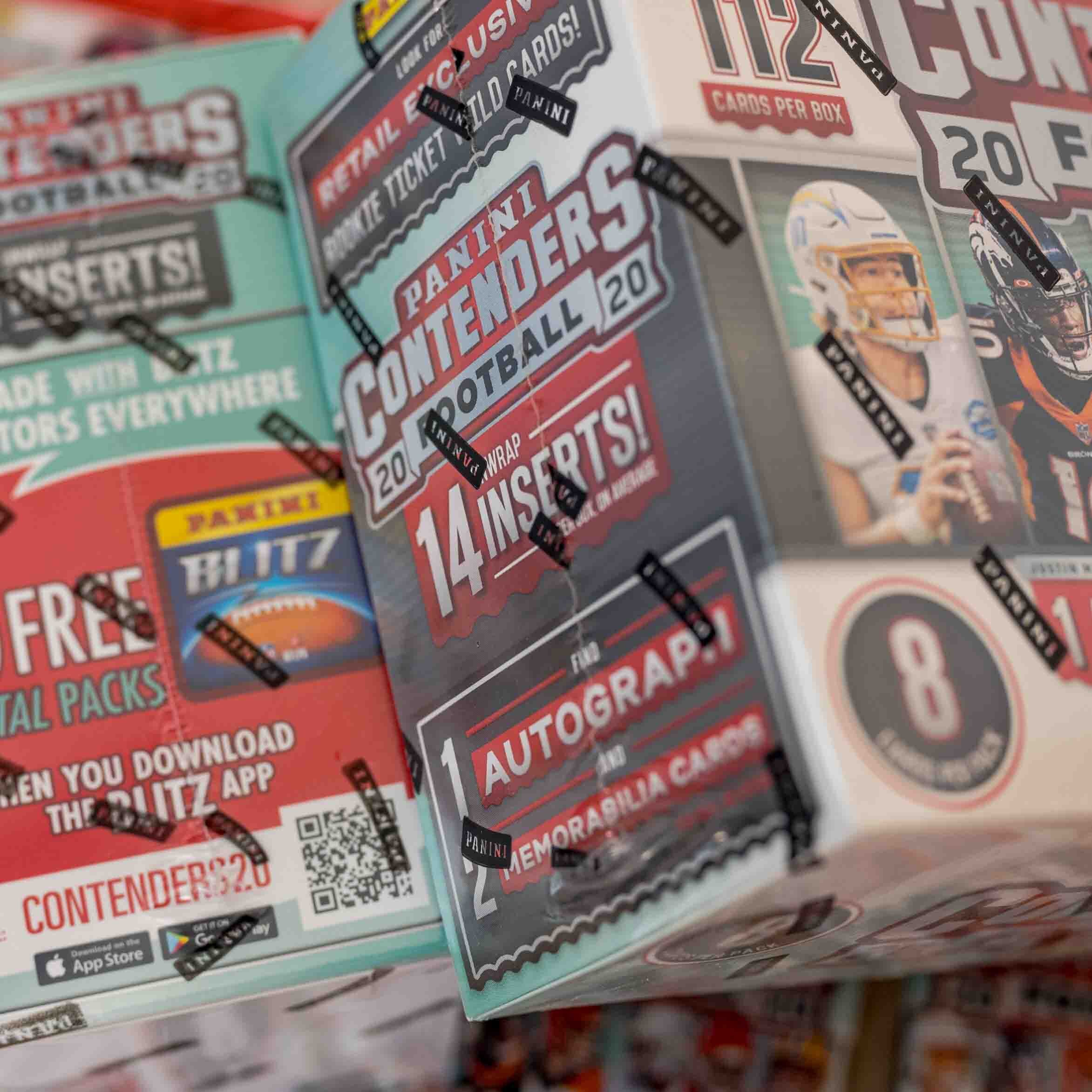
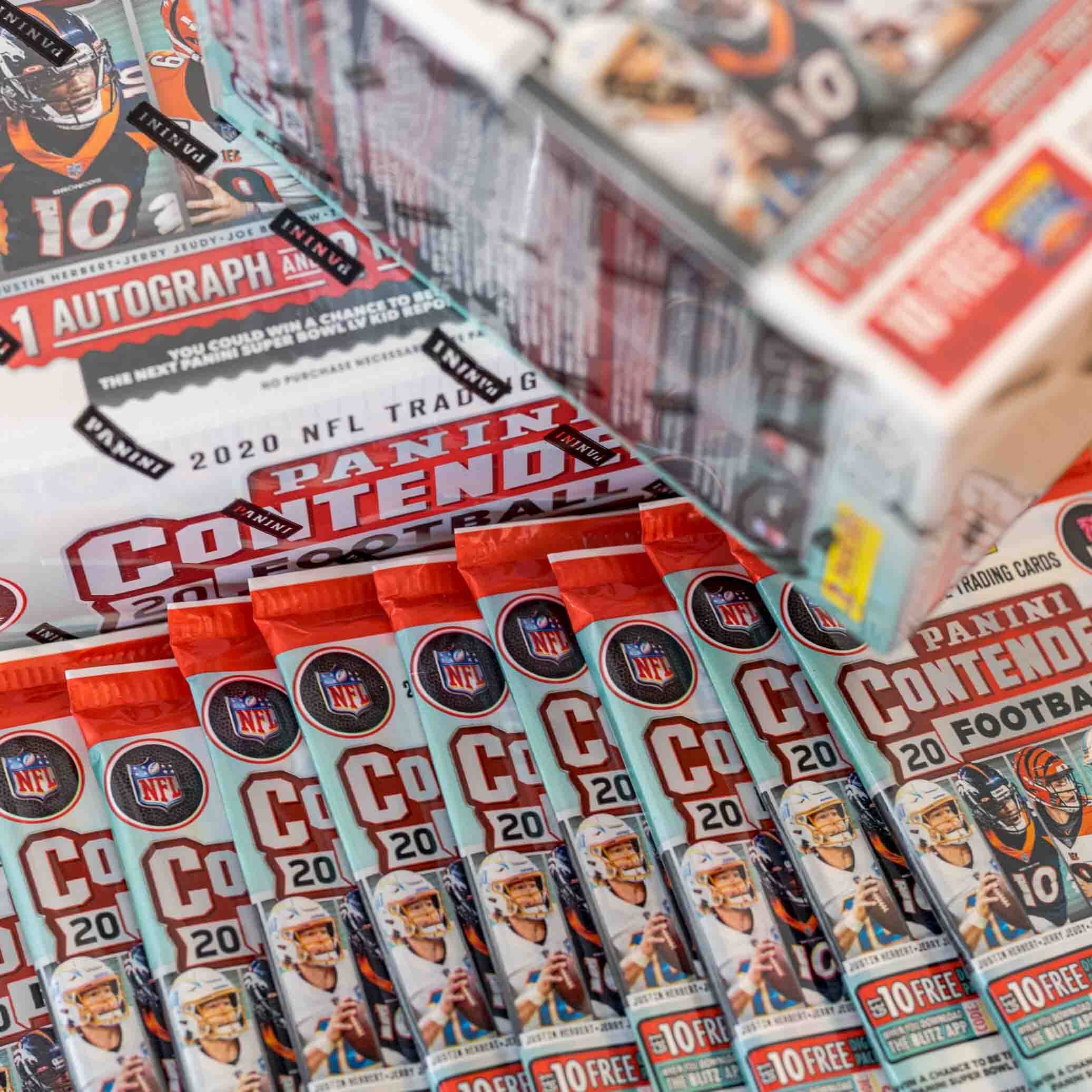
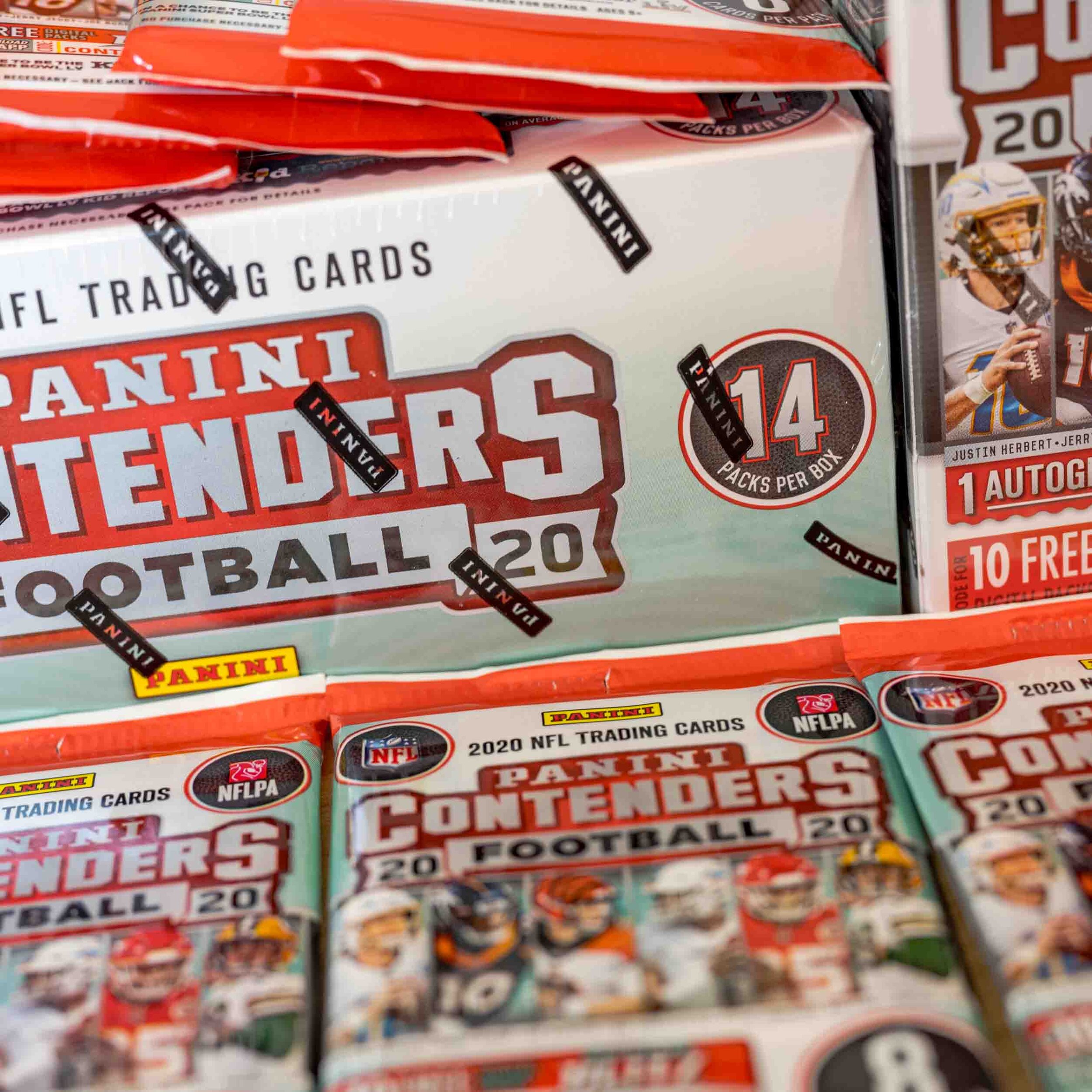
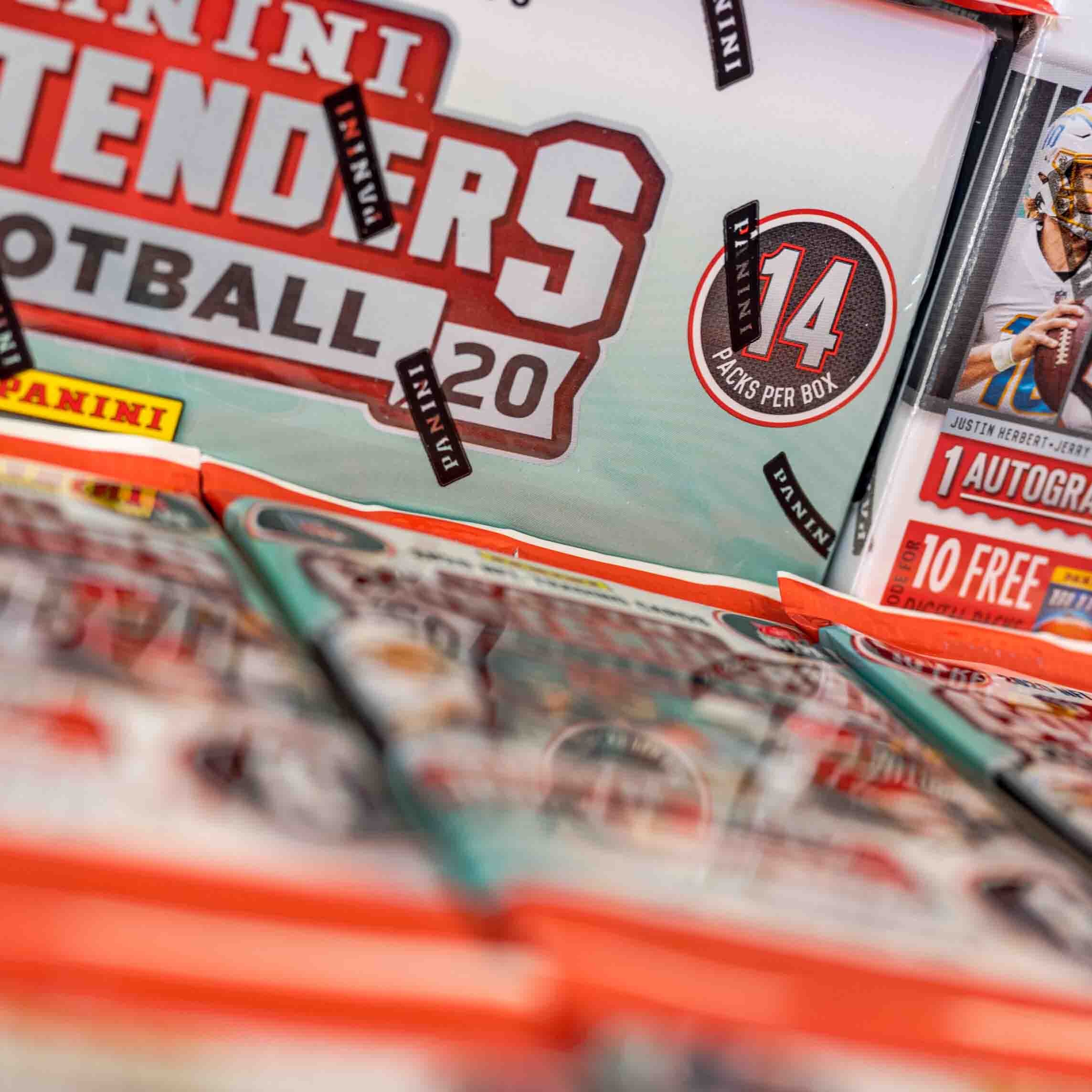
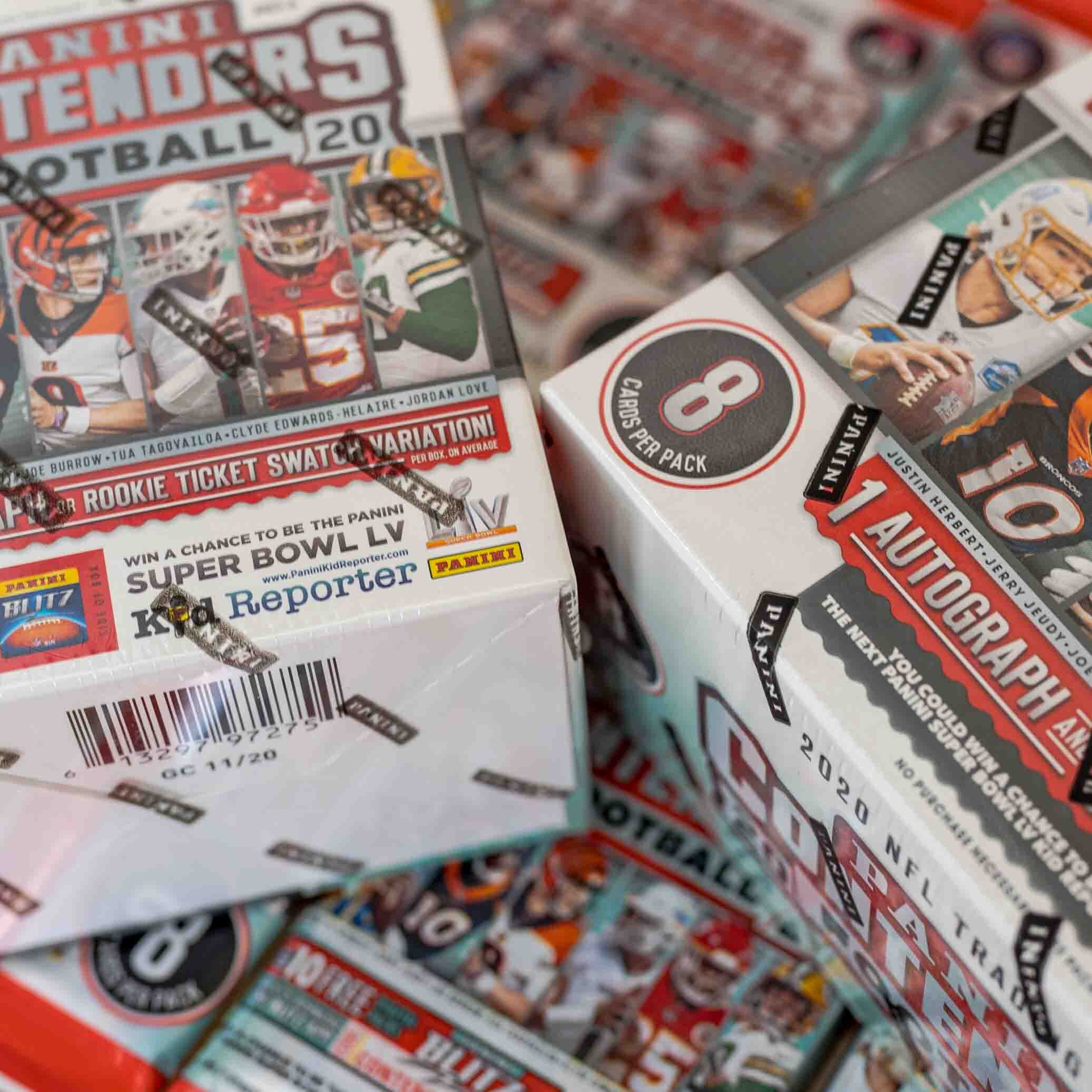
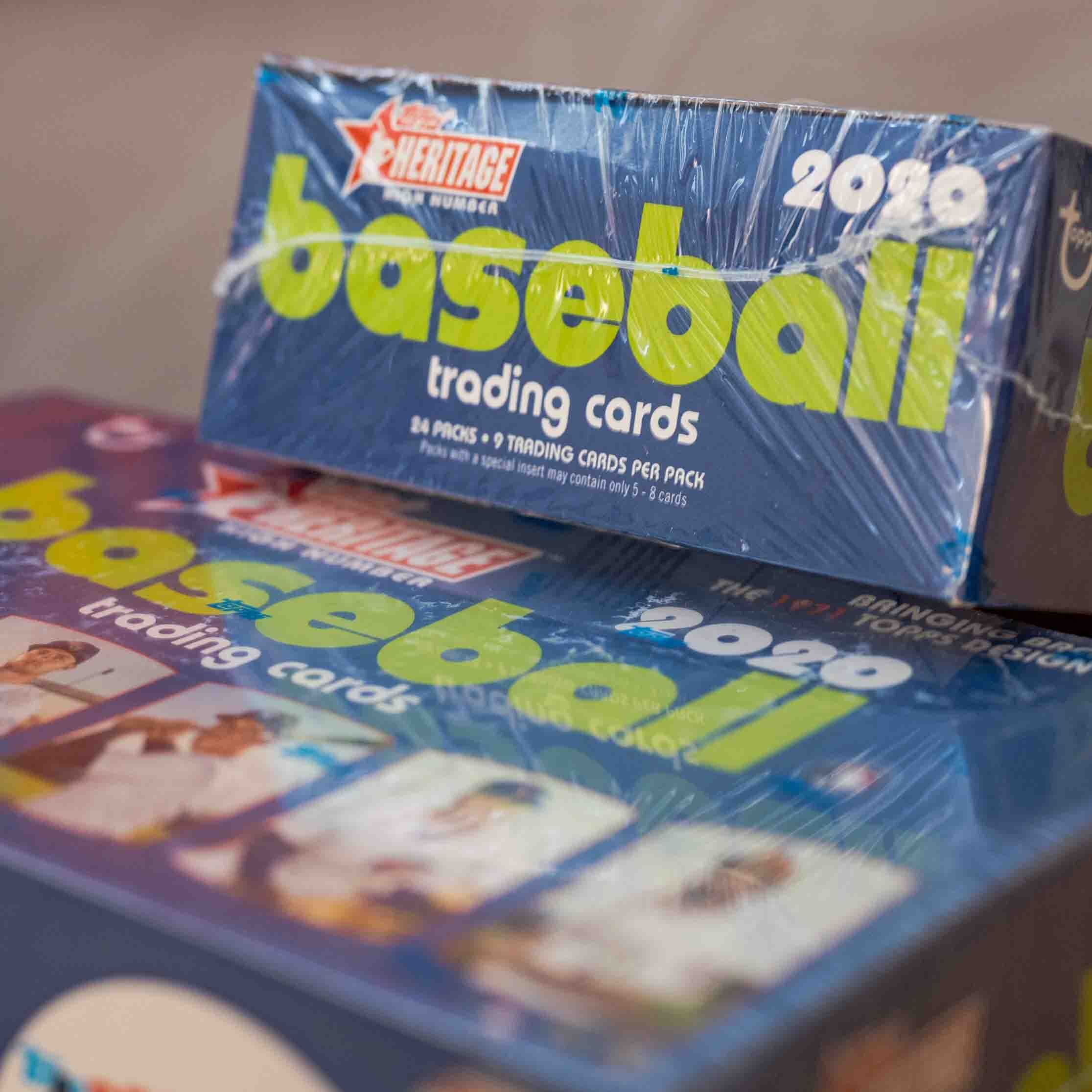


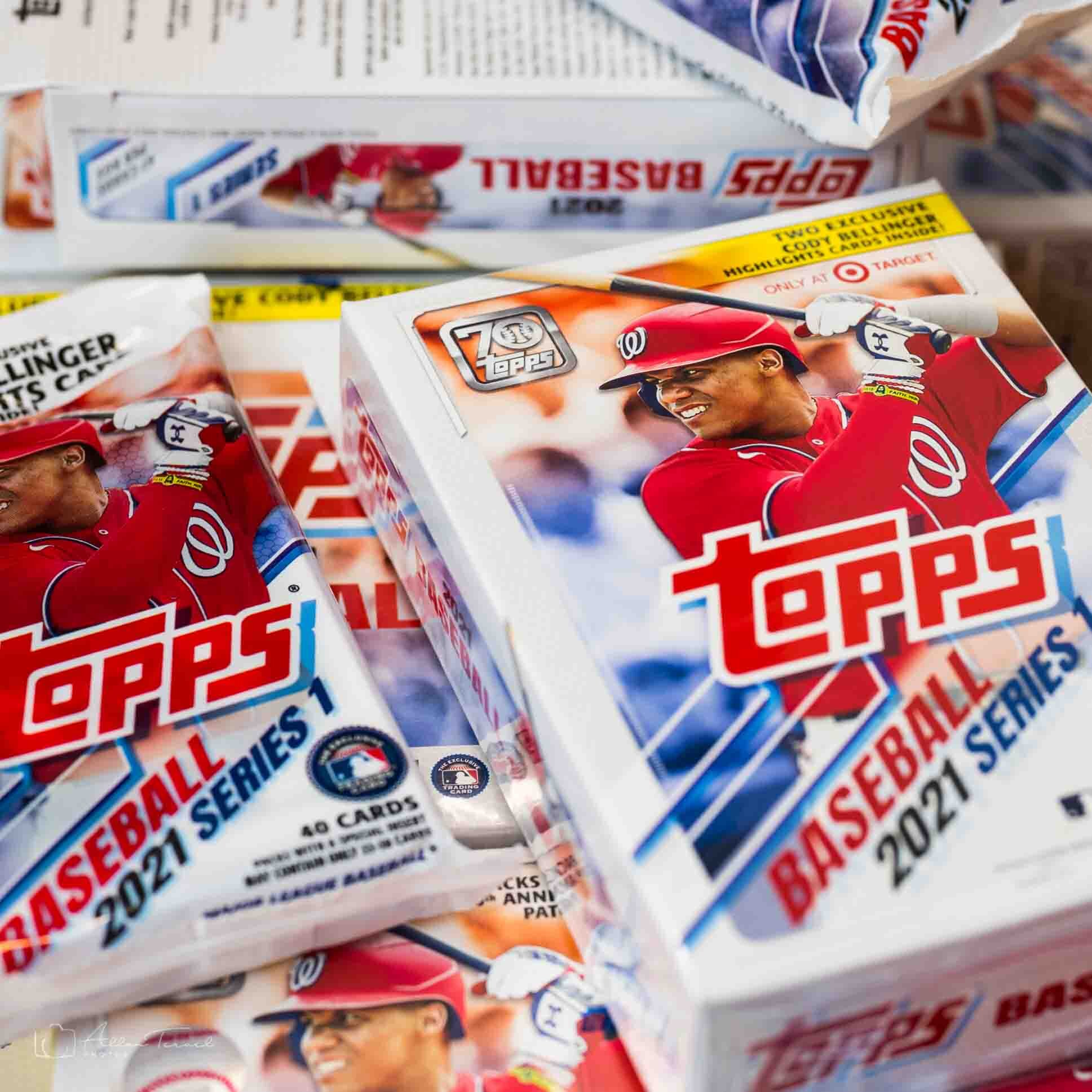
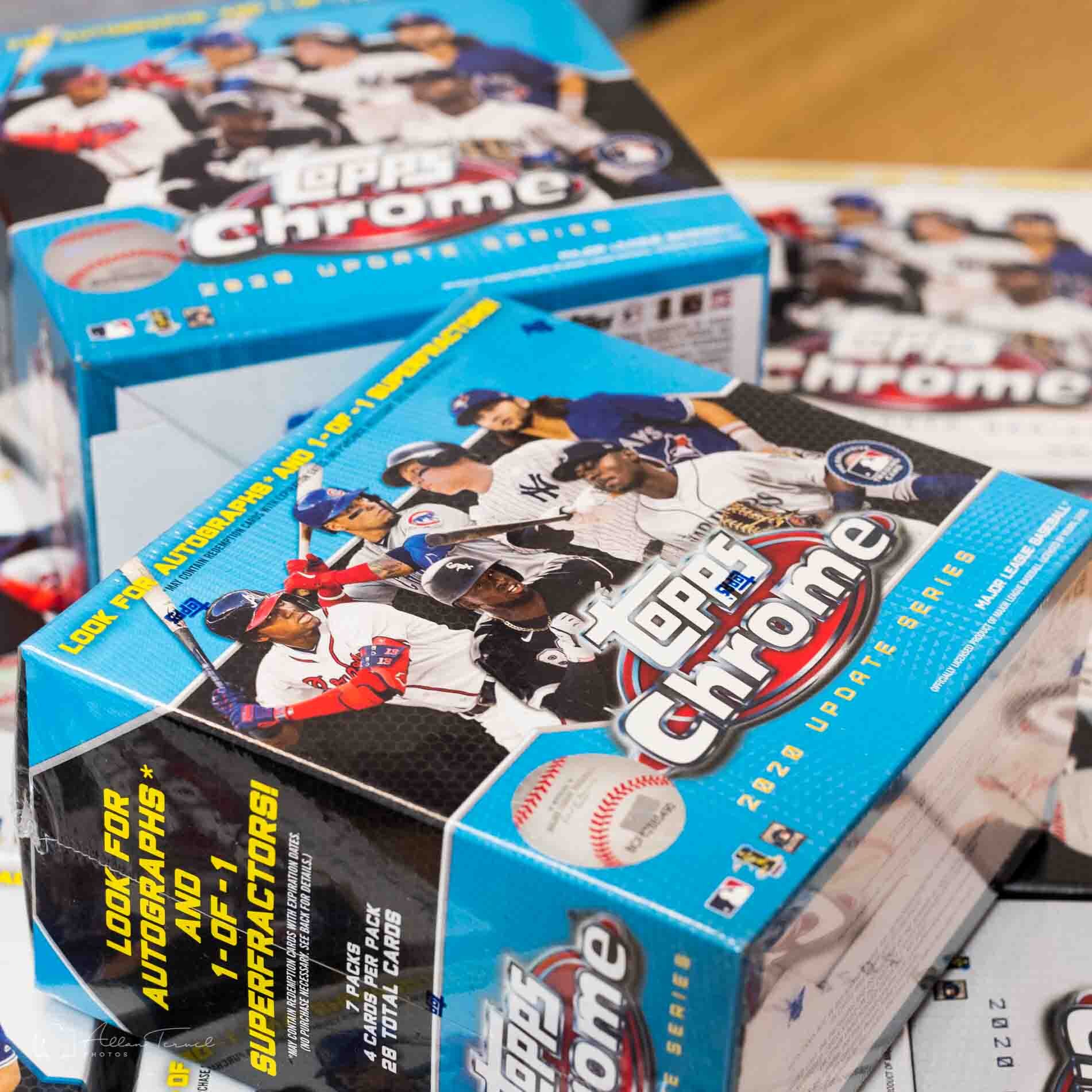

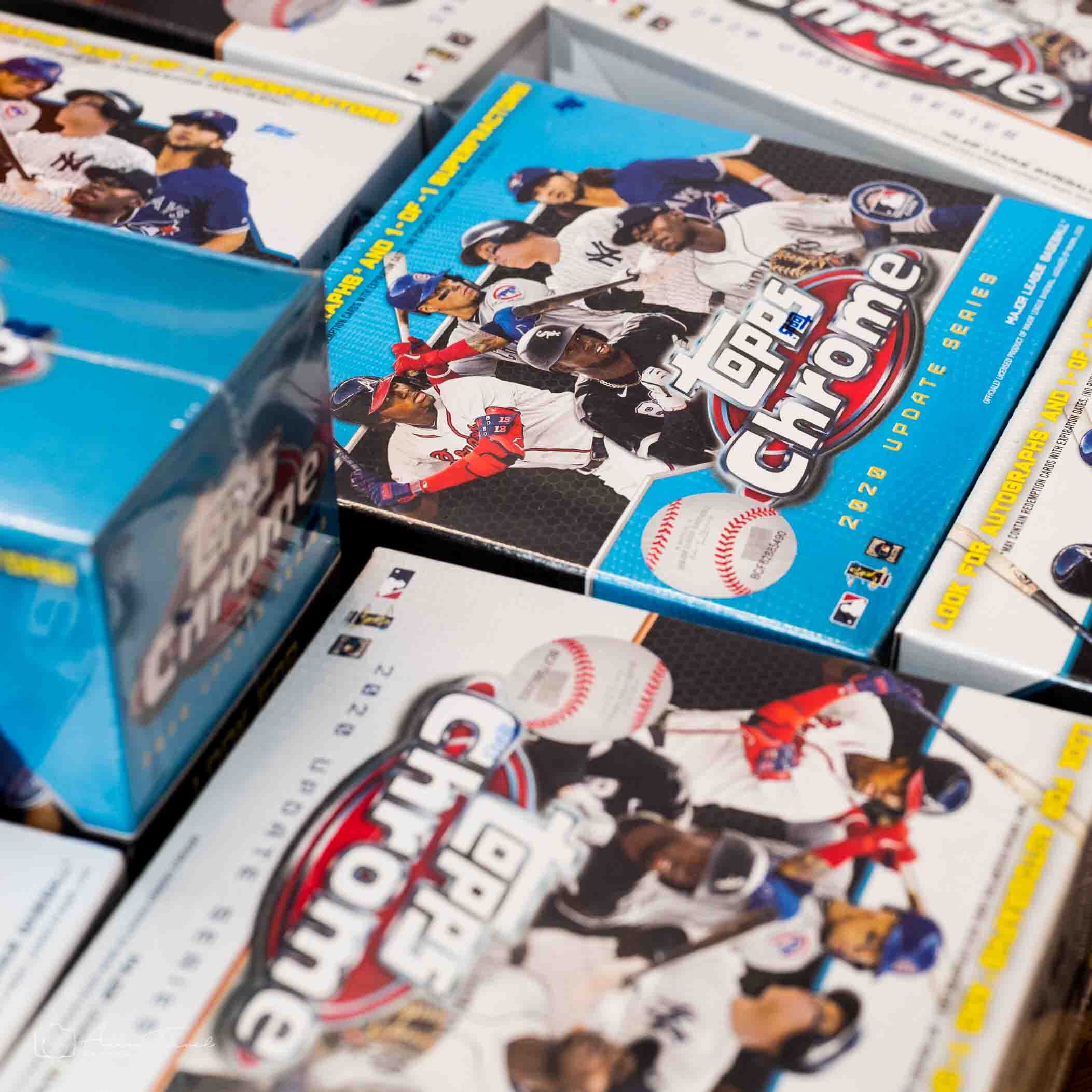

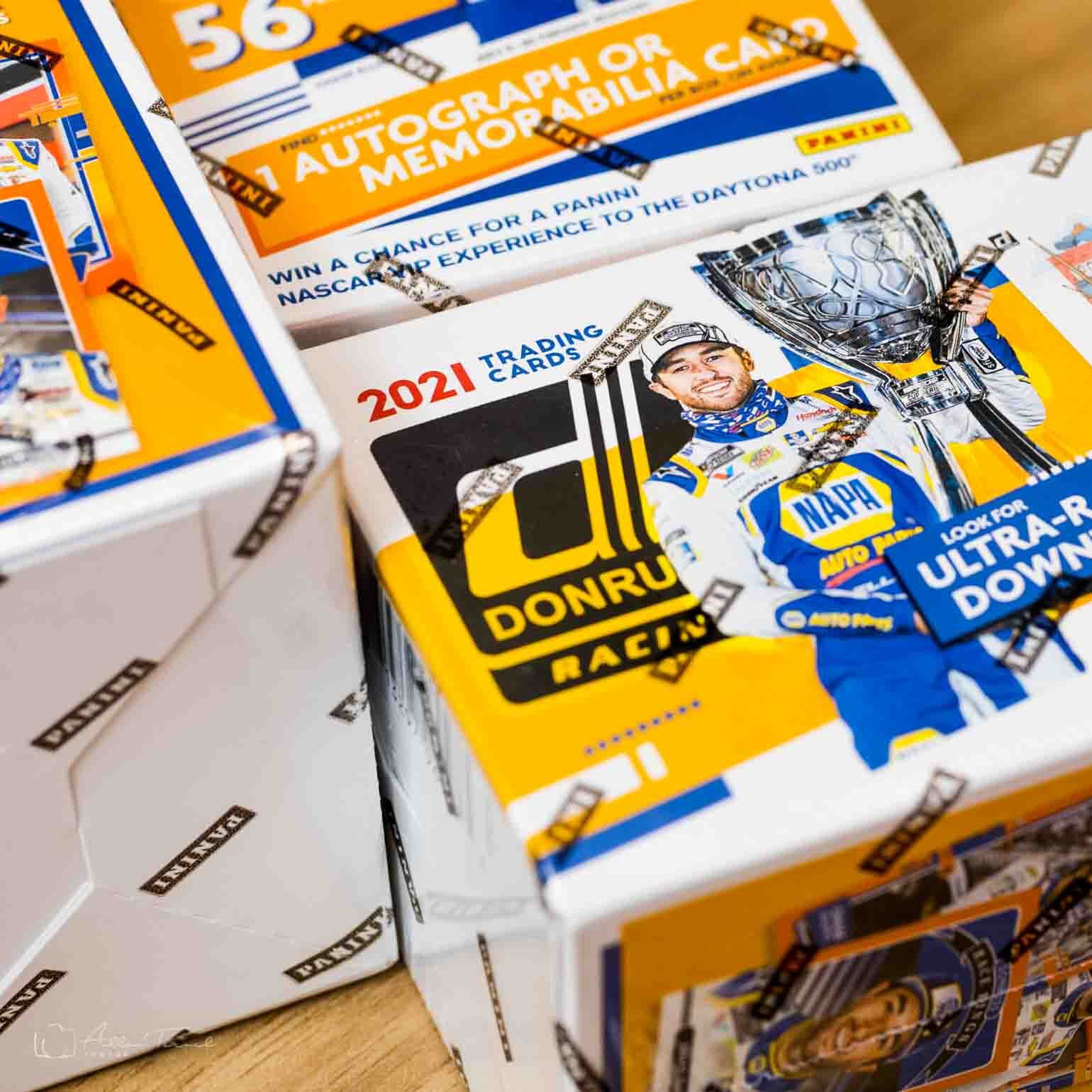
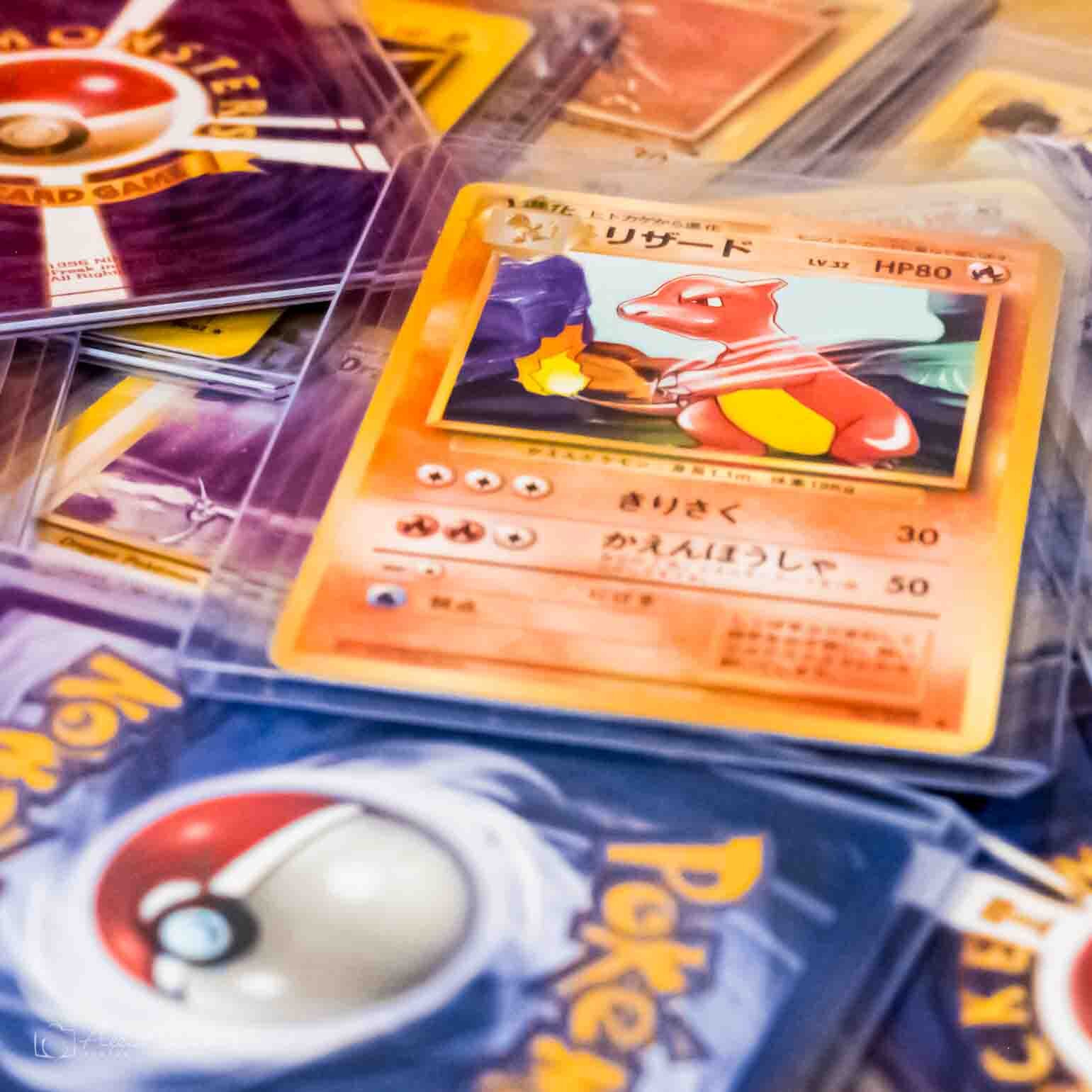
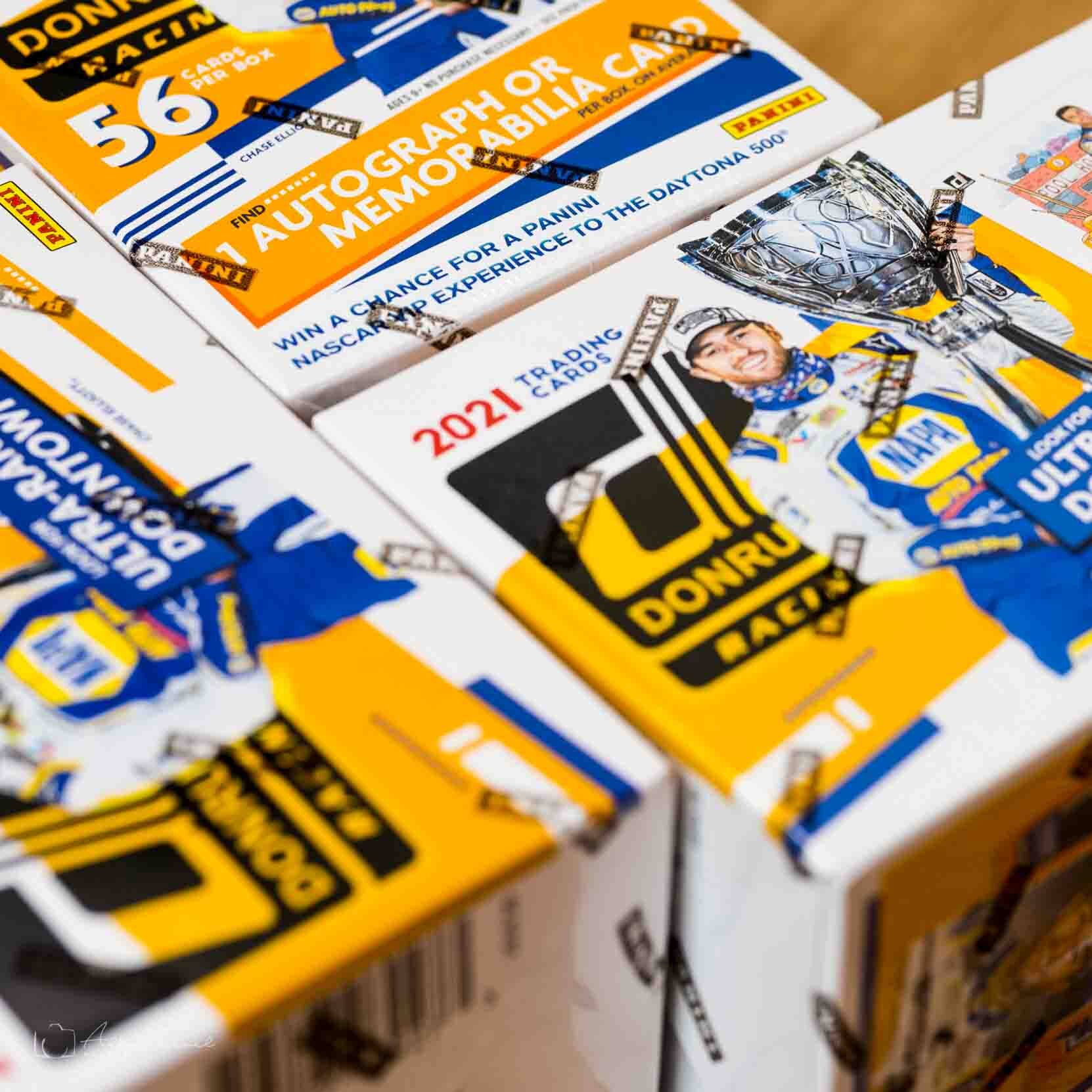
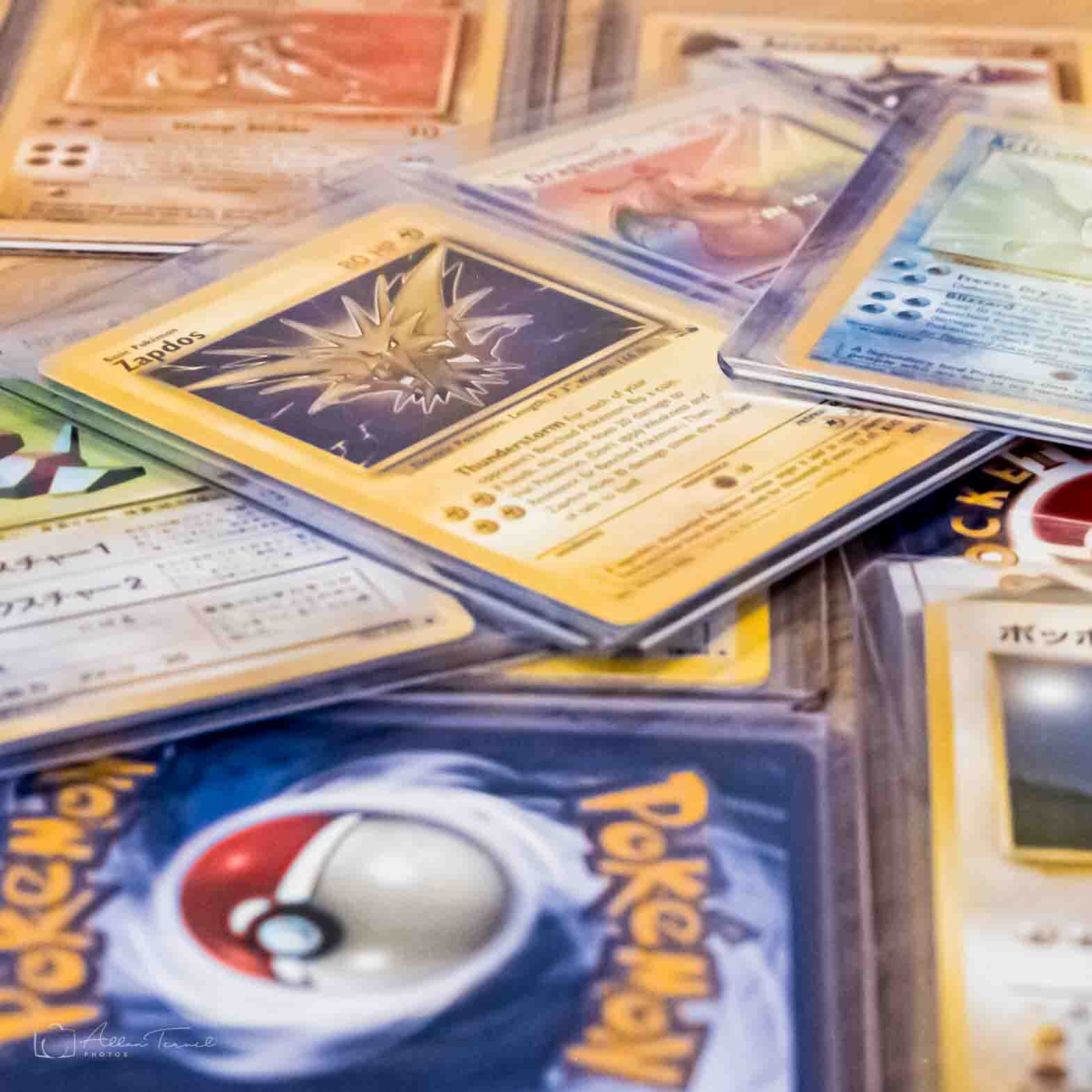
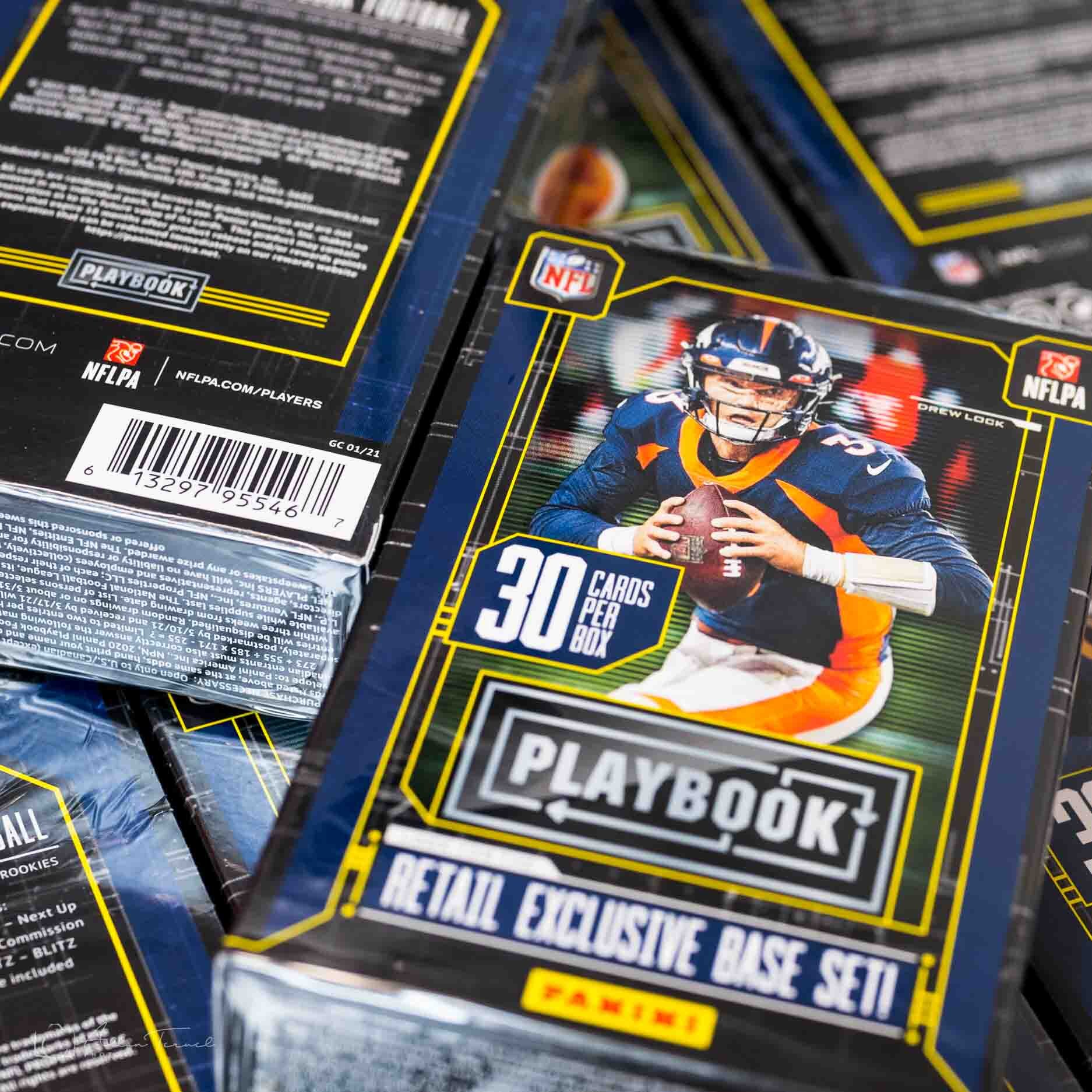
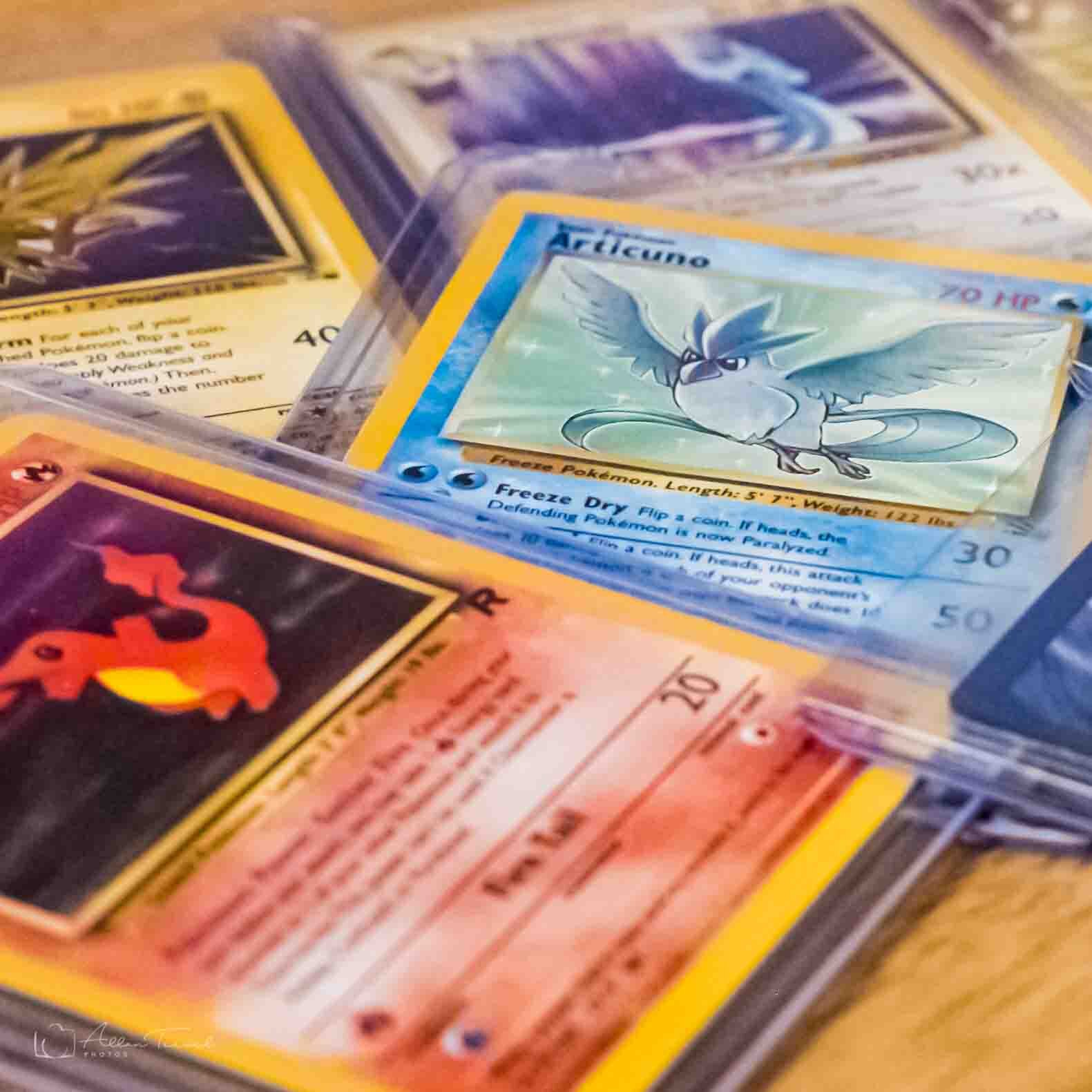
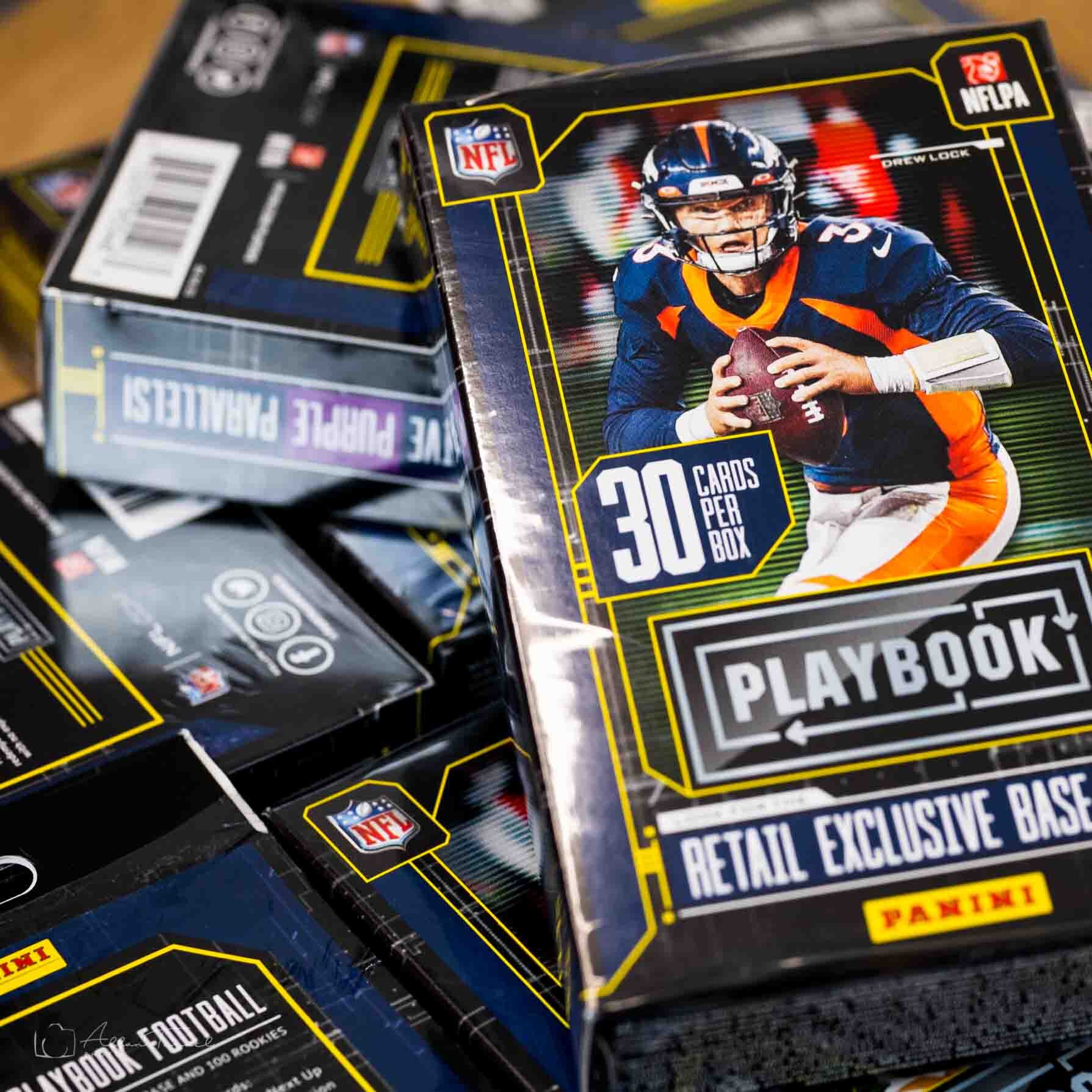
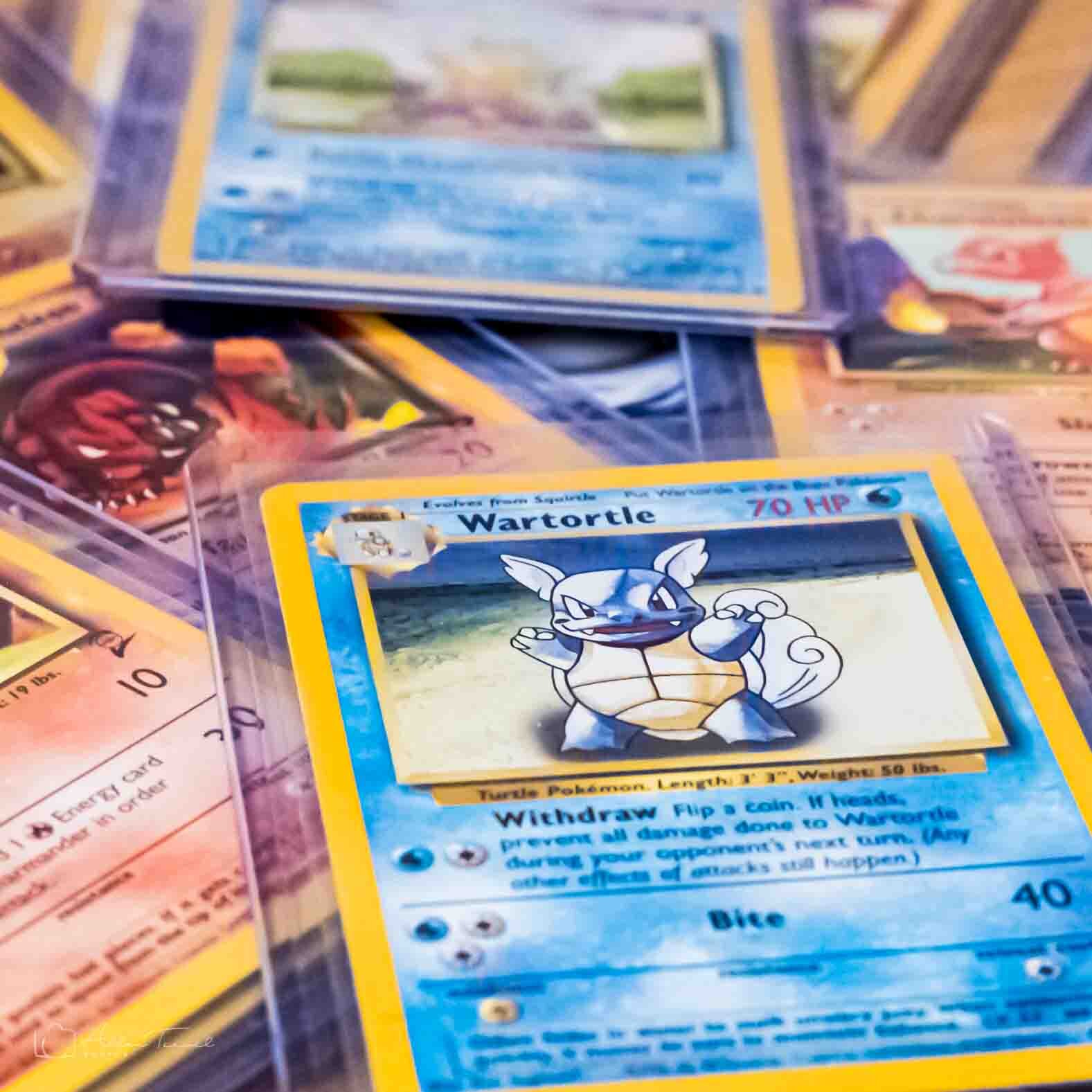
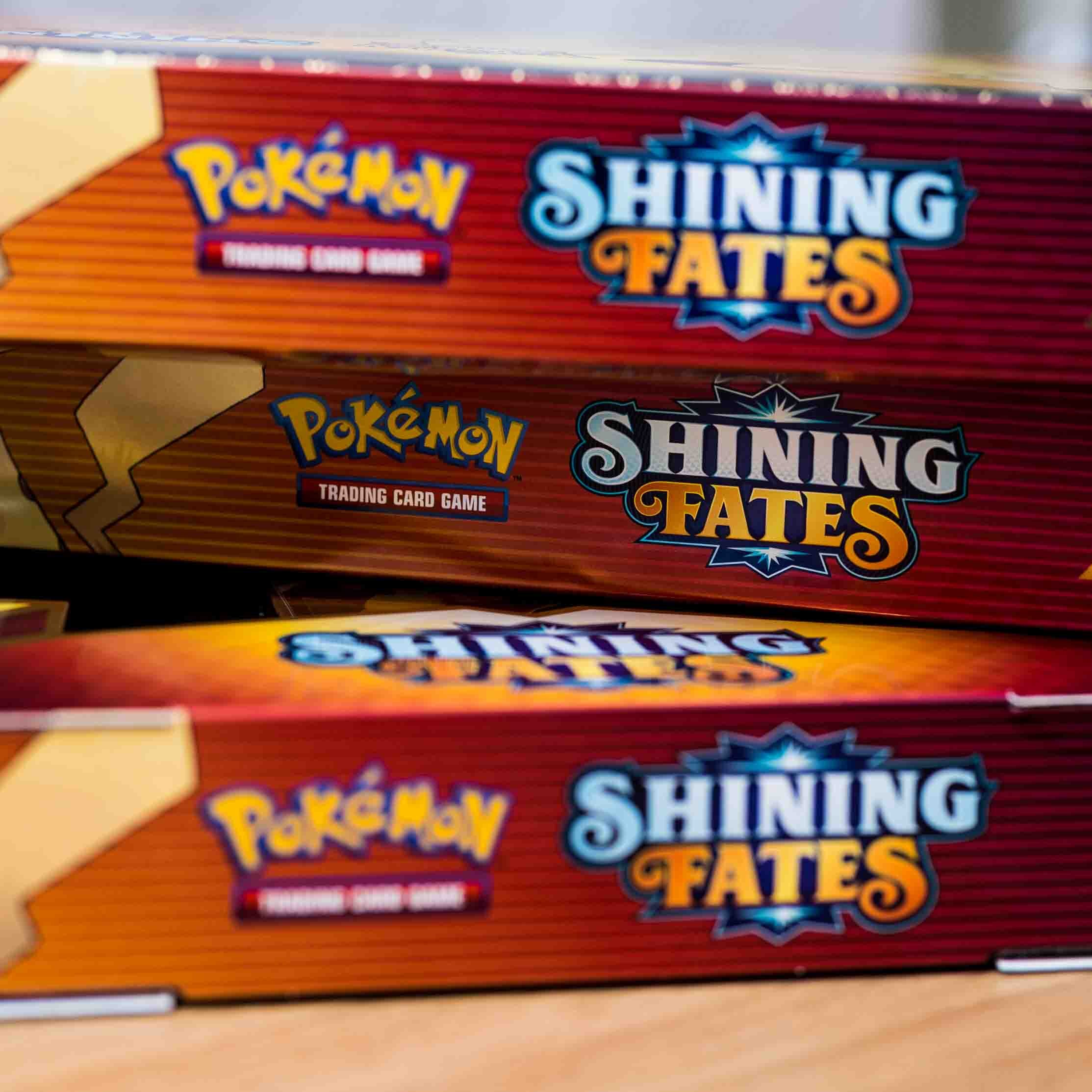
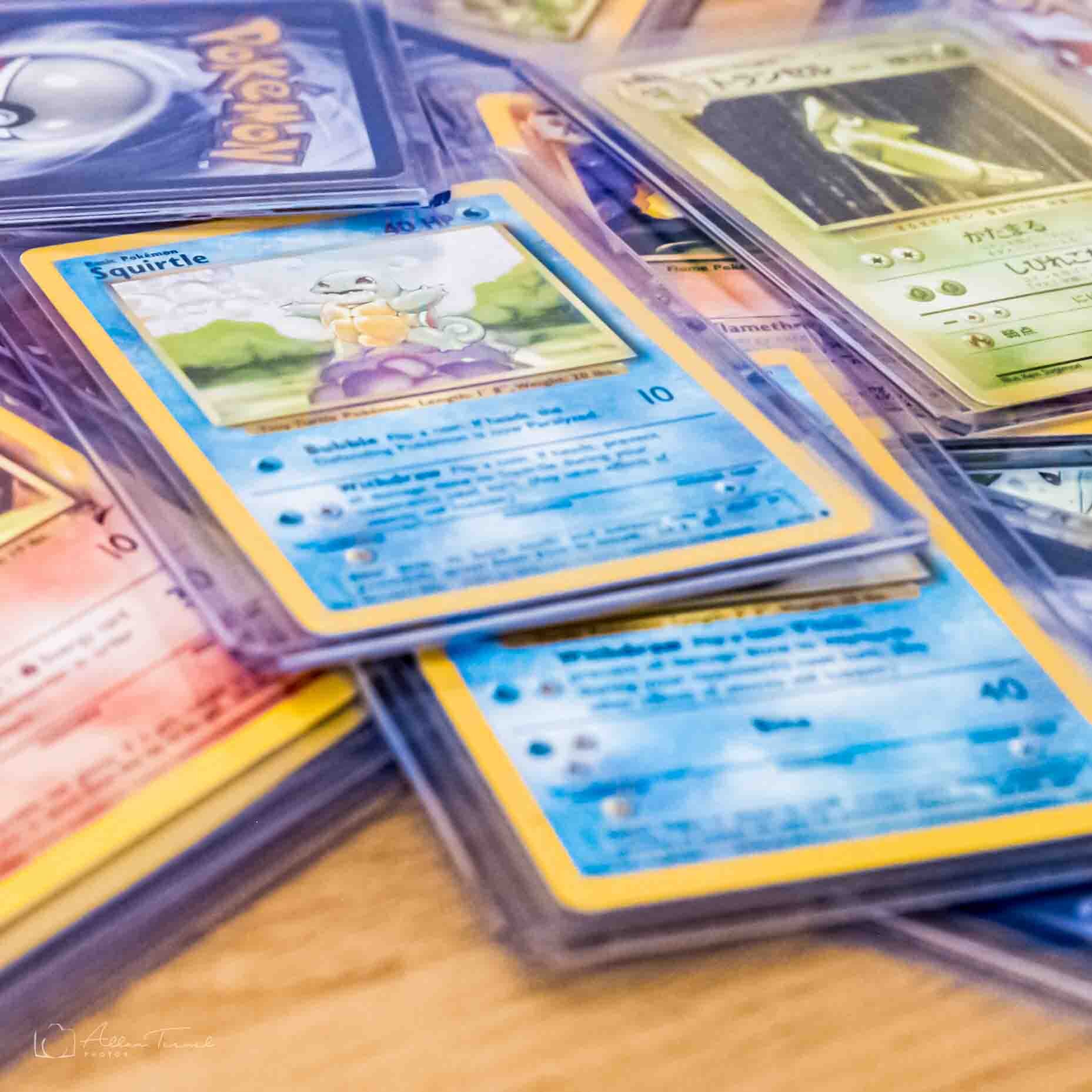
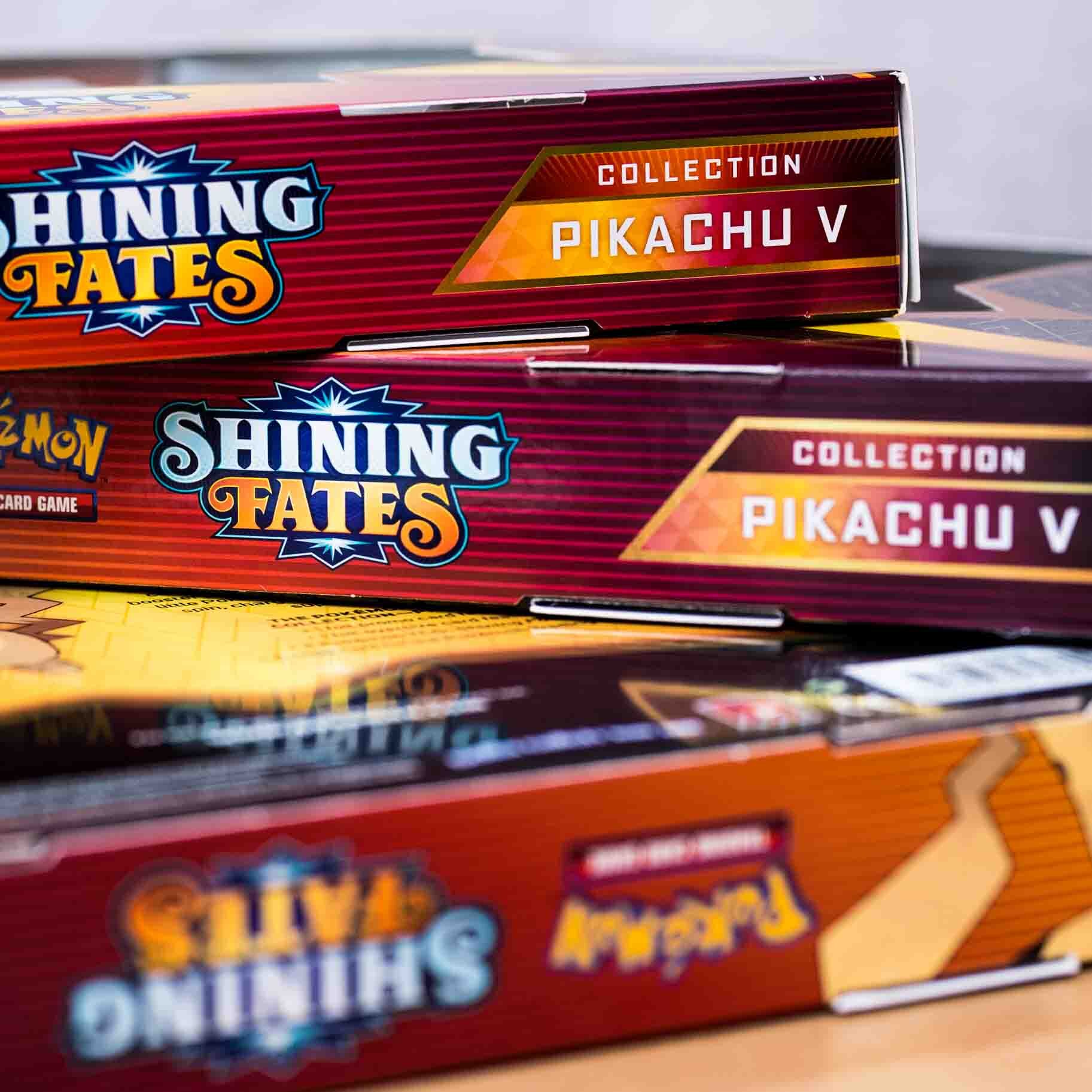
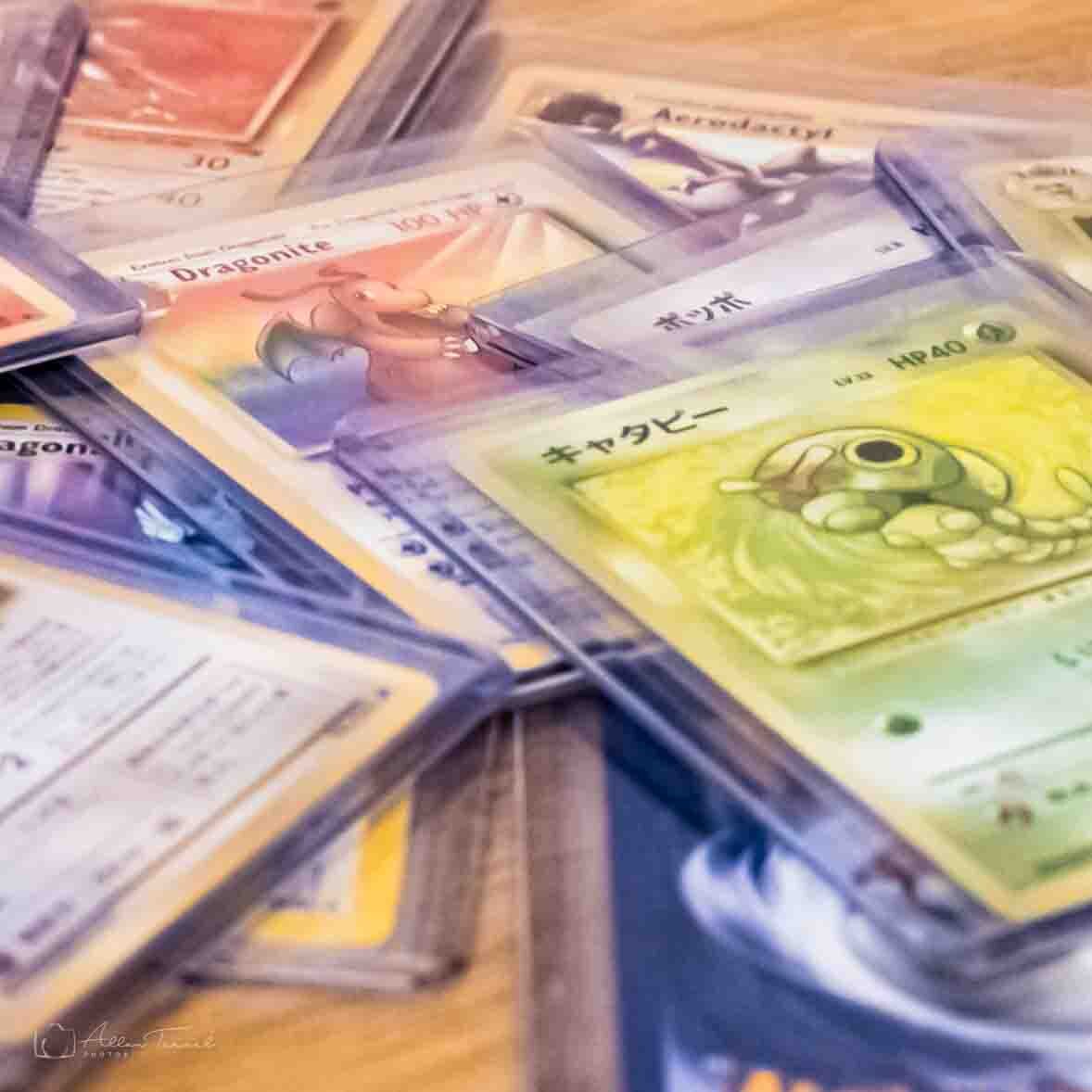
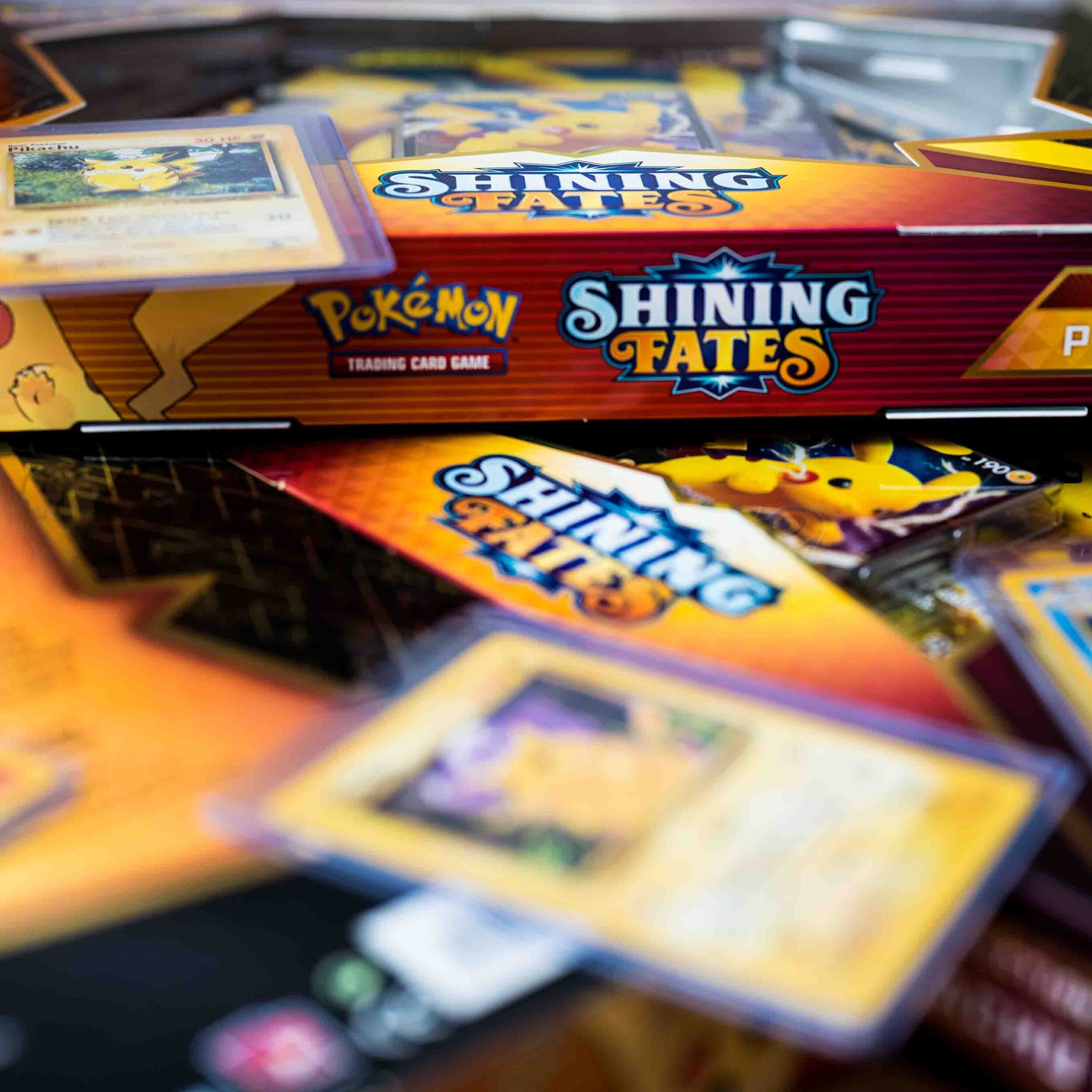
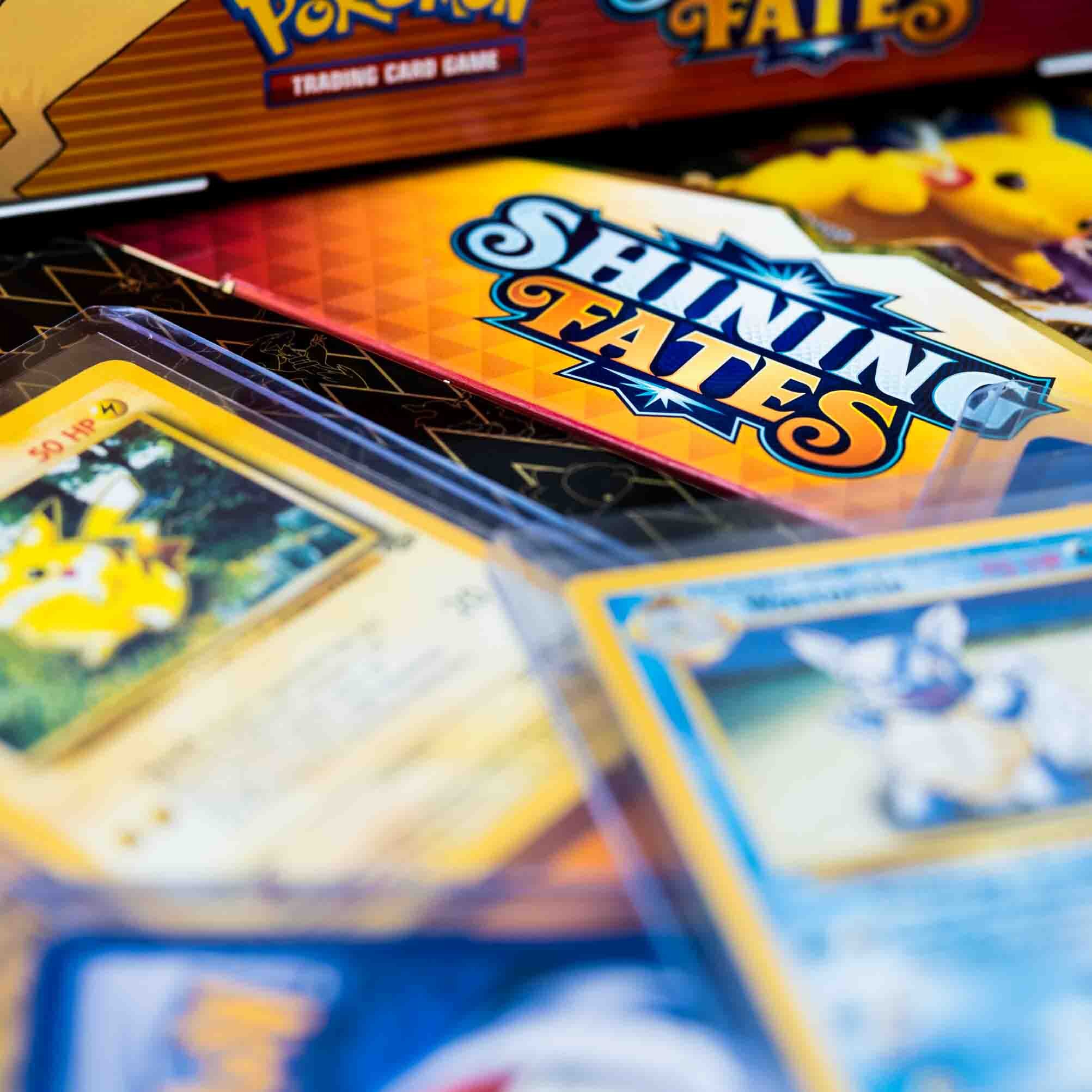
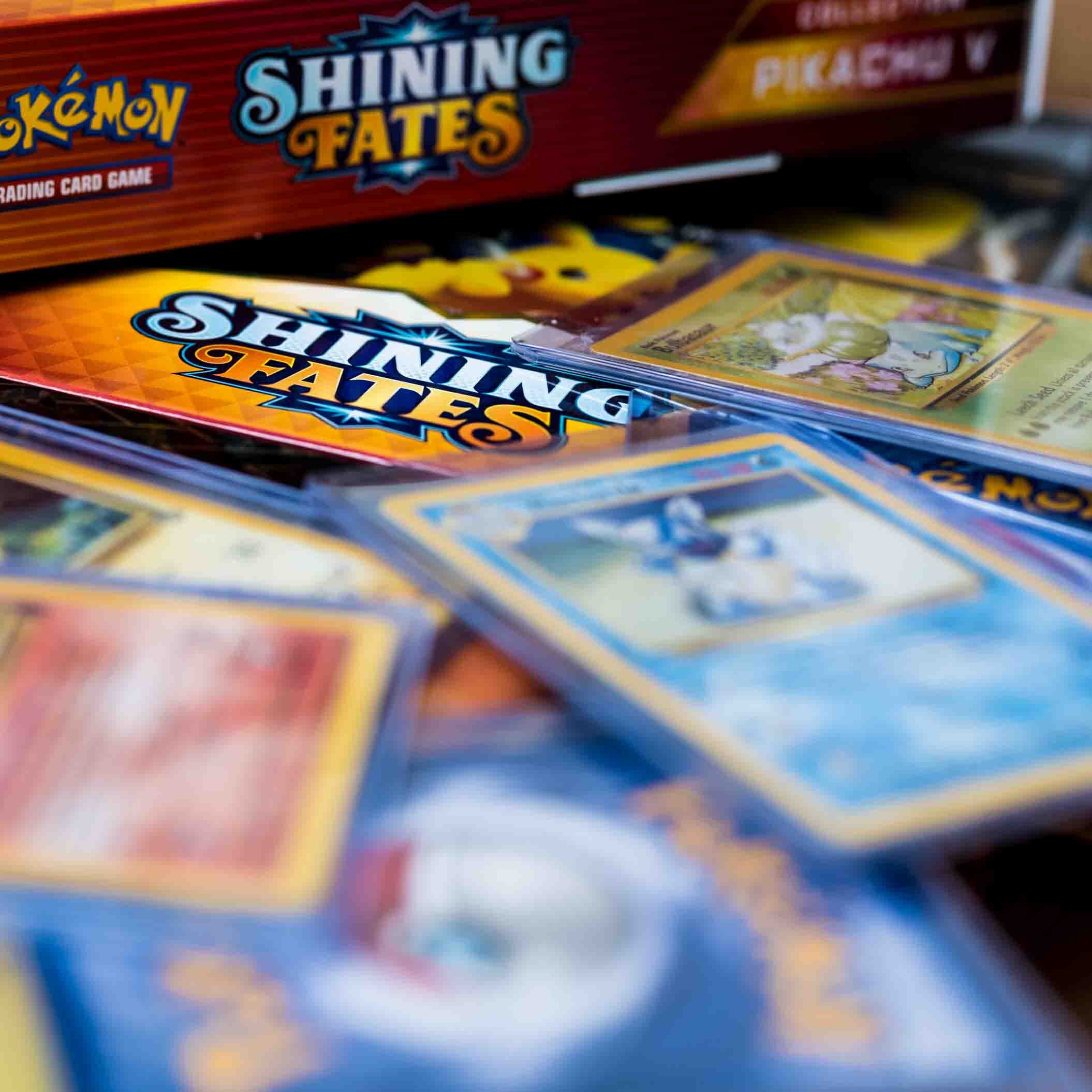
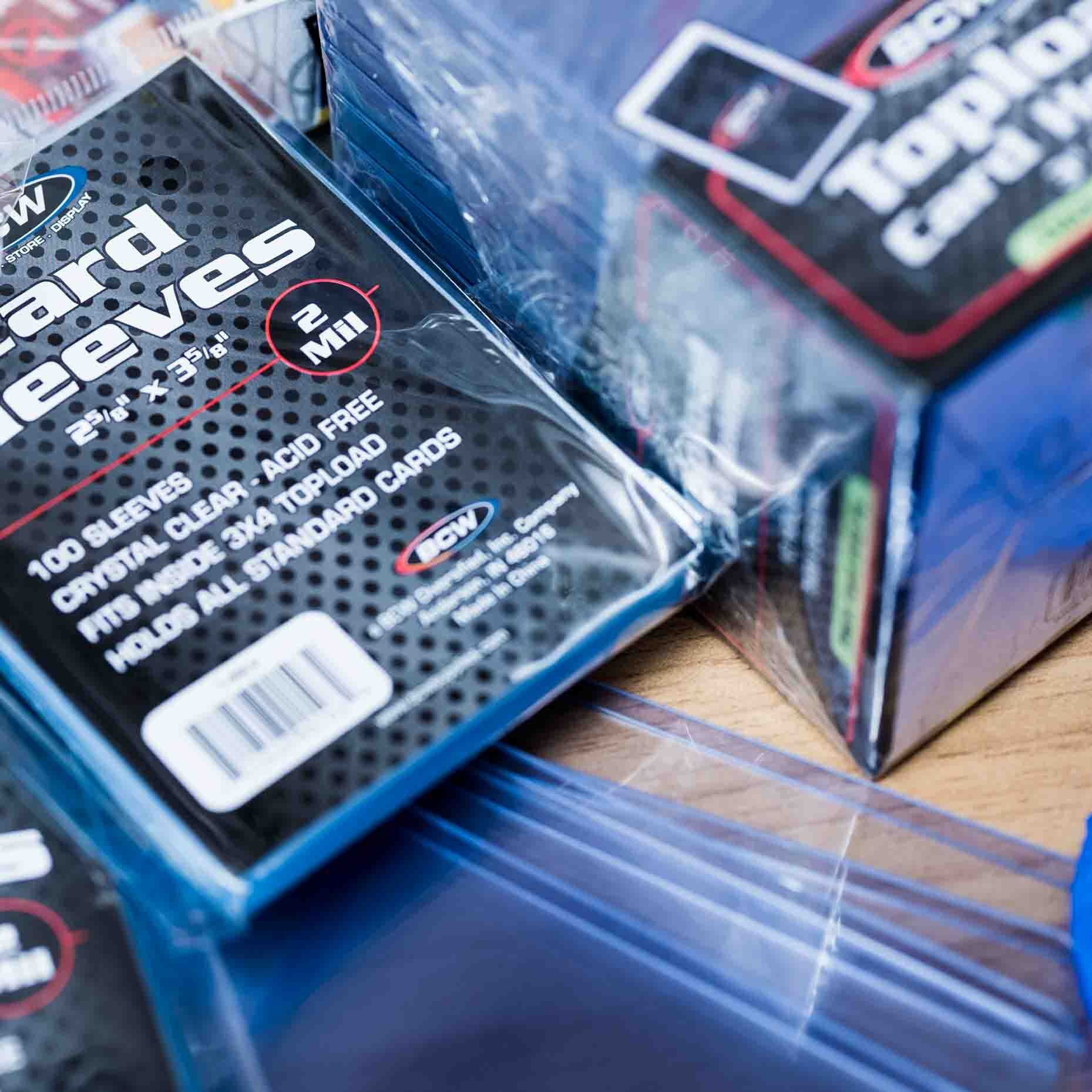
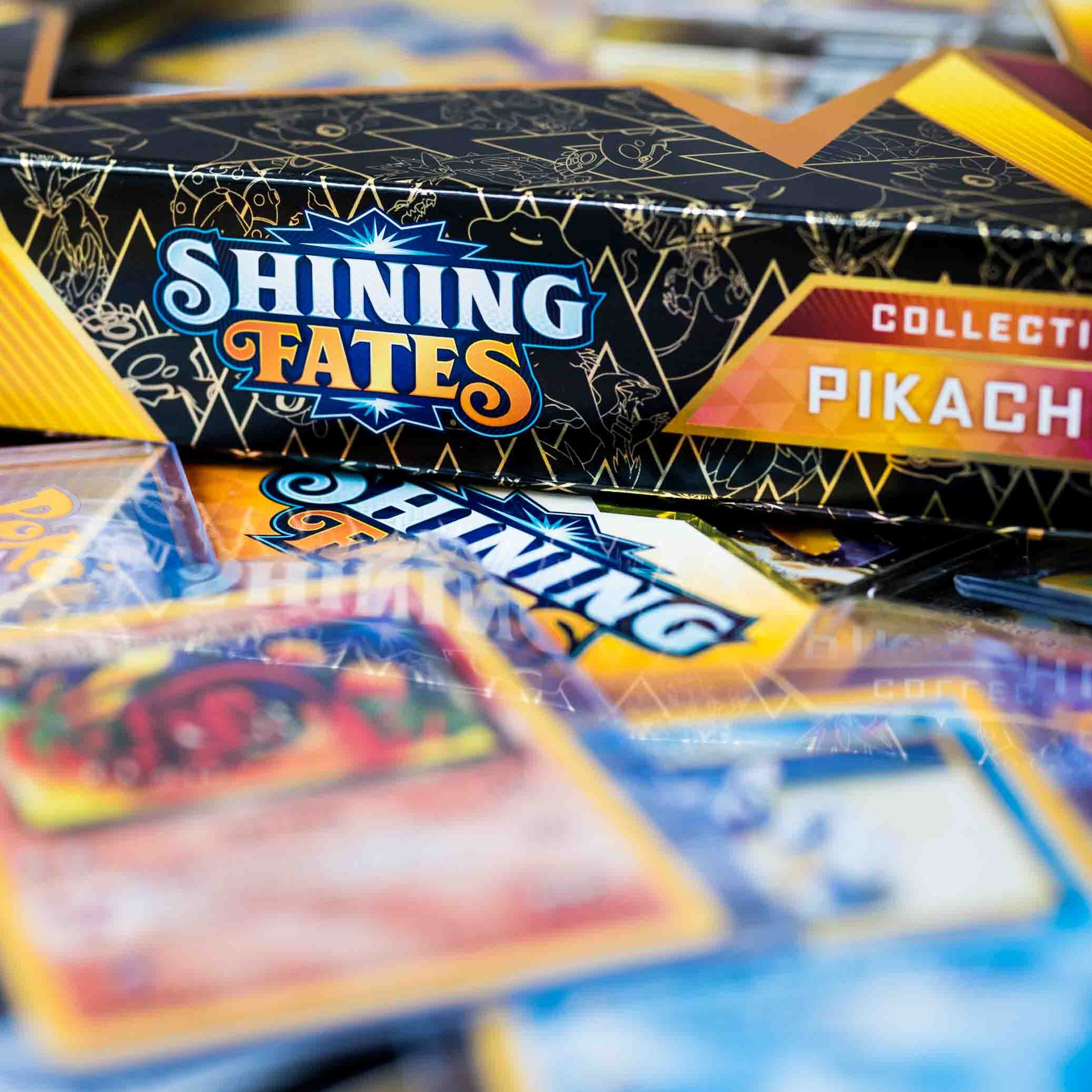
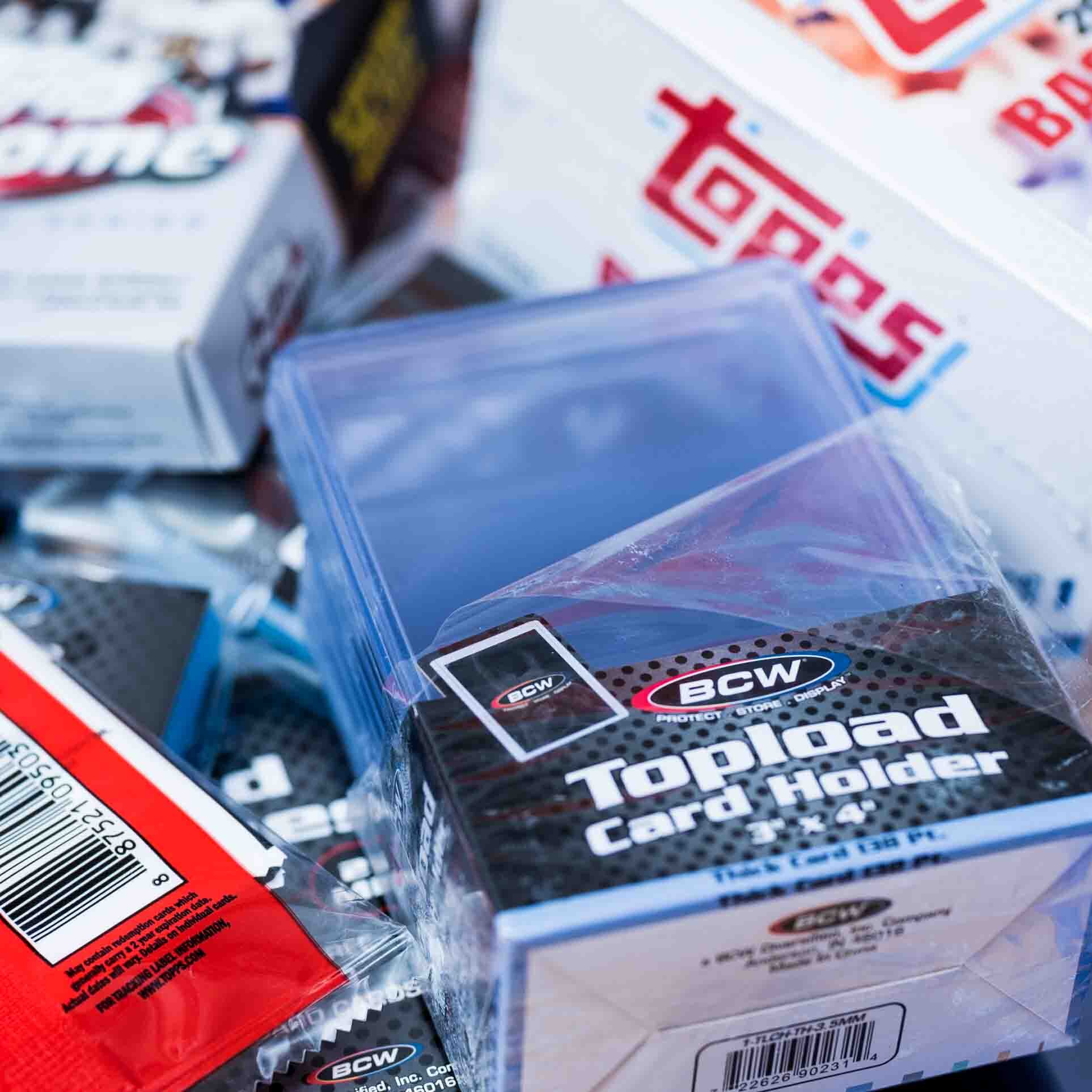

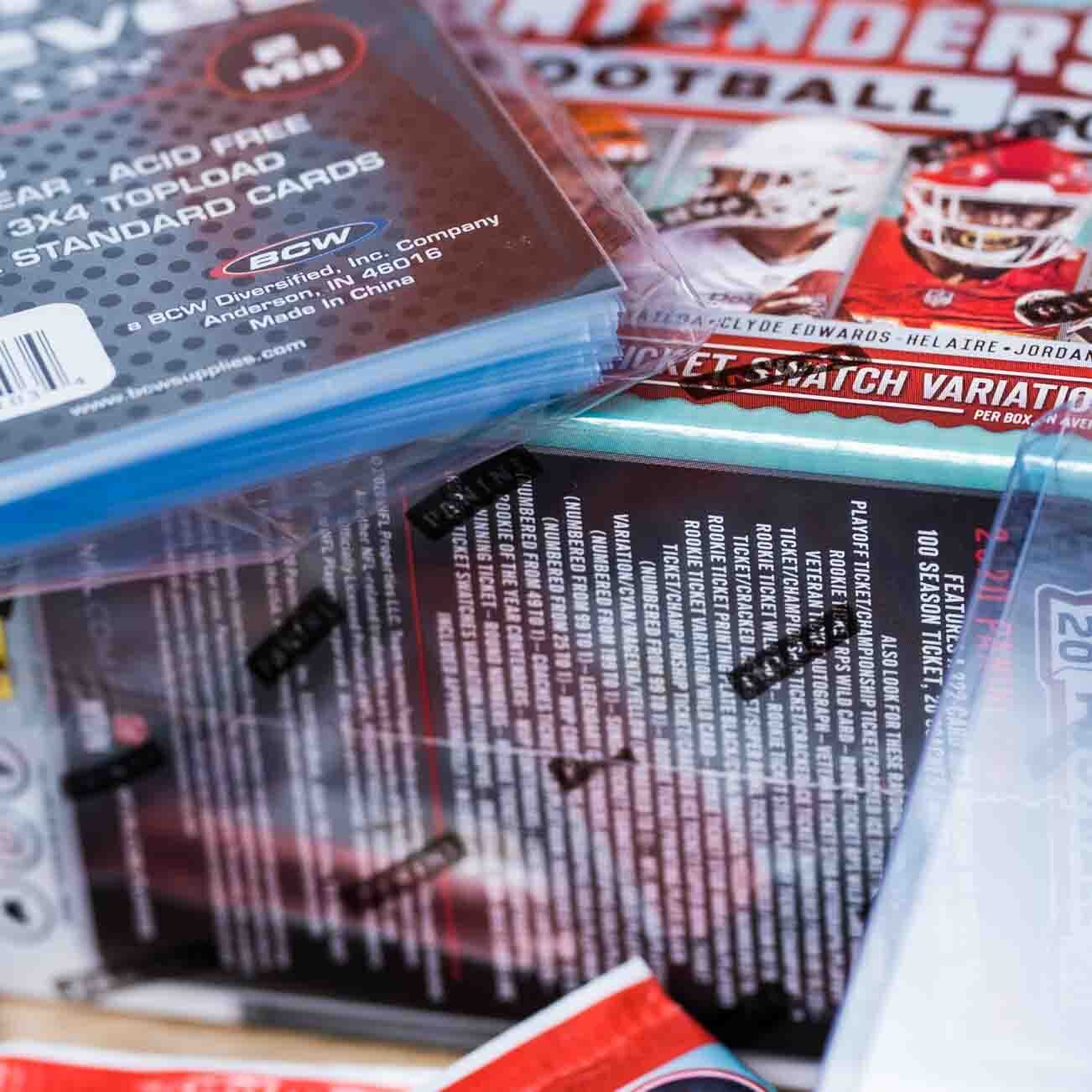
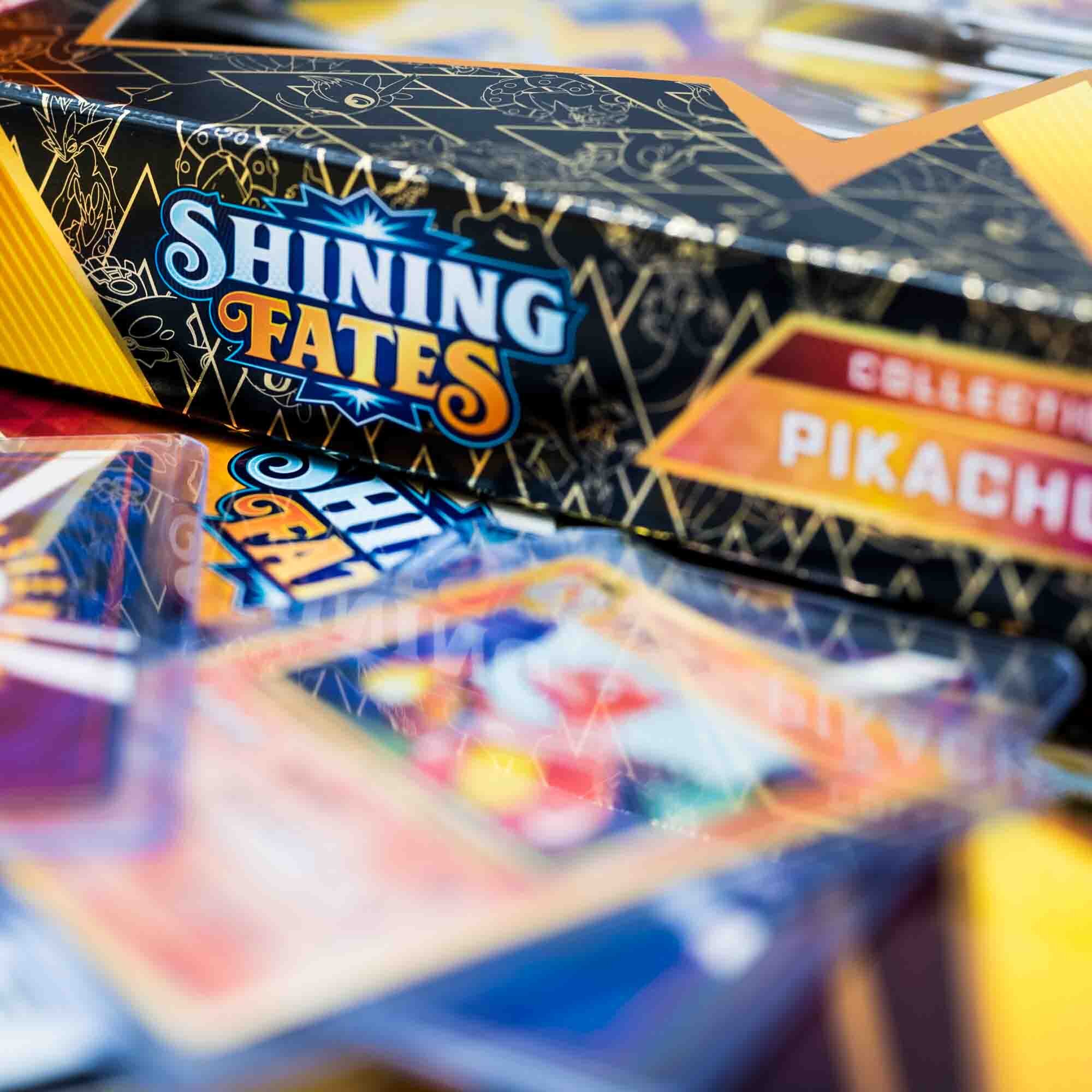
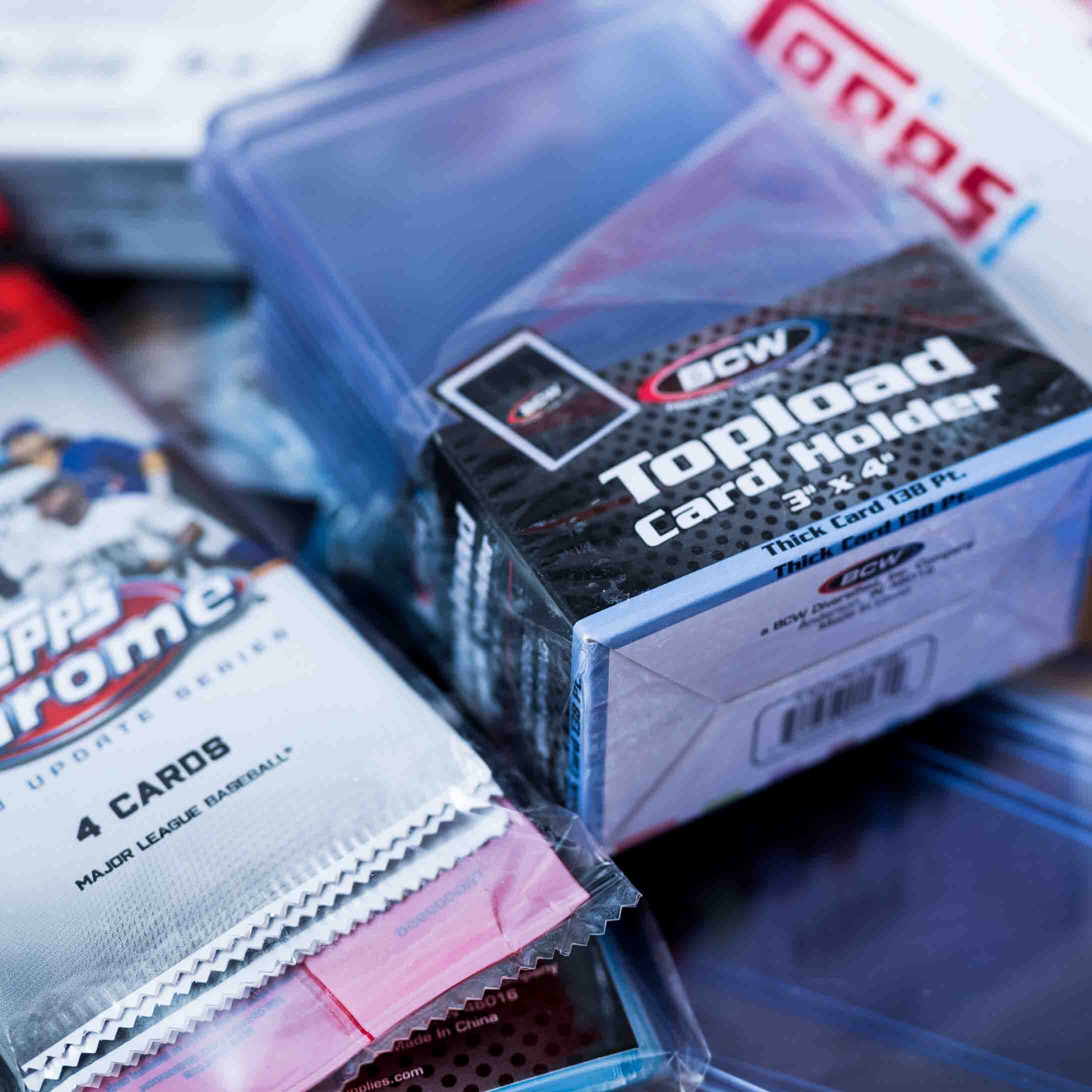

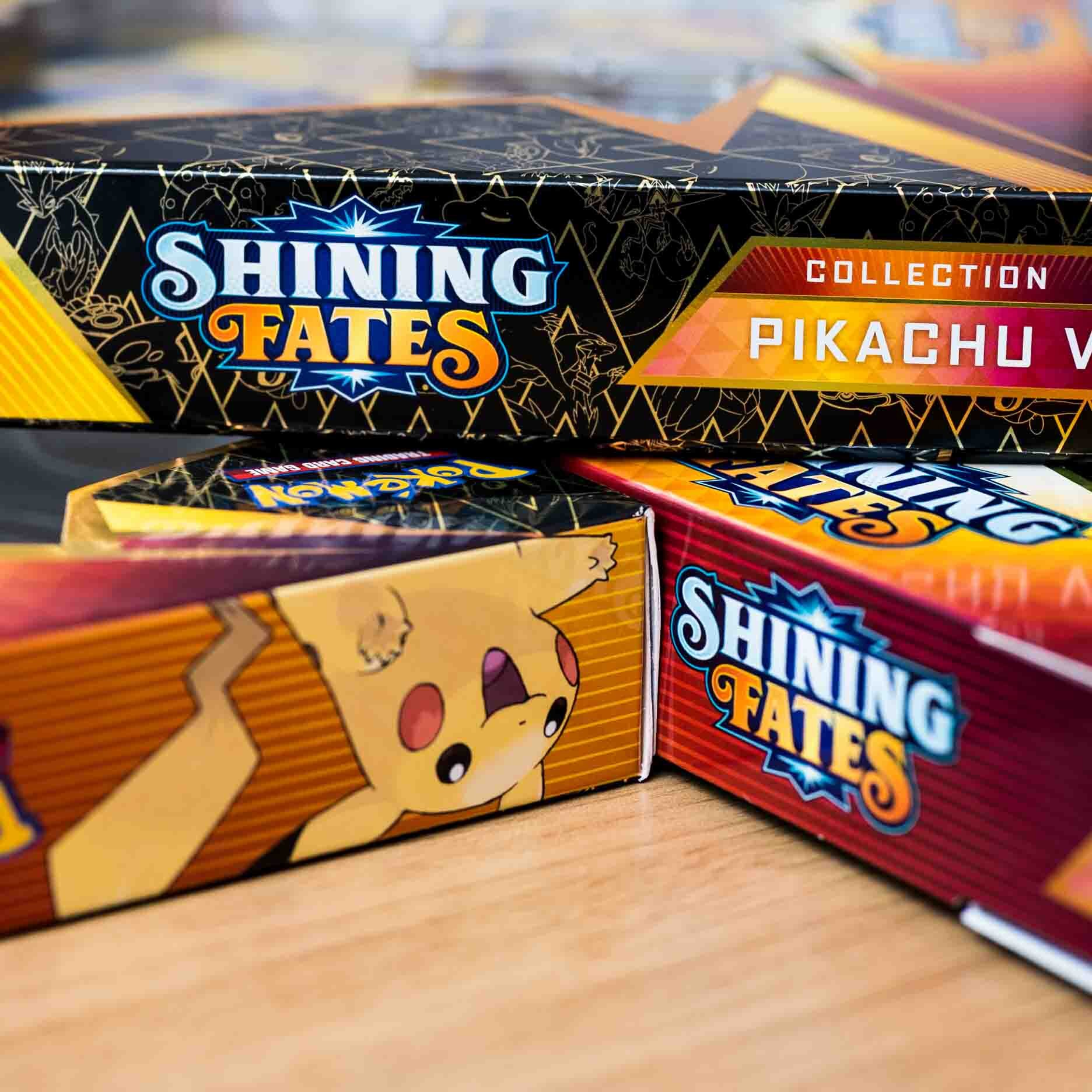
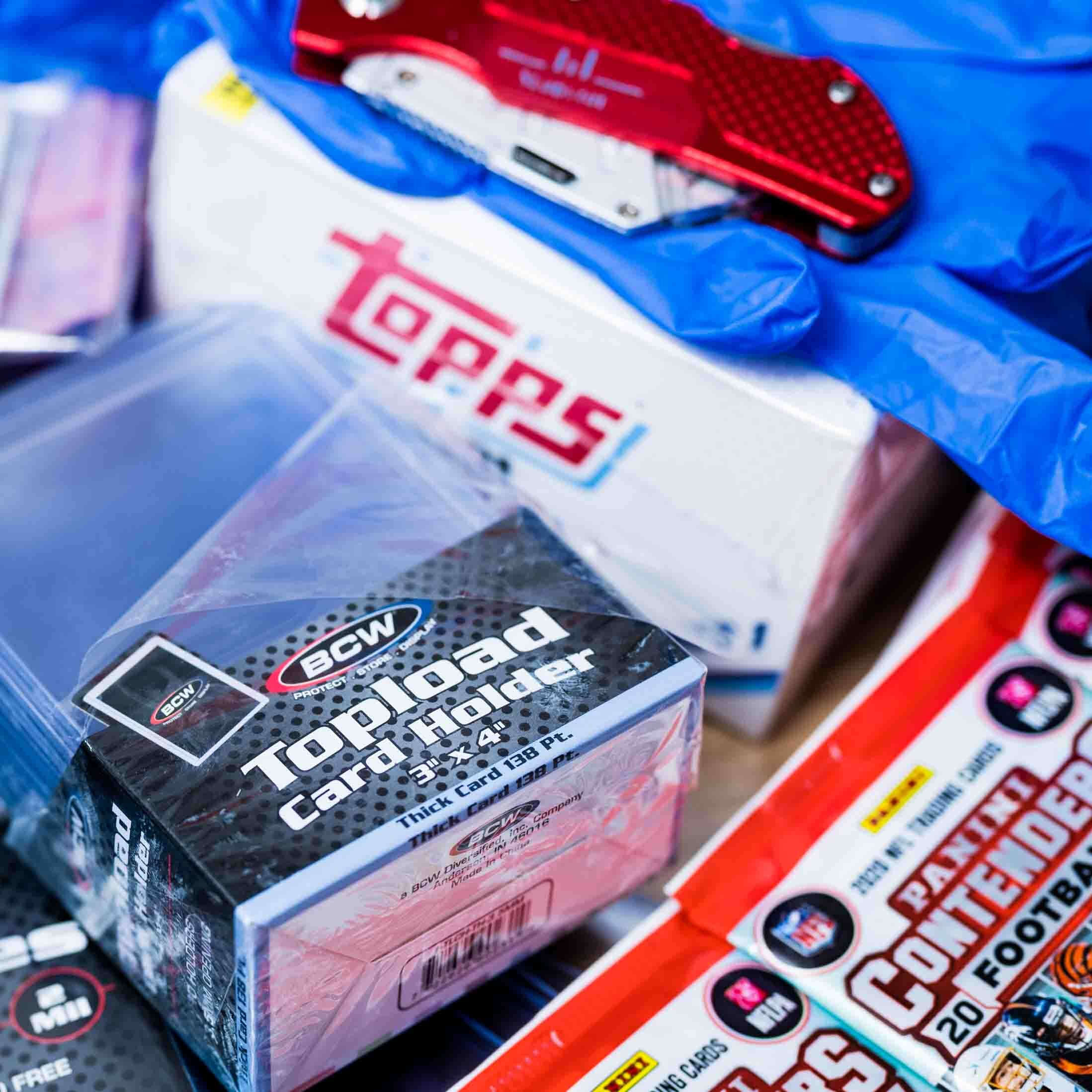
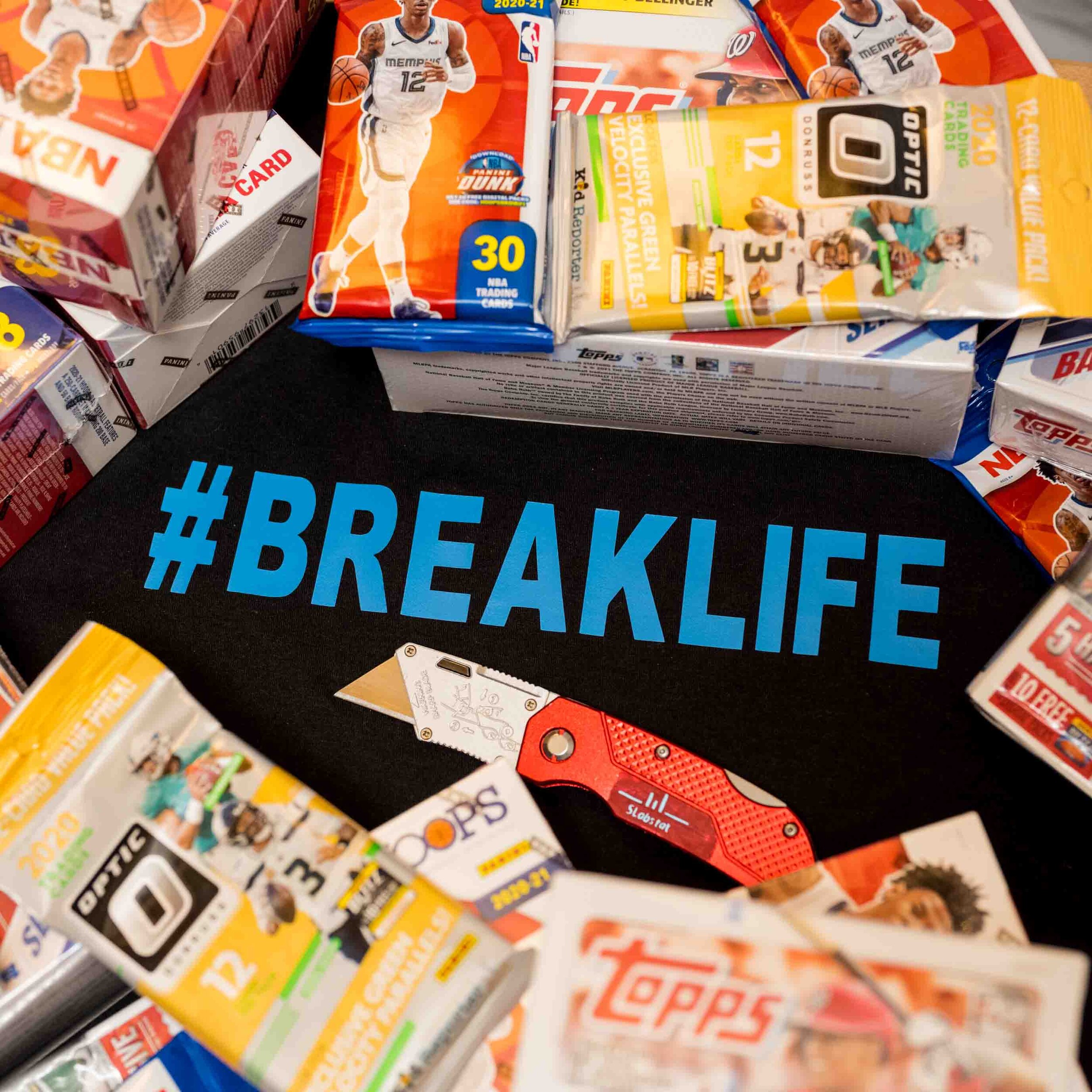
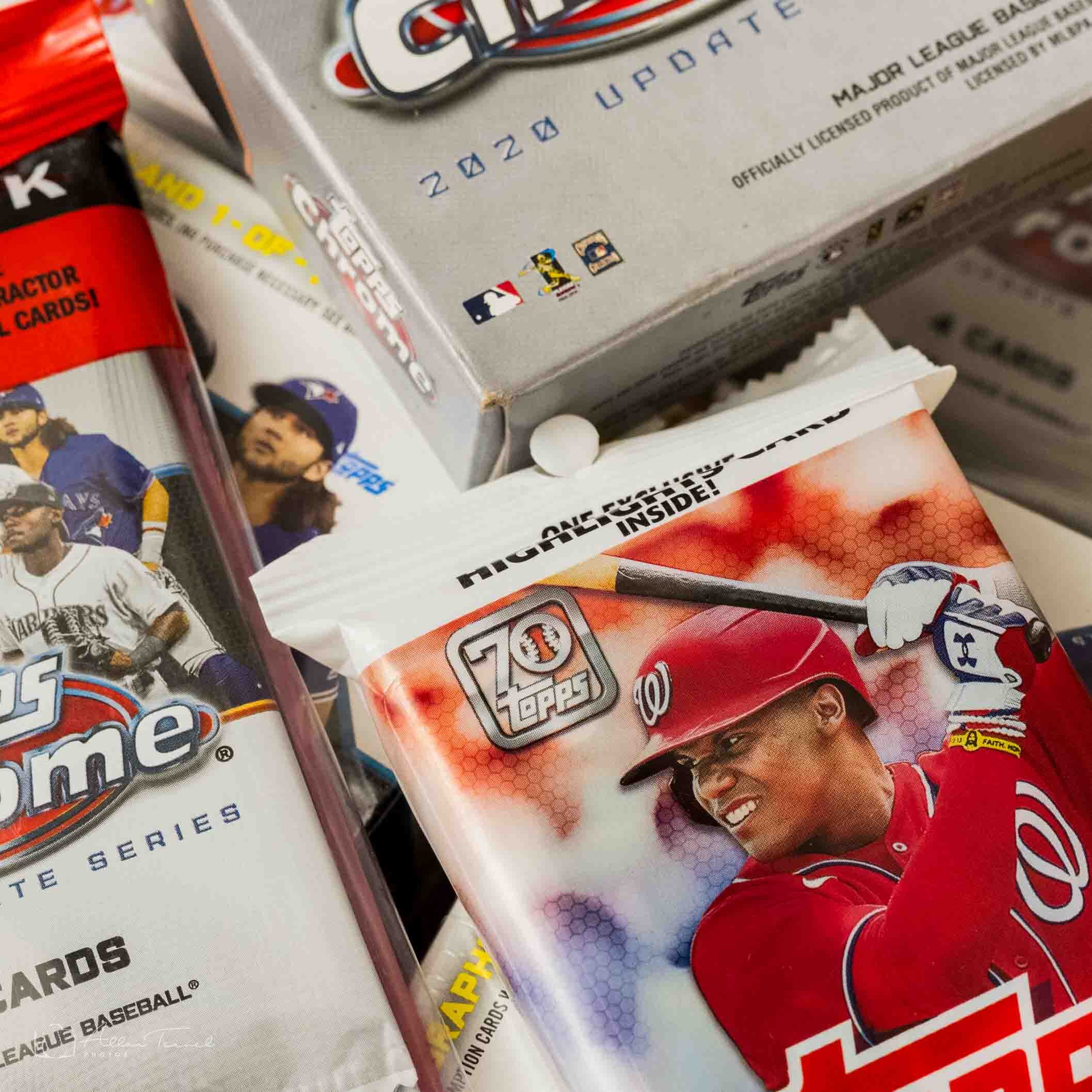
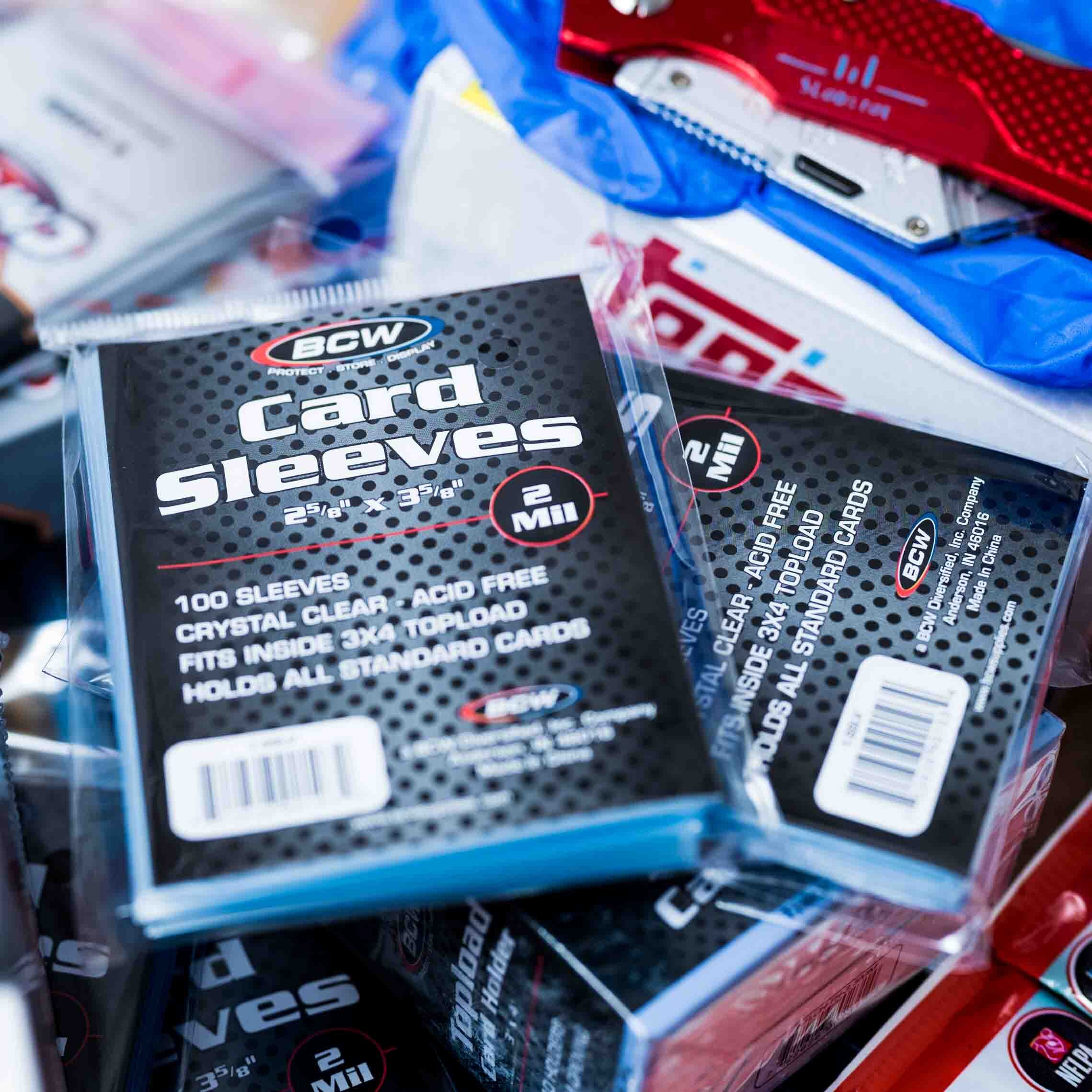
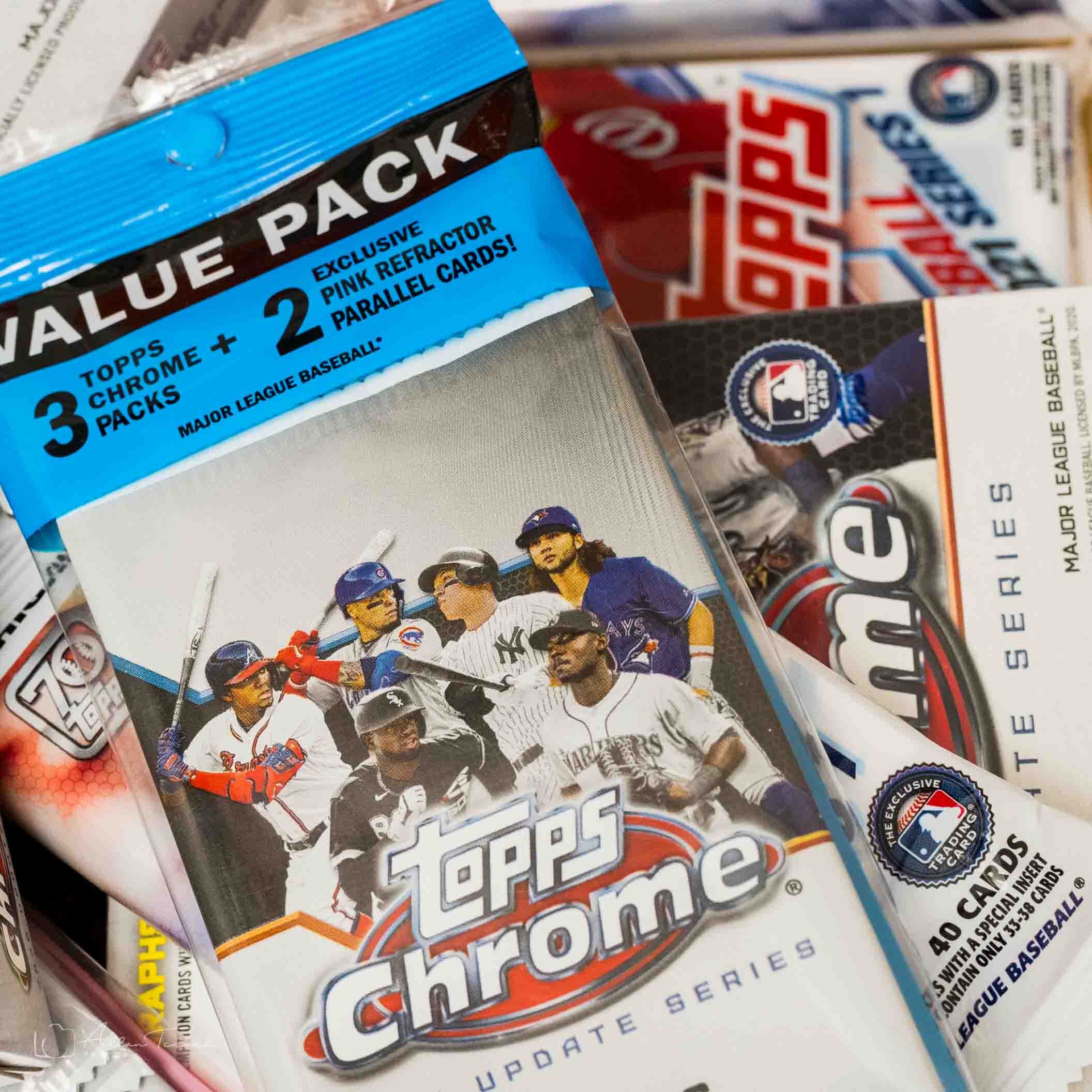
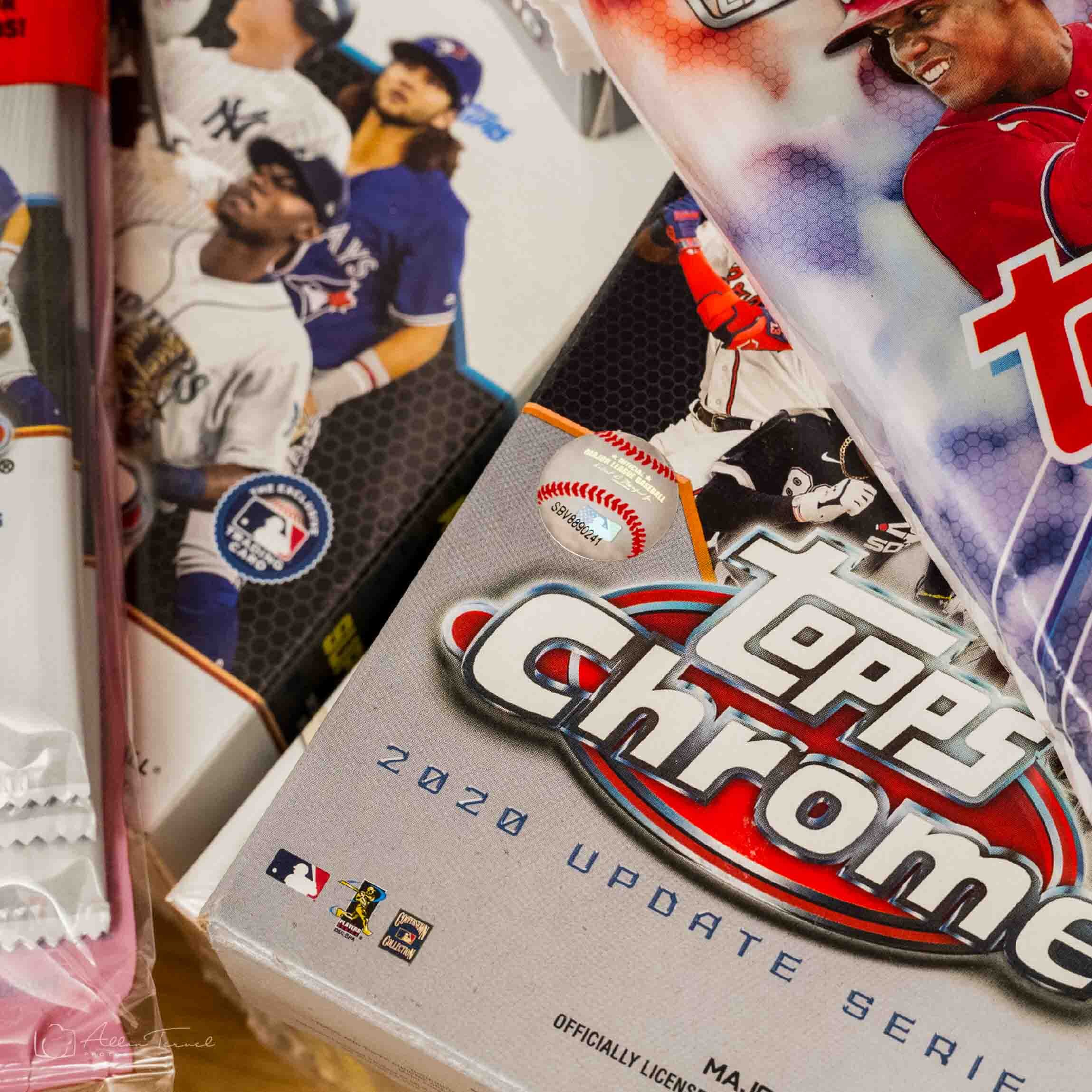
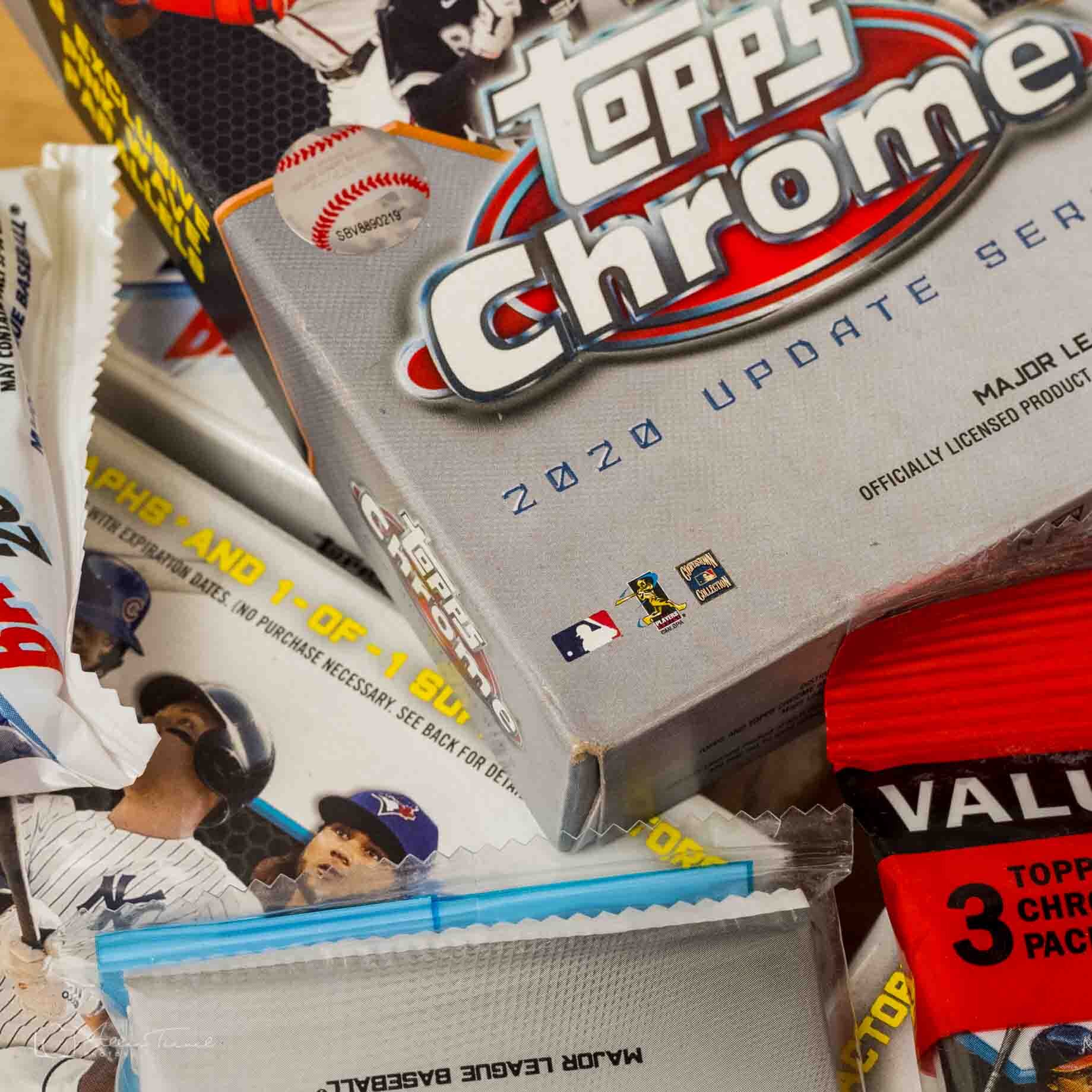
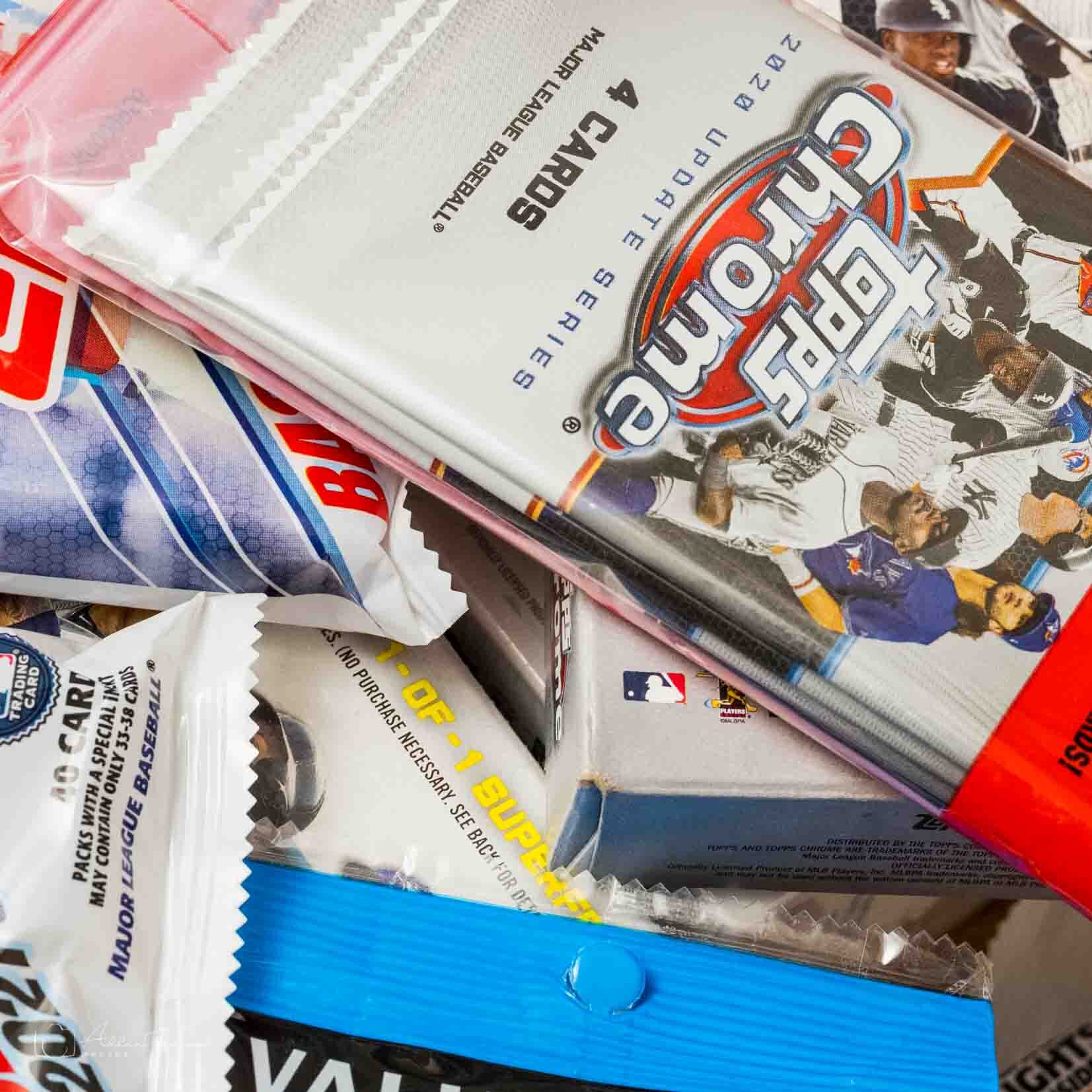
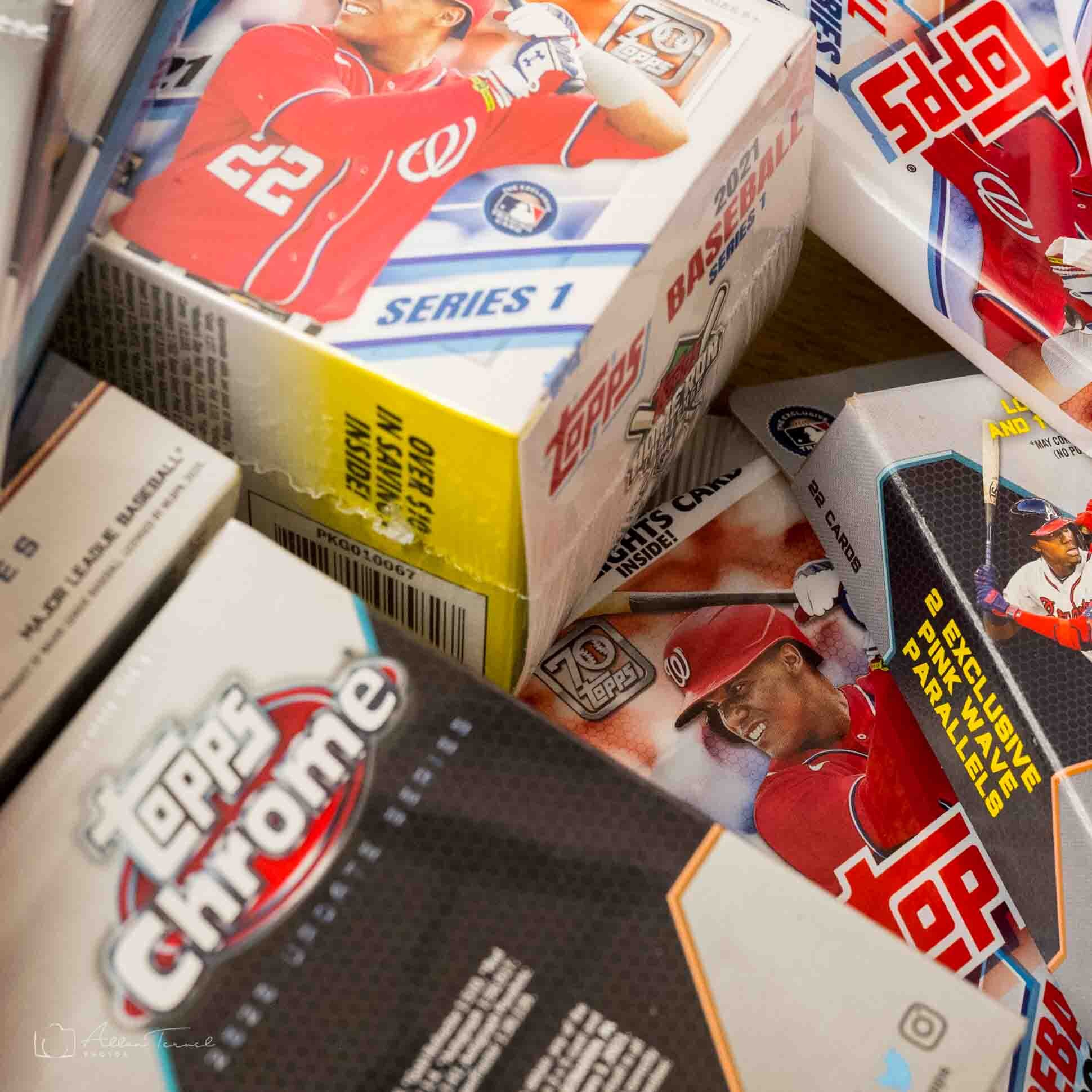
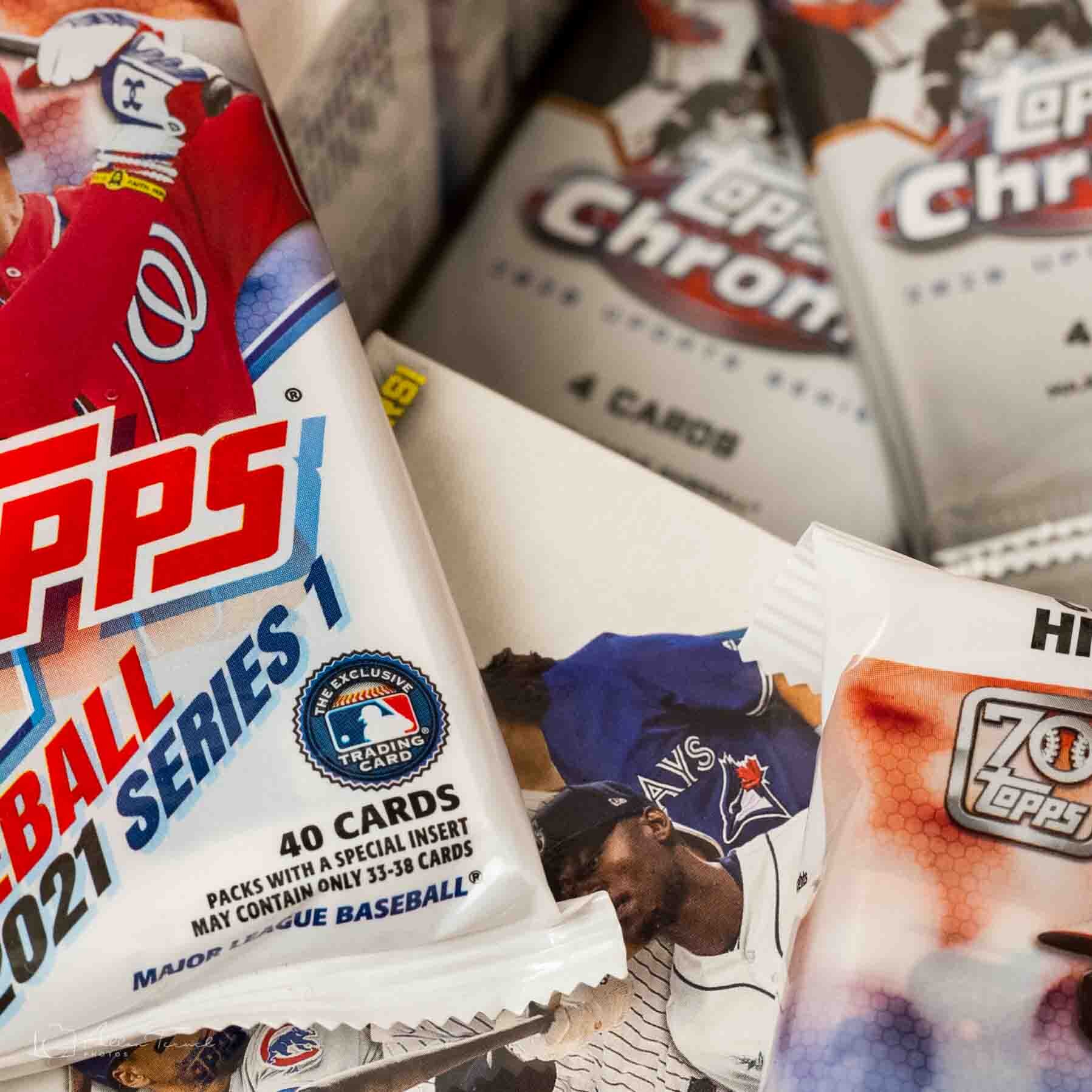
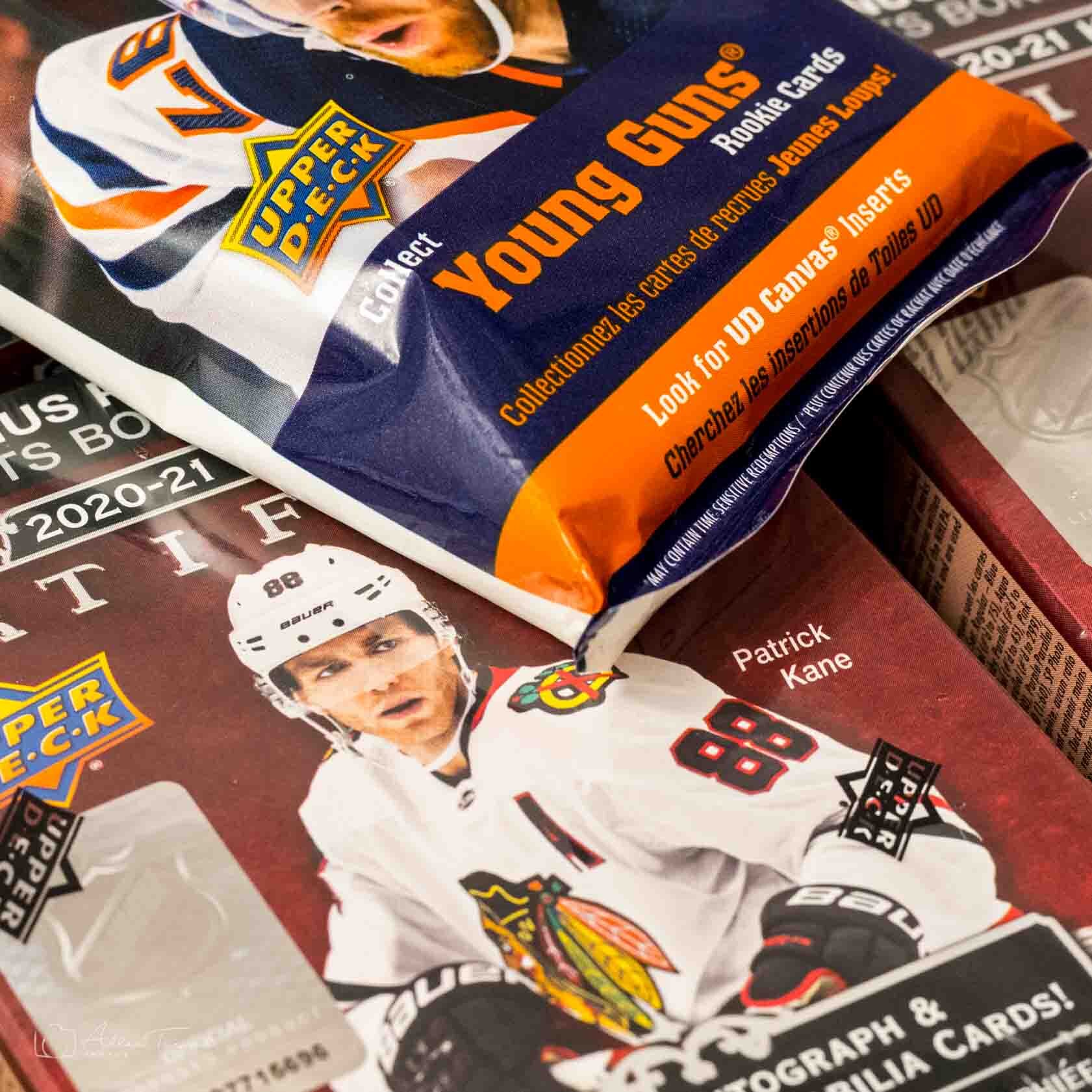
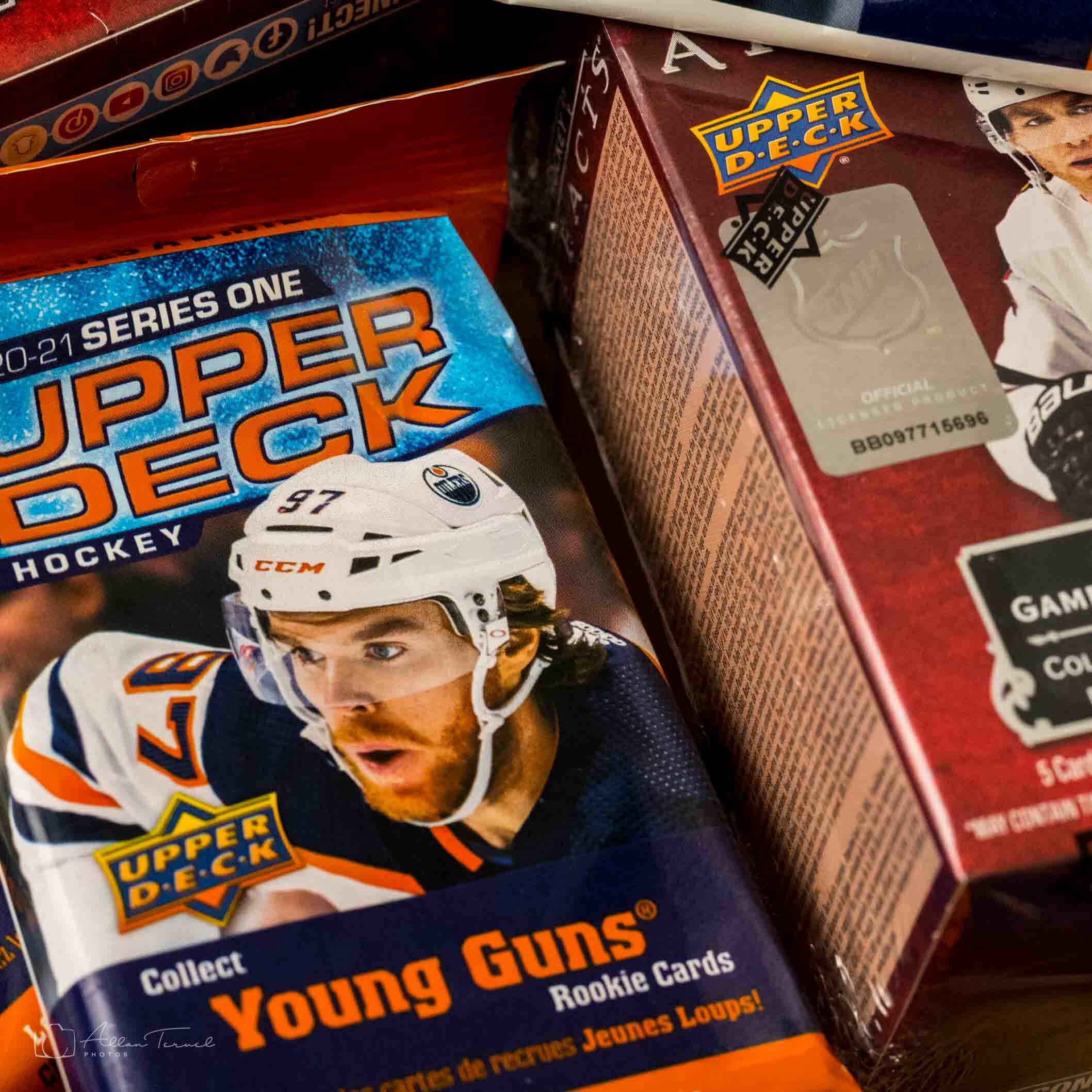
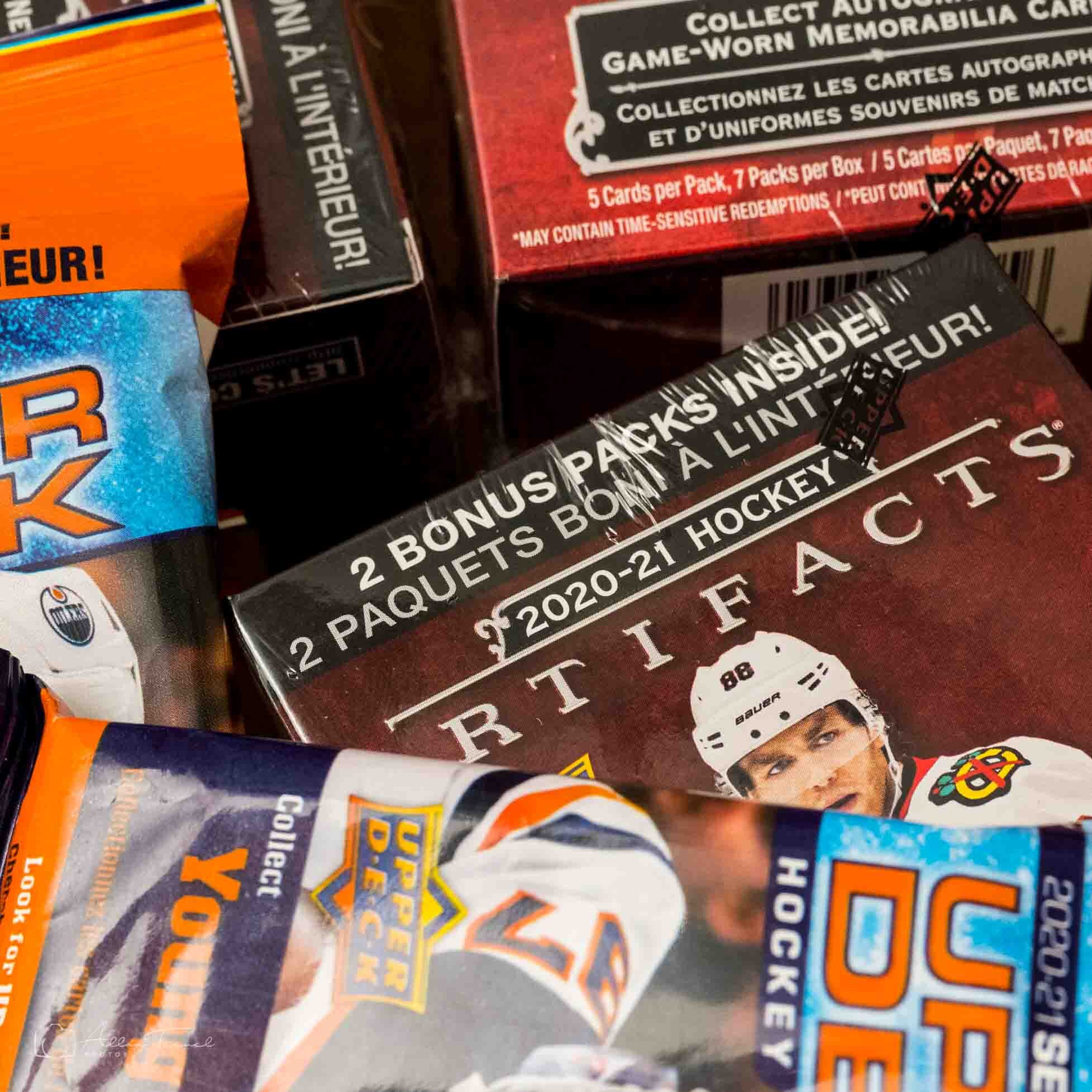
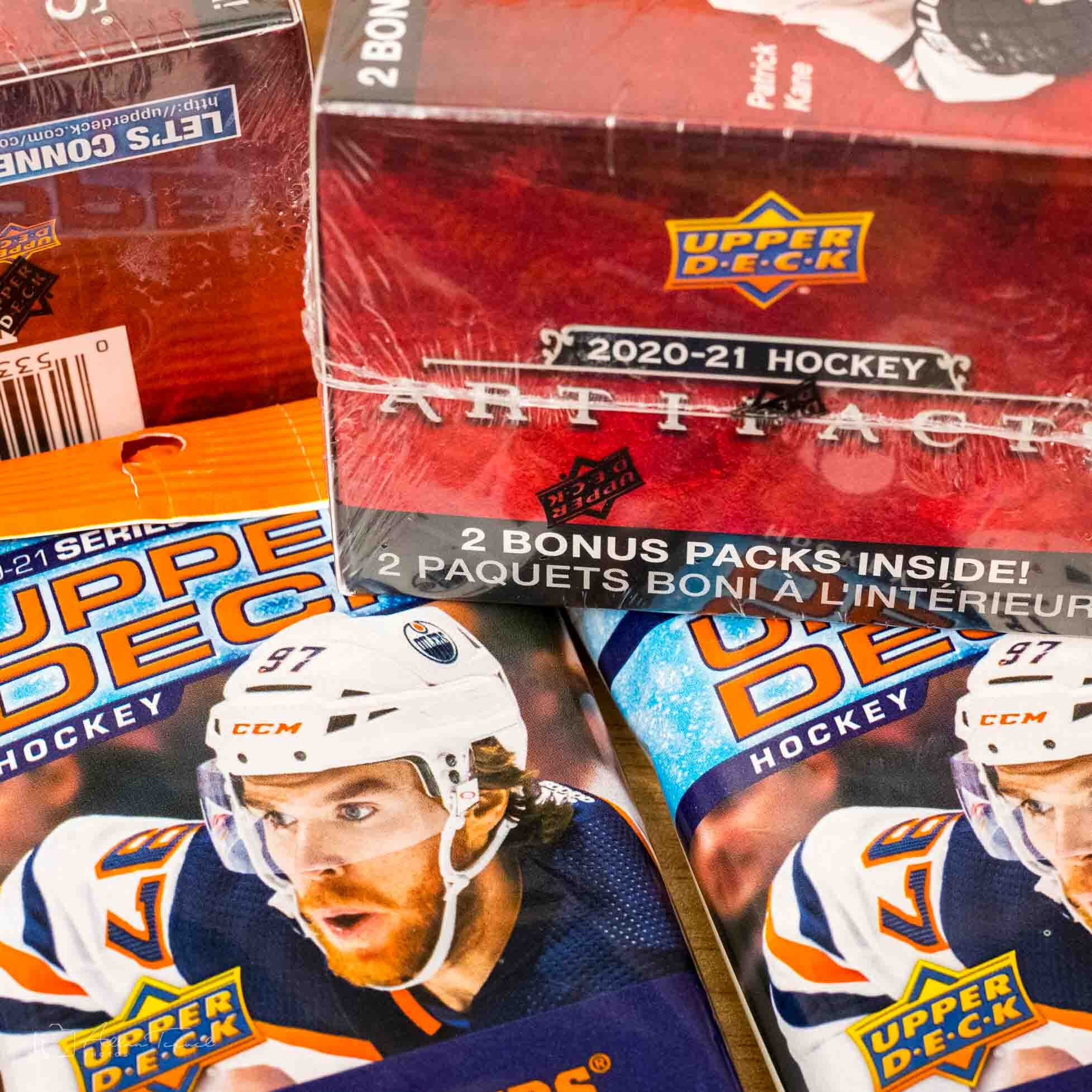

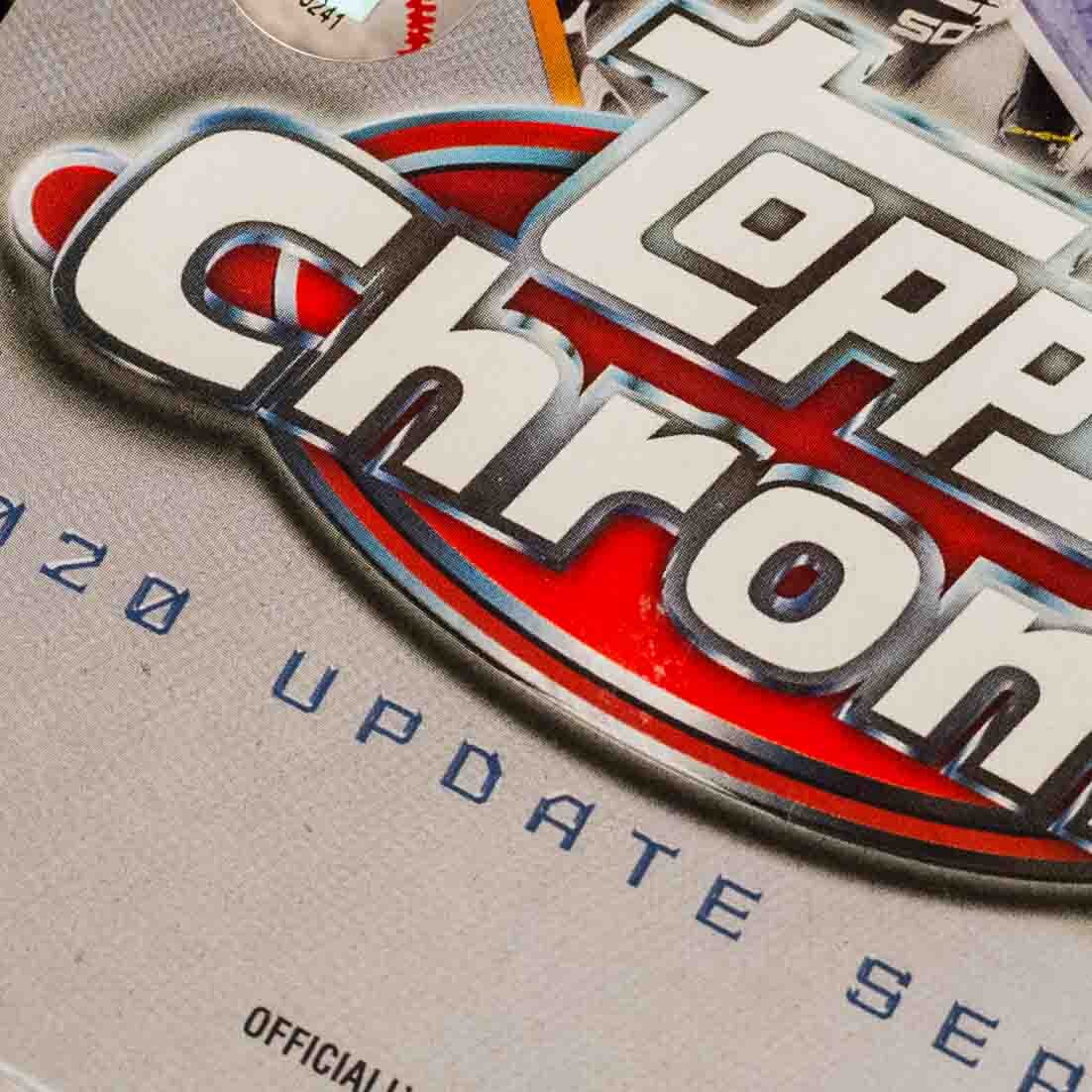
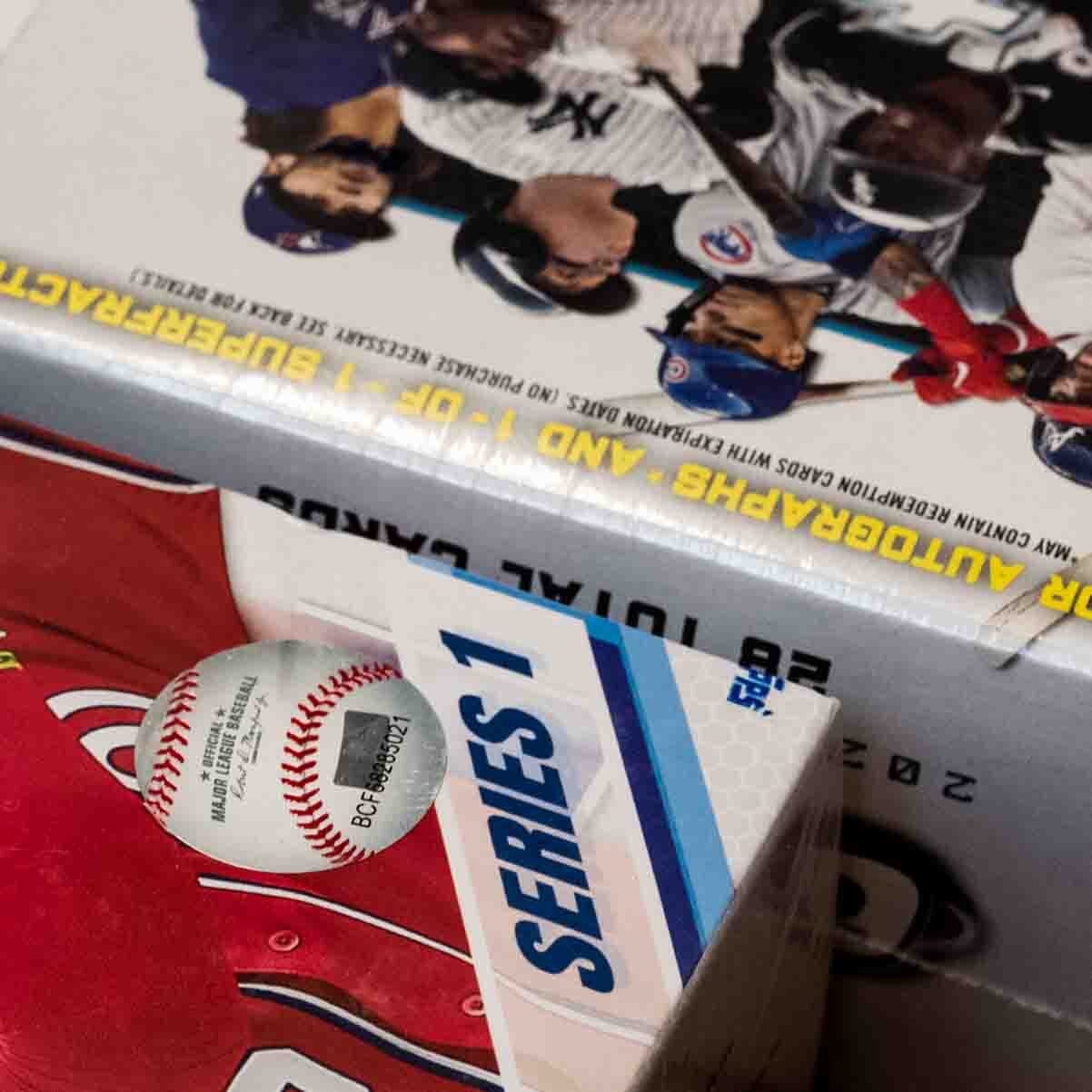
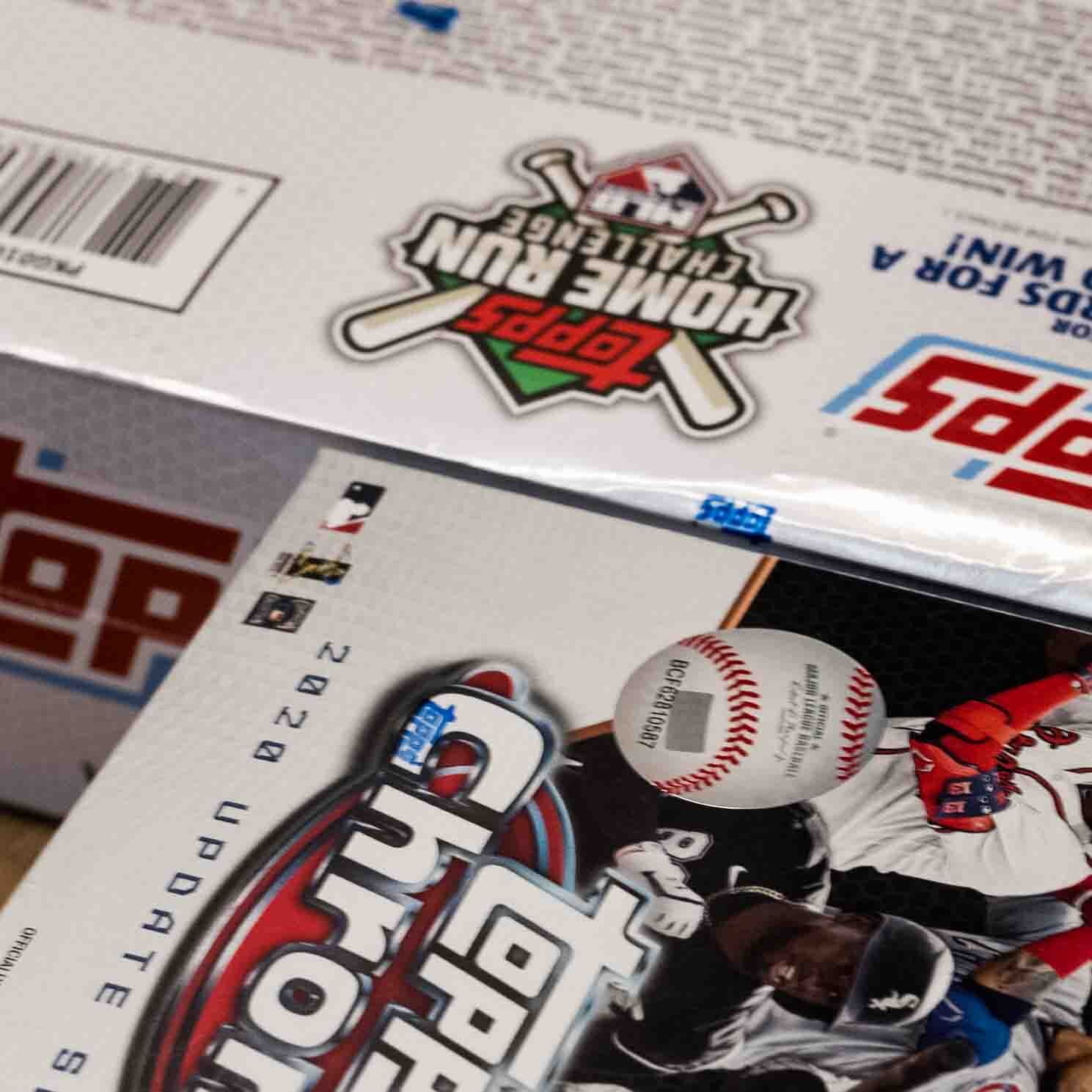
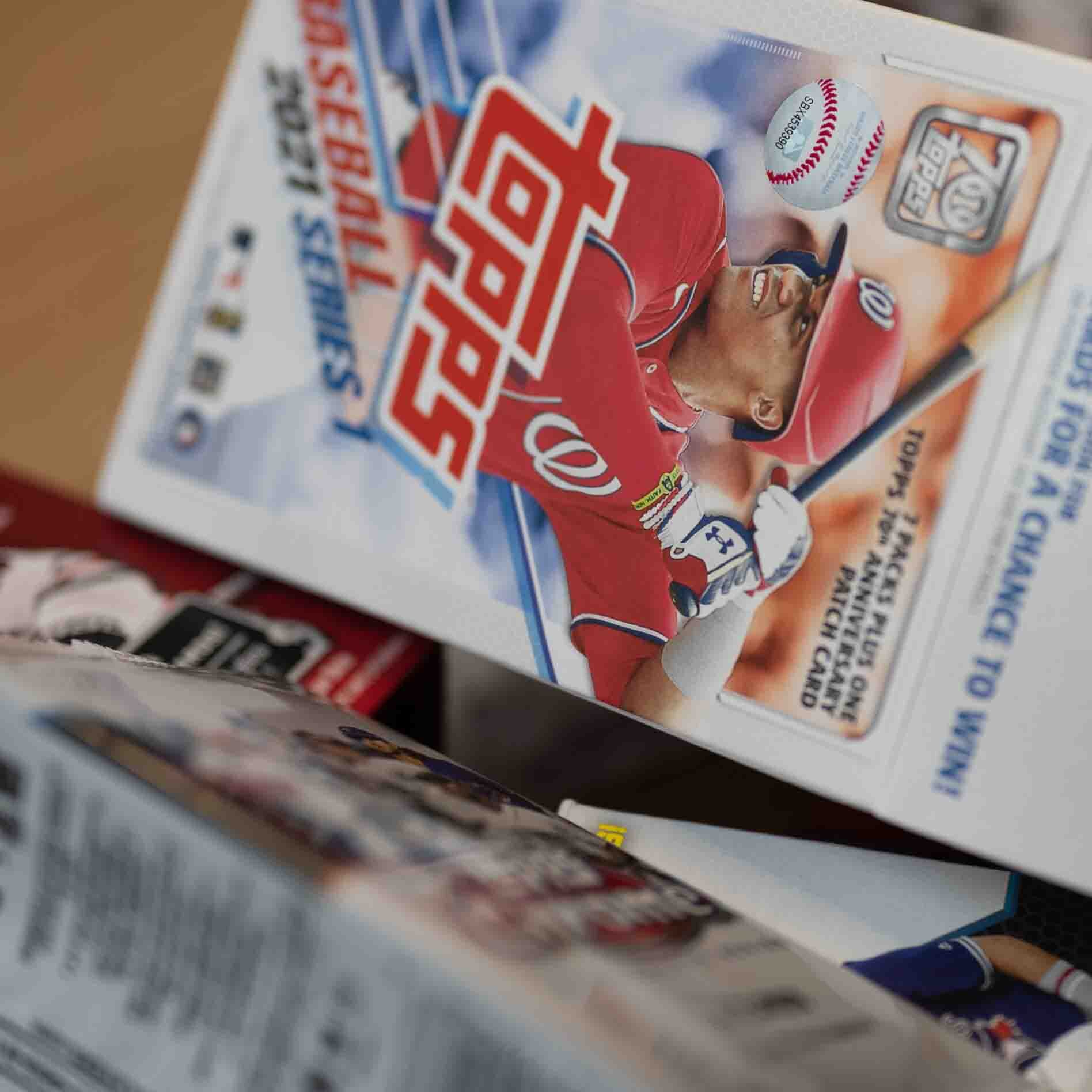
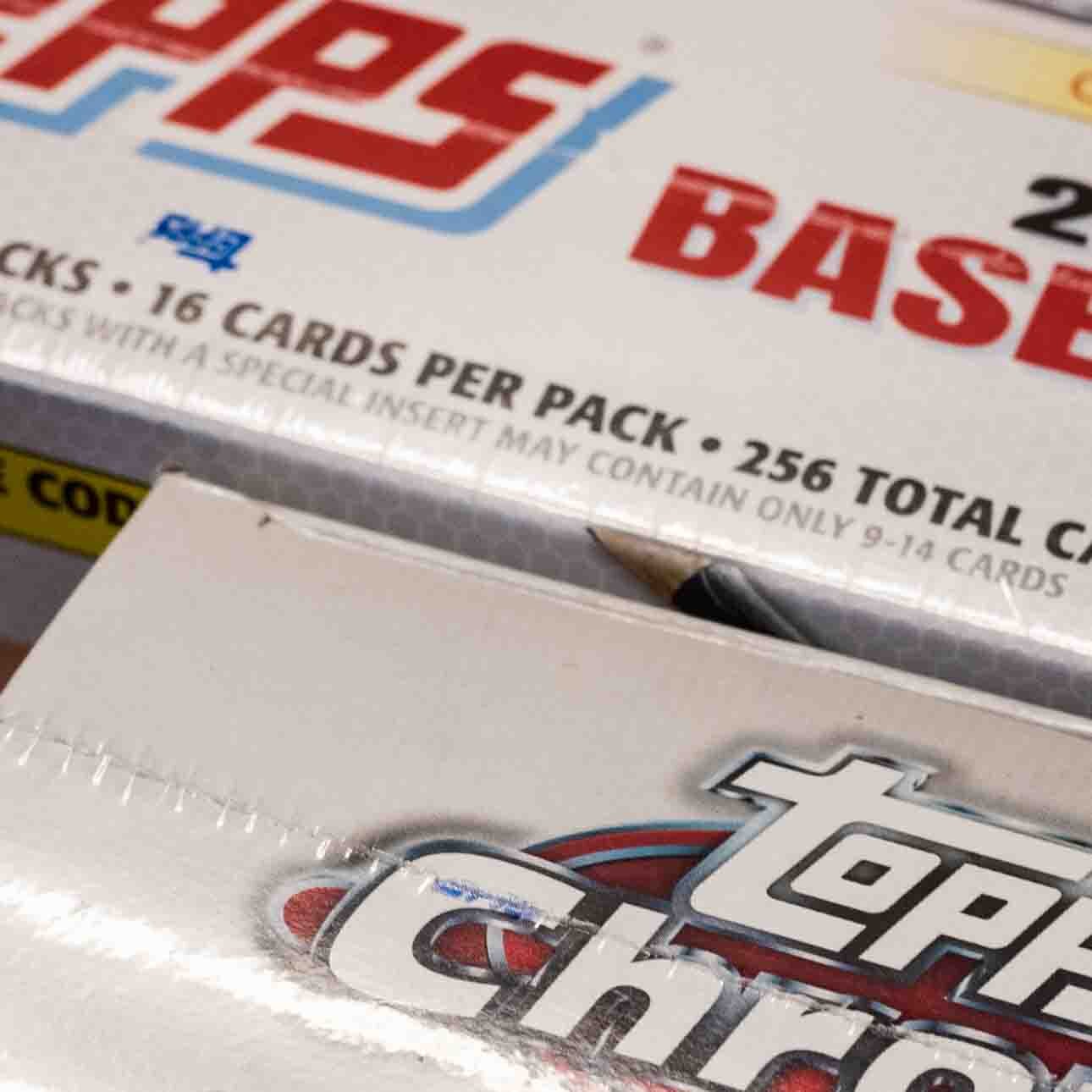
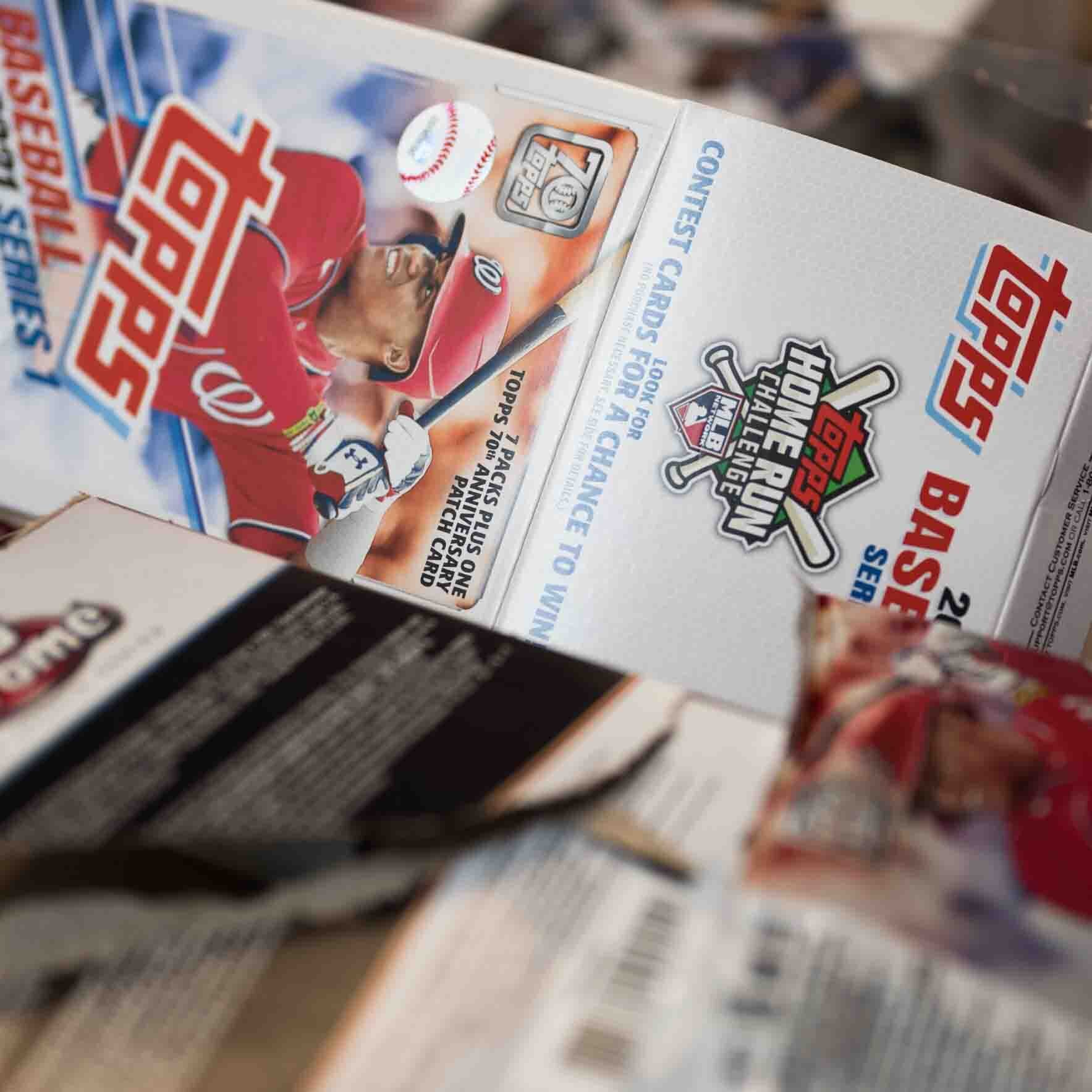
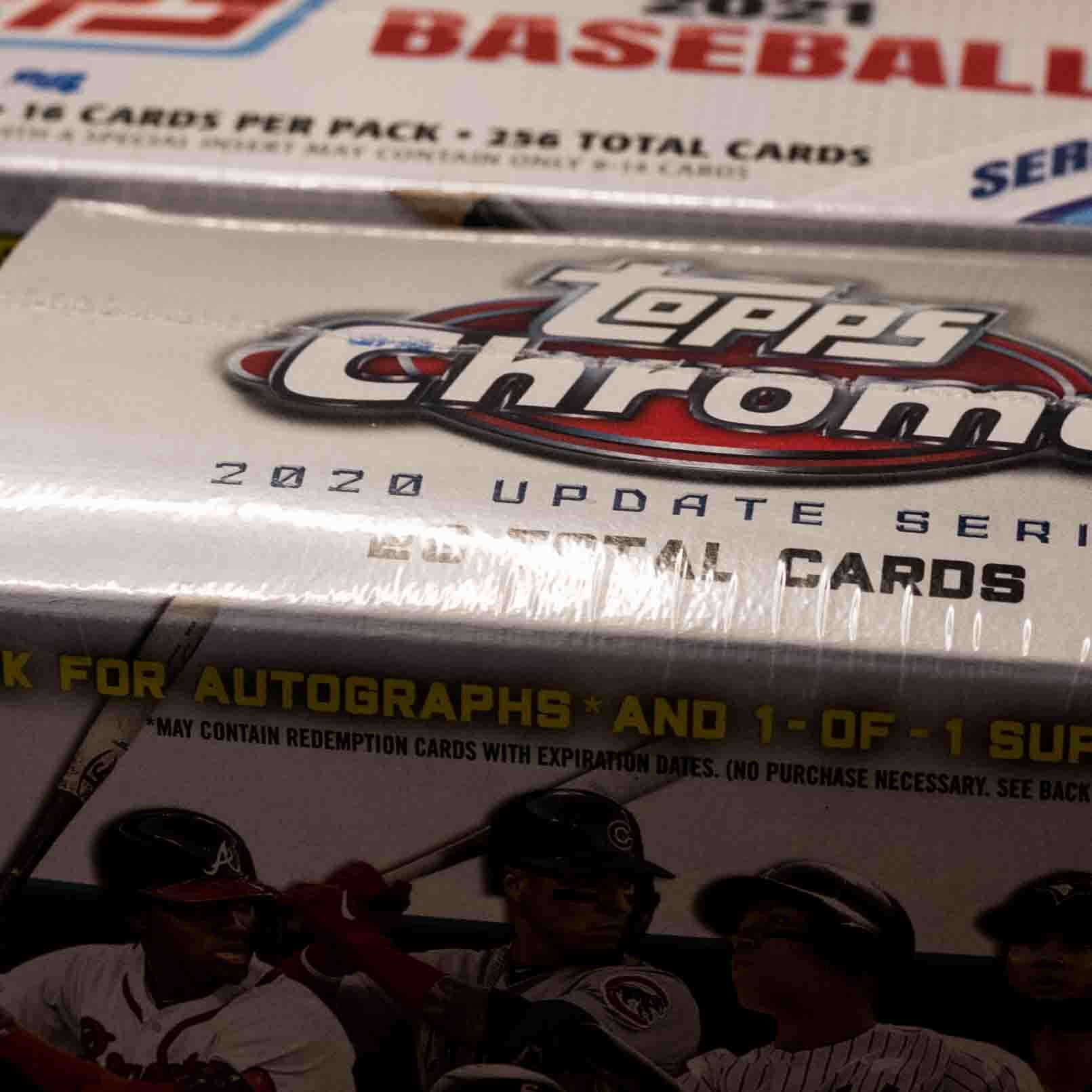
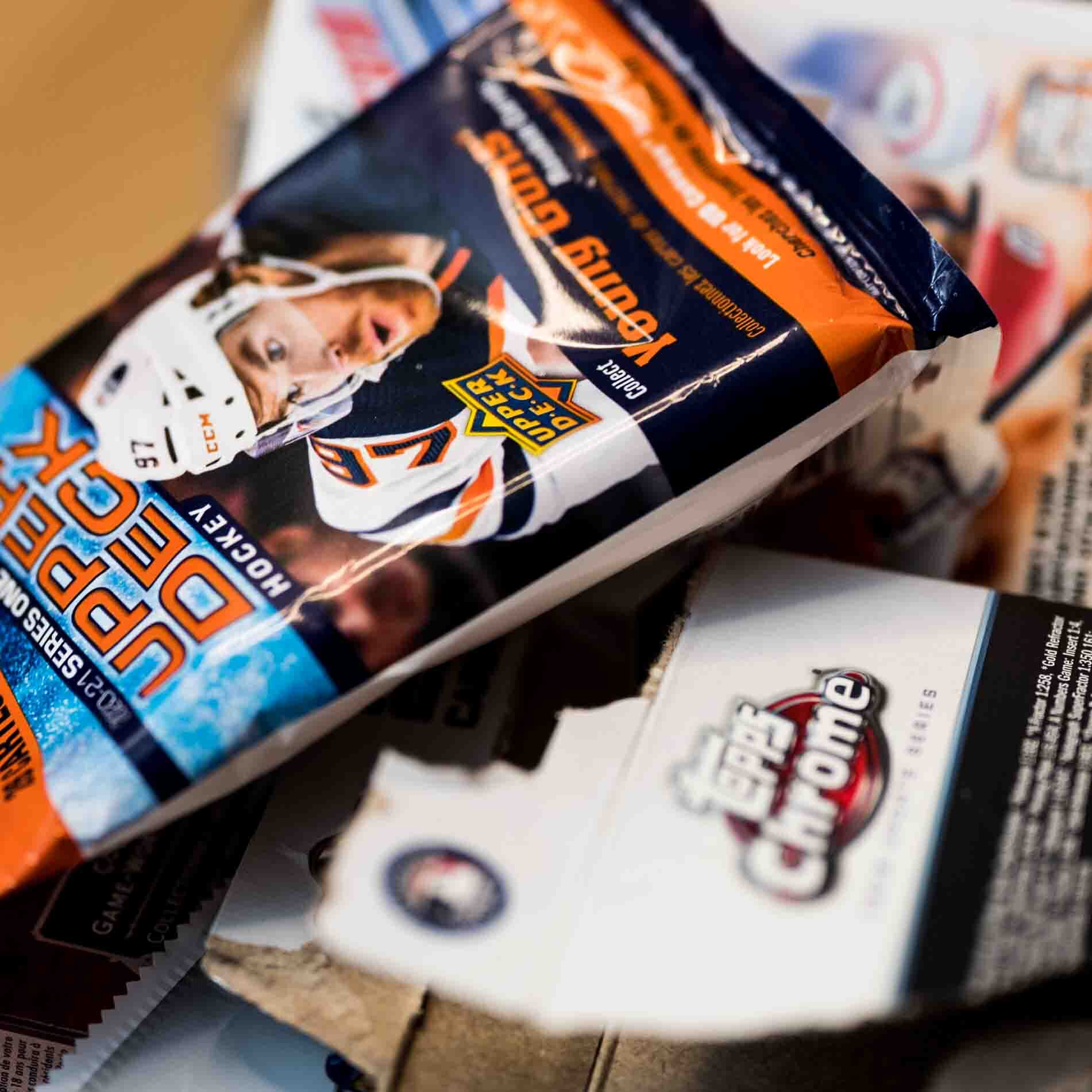

Breaker Culture: Earn Trust from your Break buyers with these 6 Tips
Jesse Haynes
Being a sports card breaker is one of the most fun jobs you could ever have.
As a breaker, you still experience the thrill of opening packs, and unlike the experience of opening a box for yourself, you are guaranteed to make money if you price your break correctly. Better yet, you get to share your love of the hobby with lots of other enthusiastic collectors, and it’s not uncommon for friends to come out of the process.
But there are TWO cardinal sins of breaking. Two ways to lose all your buyers and be out of the market.
We covered the first of these mistakes, damaging the cards, in an earlier post. Today, we’re talking about the second idea: you can’t lose your buyer’s trust.
The Breaker-Buyer Connection:
A lot of card-breaking is about building relationships. Most of your customers will NOT be participating in their first break—they’ll either be looking for better prices or a seller they connect with. If you can provide one of those two solutions (or both), then it’s very likely they become repeat customers.
To build a connection, you’re going to need trust.
If you’re reading this article, you’re an honest businessperson who cares about making a great impression on his buyers.
But people are naturally skeptical, so as a sports card breaker the key to earning the trust of your buyers is being as TRANSPARENT as possible with your business.
To ensure maximum trust and transparency, here are 6 practices for a transparent break.
Practice 1: Keep both hands on the screen.
Have you ever watched a TV action-drama and heard the phrase, “Keep both hands where I can see ‘em?”
The same applies to card breaking: having both of your hands on the screen at all times is a signal to your buyers that you’re not trying anything clever.
Consider this the trading card equivalent of shaking hands when you meet somebody. It’s a way to earn trust early on and send a message that you only have the best intentions for your clients.
While this practice might mean you need to adjust your setup a bit or set in an unusual position, it is worth it to earn the trust of your buyers.
And if you happen to be curious about why buyers are so skeptical, here’s a great demonstration: check out this video of a breaker who was caught swapping out a big card (and has since lost his entire business).
Additional tip: It’s worth noting that it might not be possible to keep your hands on-screen at all times, (perhaps you have to sleeve a monster pull!), but the next-best-thing is keeping all cards on-screen the entire time, from the sealed box, to the sealed pack until they are opened. This leaves no doubts about the cards.
Keep those hands on the screen and don’t give your buyers any reason to doubt your integrity.
2) Use two cameras to cover more angles.
While this is a bit more of a technical leap than the first time, the points work well together.
Some of the best breakers use a point-of-view camera that looks at the cards head-on and a second camera that overlooks the setup. This is a bit more work, but the extra effort is all about sending comfort to your buyers.
The second camera is basically only there to function as “security,” but for your viewers. It’s a sign of your transparency, offering a better look at you and the cards throughout the break.
Here’s a video from Layton Sports Cards that shows a great example of a second camera.
3) Show an empty box
Regardless if you’re opening a Mega box of 2020 Panini Prizm NFL Football or a high-end box with a single pack, you should always show the box is empty.
Quite often you’ll hear breakers repeating the same line: “And there’s the empty box.”
This isn’t an accident. It’s their way of showing you and the buyers that they are delivering everything to the customer and not holding anything back.
Show the empty Topps Chrome box before you throw it in the garbage.
4) Communicate well with your viewers
“Communication is key in any relationship.” While that might seem cliché at this point, it applies to more than romance: it applies to sports card breaking as well!
When you’re breaking, you’ll typically have questions and comments from your buyers coming in through the chat feature. Don’t ignore them. Always do your best to communicate back with customers in real-time.
More often than not, you’ll get the person who asks something like, “Sorry I’m late to the break. Any nice Vikings cards?”
Answer when you see the message. Having great communication between the breaker and buyer really boosts the client’s confidence in you.
Of course, use sound judgement and keep the break moving forward in respect for everybody’s time, but it never hurts to say, “No major Viking pulls yet,” or possible, “A really nice Dalvin Cook auto. I’ll show you in the recap at the end.”
Viewers might have specific questions as well: how many hits per box? Is that the case hit? Can I take a picture of that card? Do your best to answer questions and honor those requests while moving along with the break in a timely fashion.
For an example of this approach being used really well, check out this video from The Iron Lion Breakers.
5) Gather reviews and feedback
Let’s say you’re buying a coffee pot on Amazon. They both have 4.5 star average reviews. The first pot has 6 reviews, the second option has 5,000. Which one are you going to buy?
If you’re like most consumers, you’ll probably be buying the option with the most reviews.
The same can be said here: always encourage your customers to leave reviews. Whether that comes in the form of an eBay review or something that can be posted on your website as a customer testimonial depends on your platform, but the more reviews are better on any platform.
While it’s an extra cost, it’s never a bad idea to get a business card to include with all the shipping orders. On it, ask customers for a review and point them to your page. Happy customers will often take a couple minutes to leave a review.
Also, especially early on, welcome all the feedback you can get. Getting critiqued might not ever be fun, but it will help you improve as a breaker and show buyers that you want to be professional.
6) Be professional
Finally, being as professional as possible will earn respect from the buyers. Don’t break cards at your kitchen table with a mustard-stain on your shirt. Instead, break cards with an aesthetically pleasing, well-lit background to make the viewing experience as pleasant as possible.
Want to go the extra mile? If you have your own website, put the effort into it to make it look professional as possible, even if that comes at a cost.
And the best practice: create your own logo for your breaks. That can cost as little as $5 on fiverr.com, and the investment will pay itself off tenfold if a proper logo signals professionalism, and trust, to your clients.
Breaker Culture: 3 Tips on how to protect and ship cards
Jesse Haynes
As a sports card breaker, there are two cardinal sins—two ways to quickly lose all your customers: damaging the cards or doing shady business.
In this post, we’re going to look at the first of these rules, damaging the cards, and answer a big question, “What is best-practice for keeping cards safe during and after a sports card break?”
There are three easy steps to take: wear gloves, package and ship with care, and identify any visible flaws during the break.
BUT FIRST, WHY DOES CARD CONDITION MATTER?
To be fair, if you don’t understand why the condition of a card matters, you should not be breaking sports trading cards. That said, as a breaker, this matters in more ways than simply boosting the value of the card by securing a high third-party grade.
For card breakers, the condition of the cards you deliver to your customers is directly tied to your reputation.
We tell children to treat the toys of others better than they treat their own toys. The same thing applies here.
And a damaged card can really sting, even if it’s not your fault.
If you’ve opened cards enough, chances are you’ve been opening a box for yourself, hit a big card, and… then saw that the corner was dinged. Or, perhaps, it had a divot or thumbnail indention on the surface.
Nothing will take the wind out of your sails faster than noticing a flaw on your nice pull that will immediately drop it down to a PSA 8 or so. That equates to a high percentage of its value gone down the drain because of a tiny mistake—quite possibly not even one for which you’re responsible.
That said, in order to mitigate the risks of damaging cards and facing the consequences, here are our 3 simple tips.
Tip 1: Wear Gloves to protect card surfaces
This is easy and inexpensive, but customers will greatly appreciate it.
Especially with holofoil cards, it is common to get fingerprints on the face of the card. If you’re wearing gloves, that won’t happen. Of course, a fingerprint does not condemn the value of the card, but it does call for the surface to be cleaned, and that process can be damaging if not done properly.
On top of that, wearing gloves helps prevent fingernails from damaging the cards (side note: always keep your nails cut short if you’re breaking). While a smudge or fingerprint is annoying, a divot is condemning to a third-party grade.
Wearing gloves also offers one more benefit—one that is less tangible but equally valuable. If you’re wearing gloves, you’re showing your customers that you care. It’s a “the thought that counts” sort of thing. If you take the time to put on gloves, you’re building a positive relationship and trust with your customer, which might be the most valuable benefit of all.
If you are looking to break in your free time, a box of disposable rubber gloves like these should do just fine. If you’re going to be breaking lots of cards on the daily, consider investing in a reusable pair.
Tip 2: Package your card breaks and Ship with Care
If you’ve gotten through the break without any mishaps that accidentally damaged the cards, congrats! That’s great.
But it’s also only half the battle.
Getting the cards unwrapped and unscathed is of course important, but your work isn’t done until the cards are packaged and delivered to customers in pristine condition.
For this, you’ll need supplies: penny sleeves, team bags, top loaders, bubble mailers, and optionally (but highly encouraged) cardboard, too. We go through a series of what the most important supplies a sports card box breaker needs, so check it out.
In a future post, we’ll get more in-depth on how to decide which cards to sleeve, which cards to top load, and which cards to ship in team bags, but for now, remember this: if in doubt, it’s always best to error on the side of caution. Protect cards more than you think you should if there’s any doubt.
With that in mind, let’s talk packaging.
Typically, most the base cards can be put together in a team bag, which will keep them secure. For rookies—any rookie—you need a penny sleeve at least.
The high-profile rookies, inserts, hits, parallels, and other high-value card should always be put in top loaders, and then put a piece of painter’s tape across the top to keep the card from slipping out in transit. With these cards, use common sense. If you think it might need to be put in a top loader, do it! This will use more supplies, but it also is a relationship-building tool and should be priced into the sports card break as overhead.
After the cards are assembled by team, it’s never a bad idea to put cardboard around the outside of the bundle—especially those that are the most valuable, to give it an extra layer of protection.
Of course, you’ll occasionally pull a BIG card. Hundreds or thousands of dollars. If this is the case, please contact the buyer and discuss shipping and insurance options. Your buyer will NOT mind spending $15 on insurance to get a $1,000 card.
Tip 3: Identify any visible flaws during the break.
This one is short and sweet, but also part of doing good, transparent business.
Occasionally—and particularly with thick cards—you’ll open a pack to find a corner dinged, the card bent, or some other flaw in the card.
Be on the lookout for these things as you break. If you discover a card that is damaged as you open it, be sure to document the damage in front of the camera and give the buyer a good look at it.
This will do two things.
For one, the buyer will know it is not your fault. Additionally, you have video evidence recorded, so you can provide the video to the buyer, who can contact Panini or Topps and (usually) get the mistake resolved.
It’s better to address any potential issue on-camera than to ship it away, only for the buyer to later discover the flaw and sound the alarm.
Additionally, if you notice a flaw on a (higher-end) card during the packaging that you missed during the video break, it’s a good idea to reach out to the buyer and make them aware. Communication is key.
(UN)WRAPPING IT UP: CONCLUSION WITH BEST PRACTICES FOR SPORTS CARD BREAKERS
Following these three, simple best-practices for breakers will dramatically reduce the chance of any issues coming up with unhappy buyers from the break.
The cards are your business, so they need to be protected at all cost.
If you consistently deliver your sports cards in great condition, that will result to happy buyers, and in the long run, more customers and sells.
We need some help!
Hello to the SLabstat community!
Thanks for joining us on our journey to create the next-generation in collectible’s software. You’ve already joined our waiting list and we’re almost ready to start beta’ing our software to you. Before we can do that, we need your help in growing SLabstat. Here are a few things that are really easy to help us grow:
Sign up & SHARE our waiting list link to your friends & family. Click here for the link.
Follow us on Twitter @slabstat
Follow us on Instagram @slabstat
We’re looking for industry vendors, card shops, online retailers and anybody in the card industry. We need to demo our software to them and get initial feedback. Please click here to sign up (industry-only please)
We have been demo’ing our software to very early early early adopters for card collectors and investors like you. Some of our feature are working, but some are still in the planning stages (think storyboard and wireframes). We’re looking for card collectors and investors that would like to review these early concepts on a Zoom call with us. Please click here and sign up if you are willing to help.
Thanks for spreading the word, and thanks for being apart of the SLabstat journey!
-Allan & The SLabstat team





